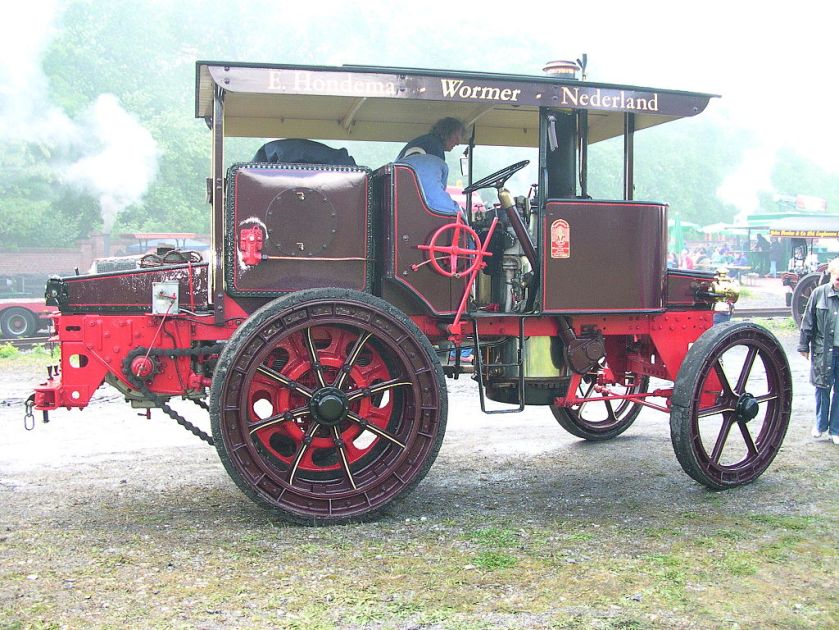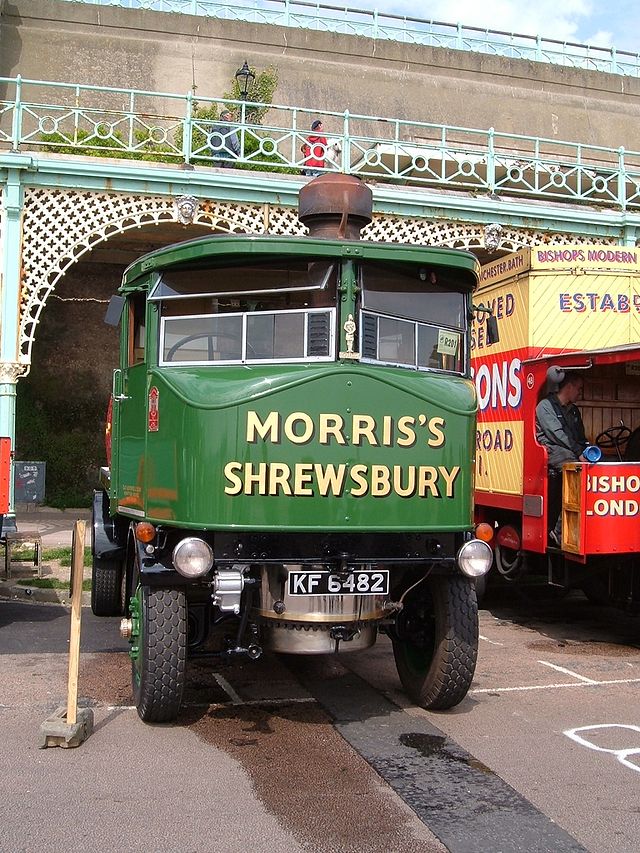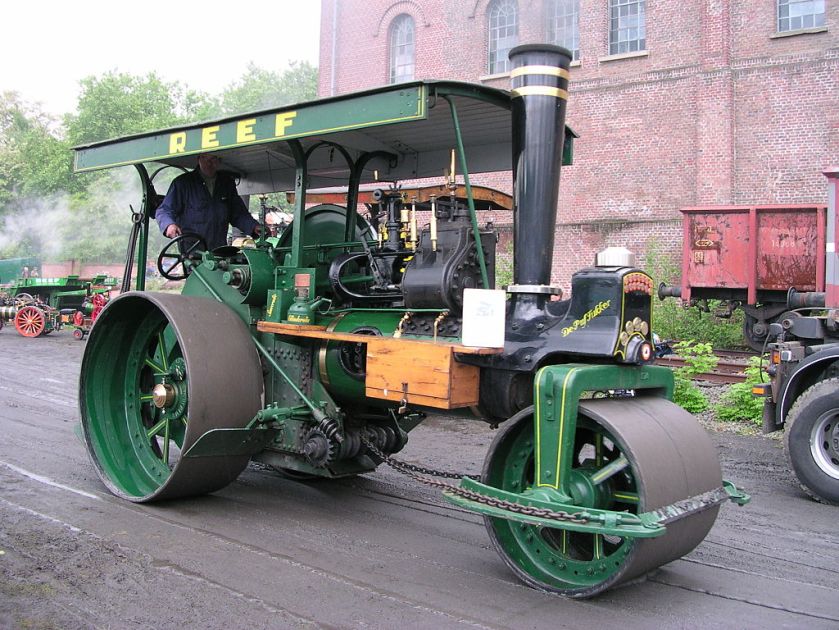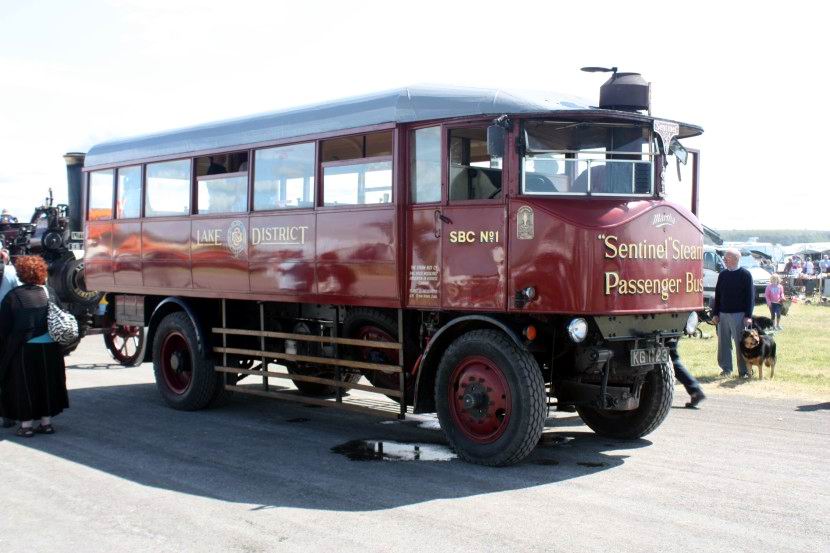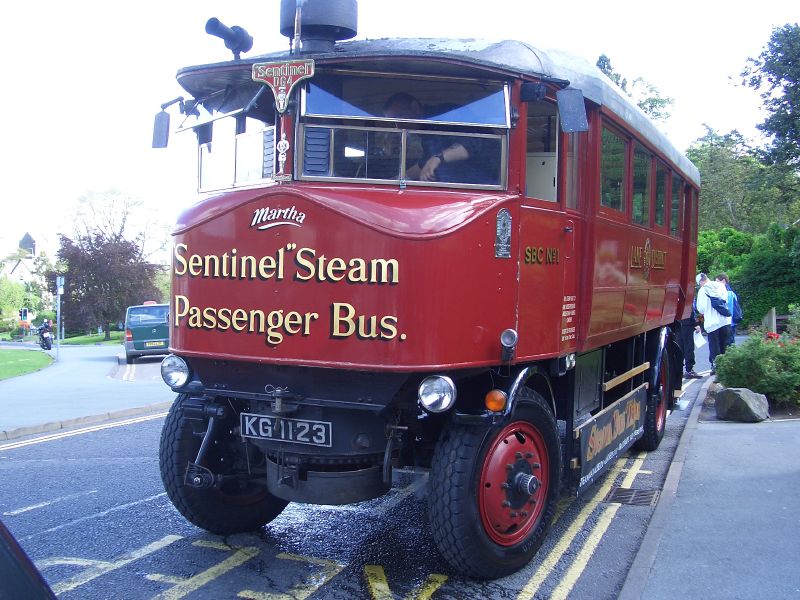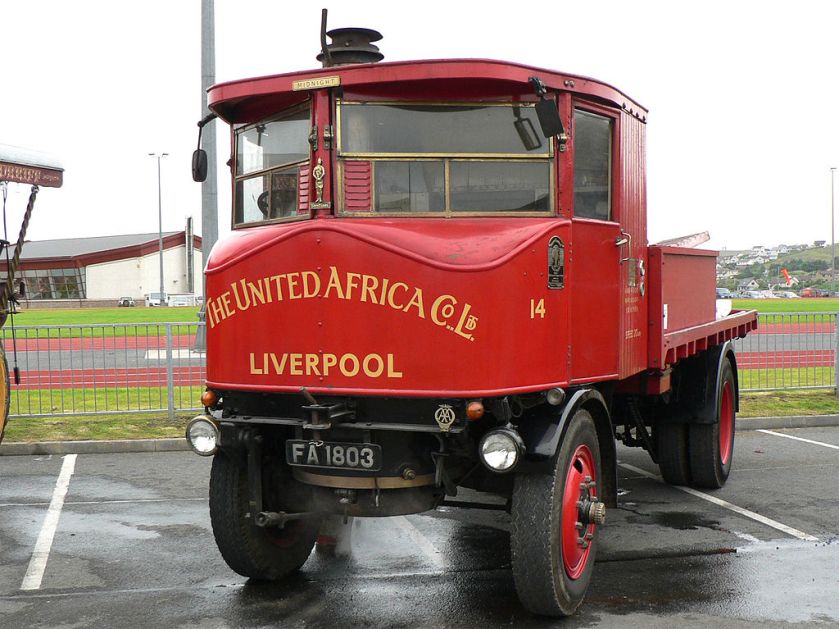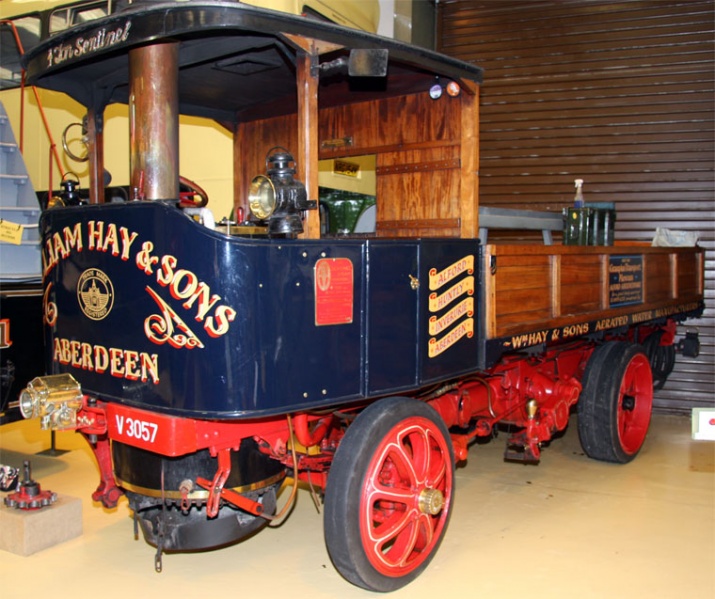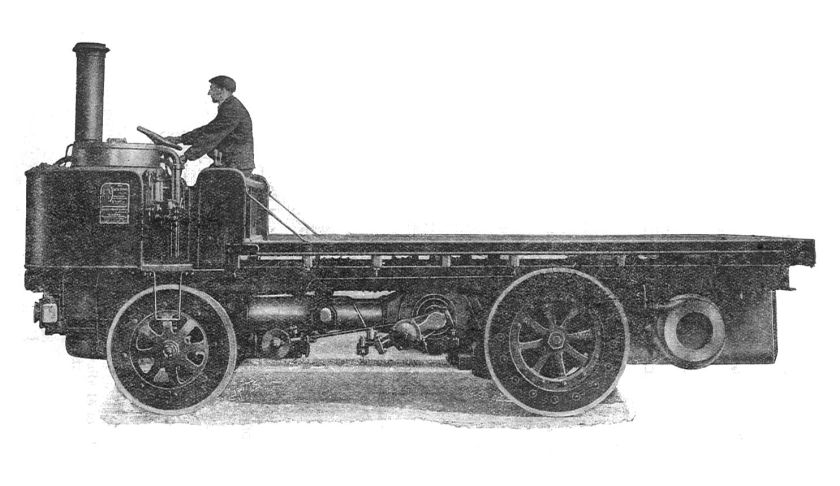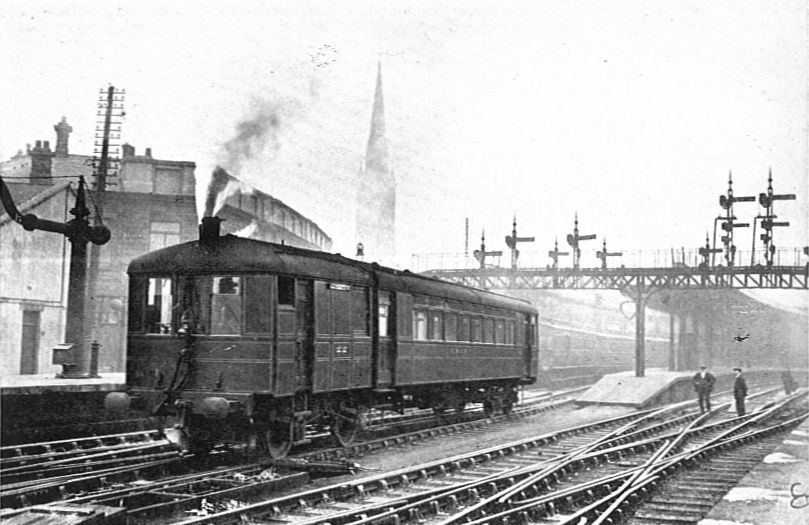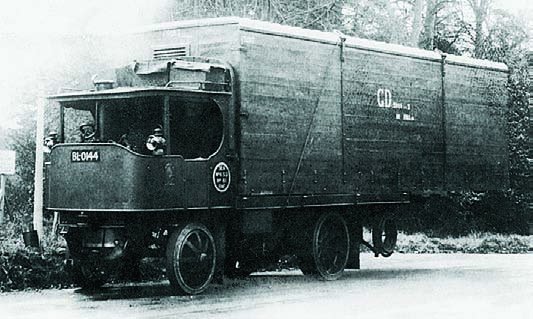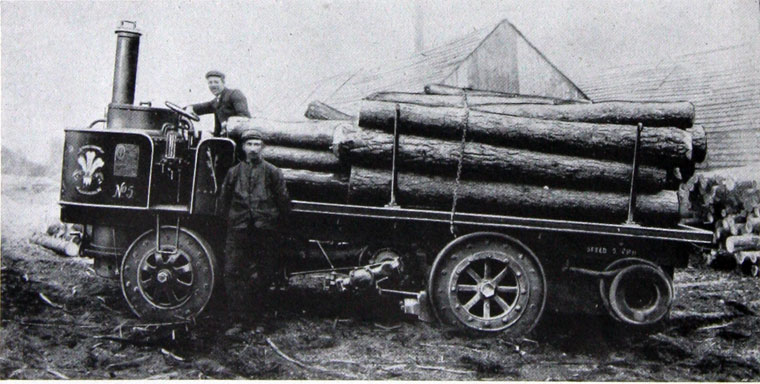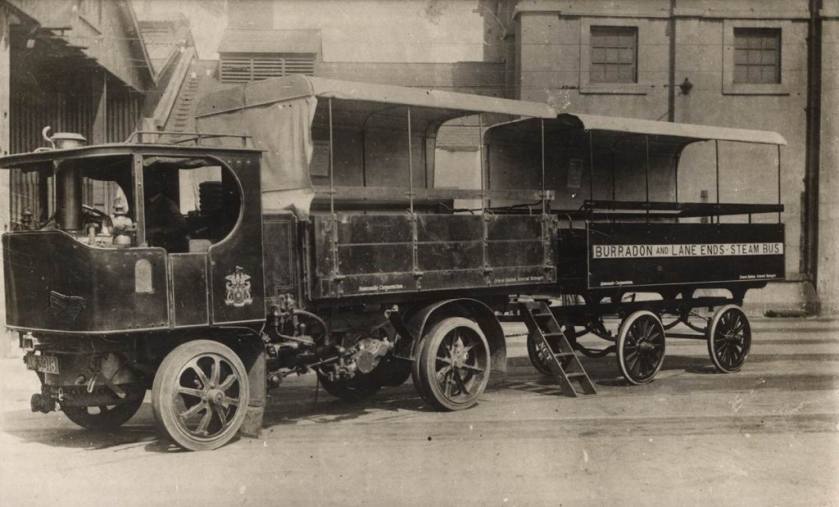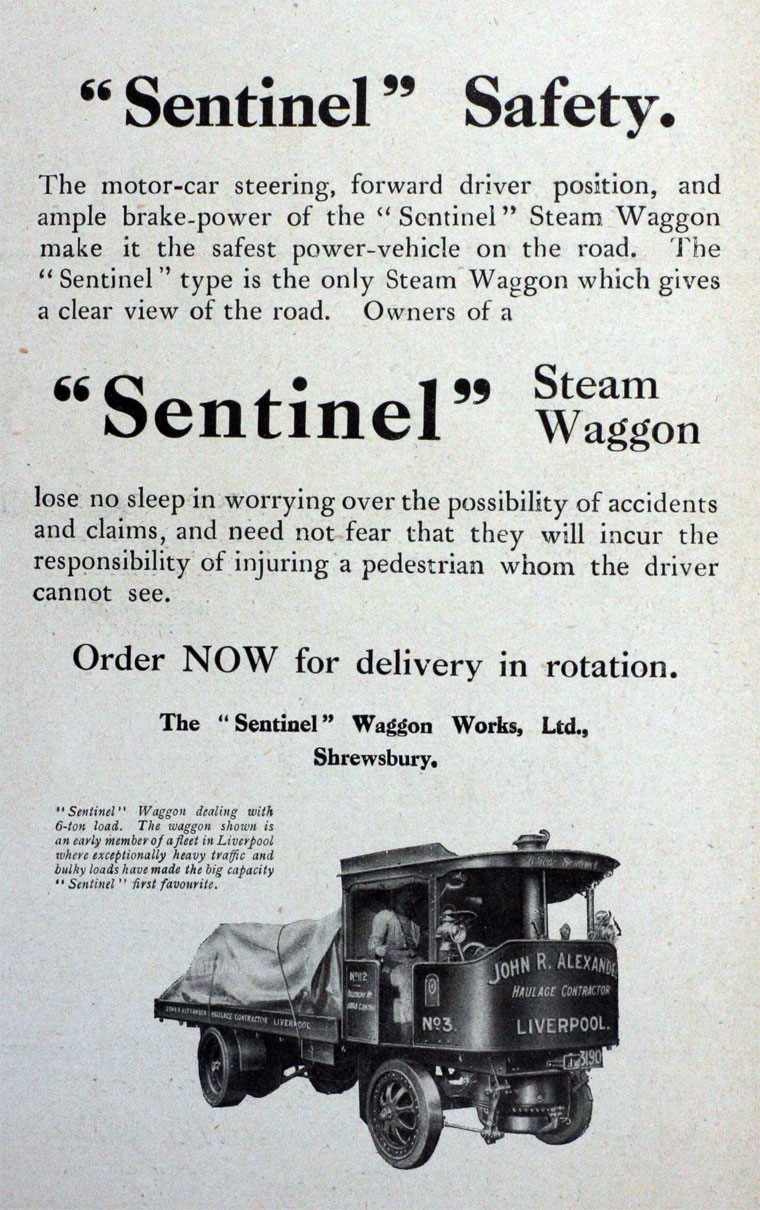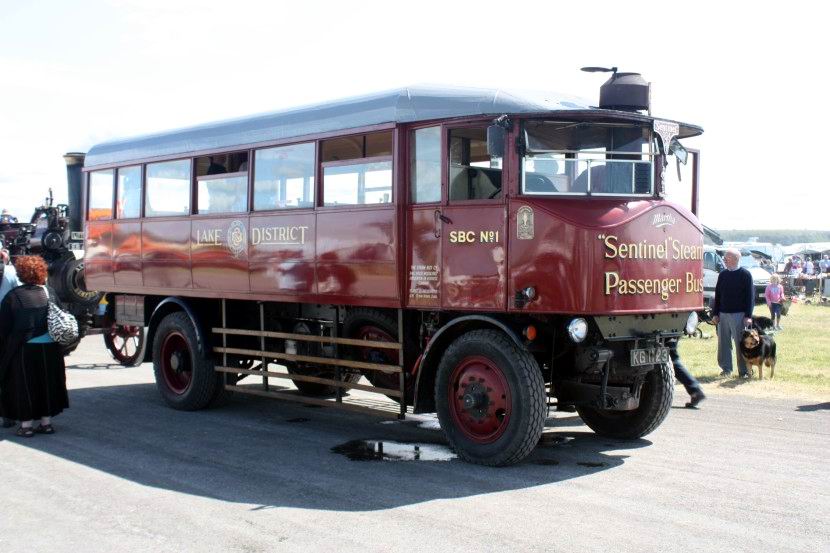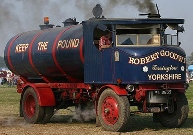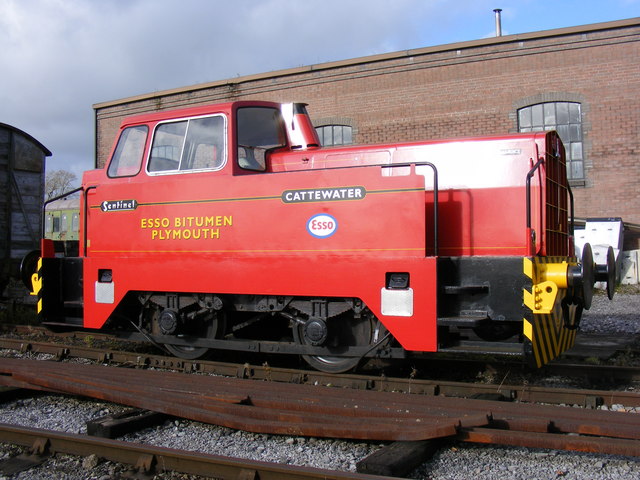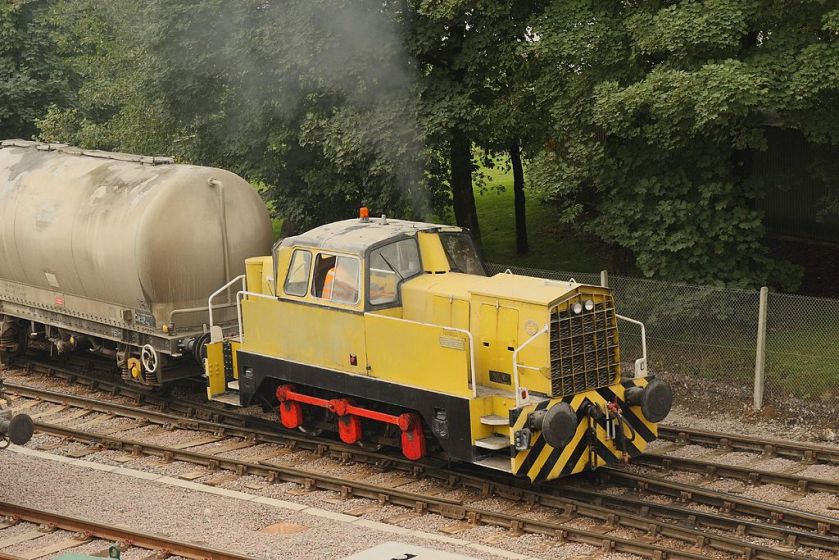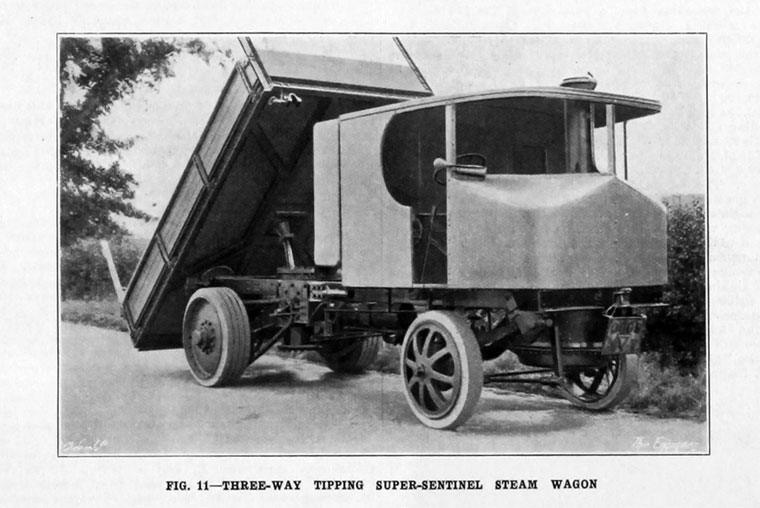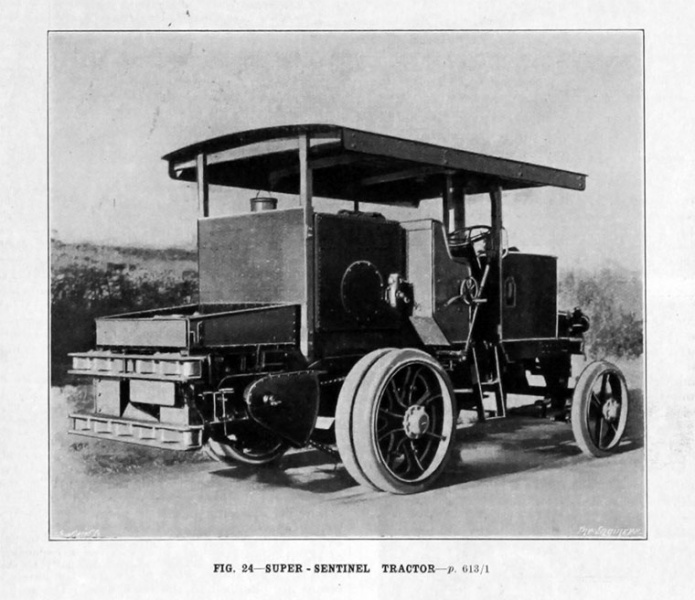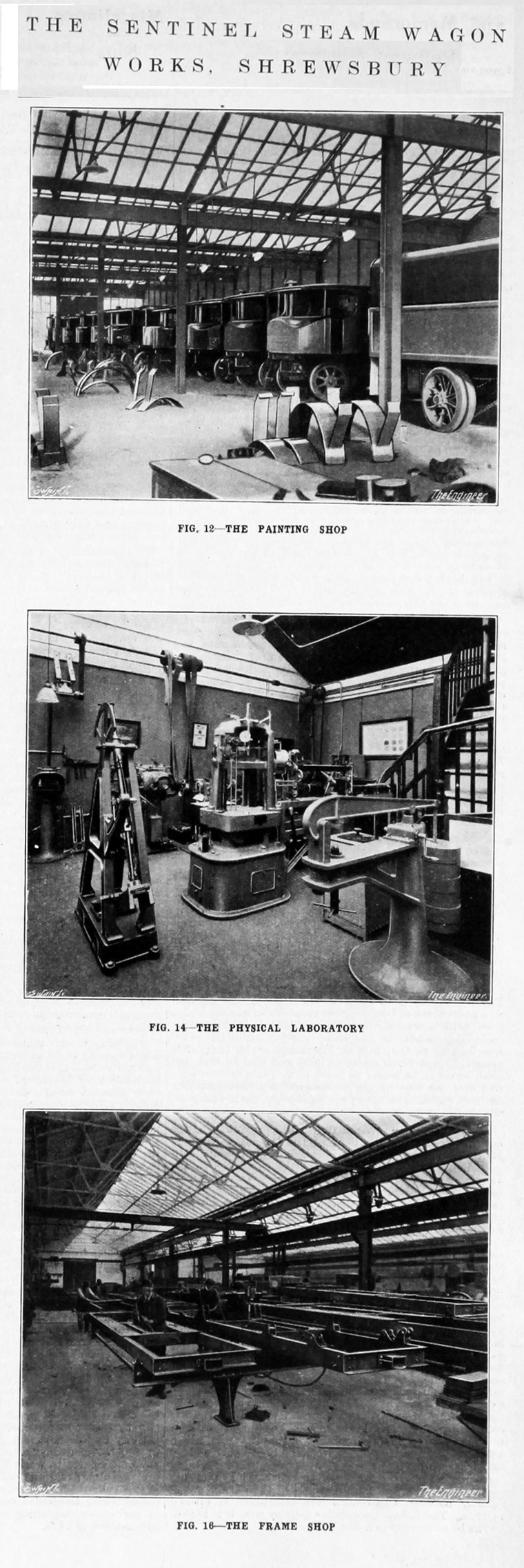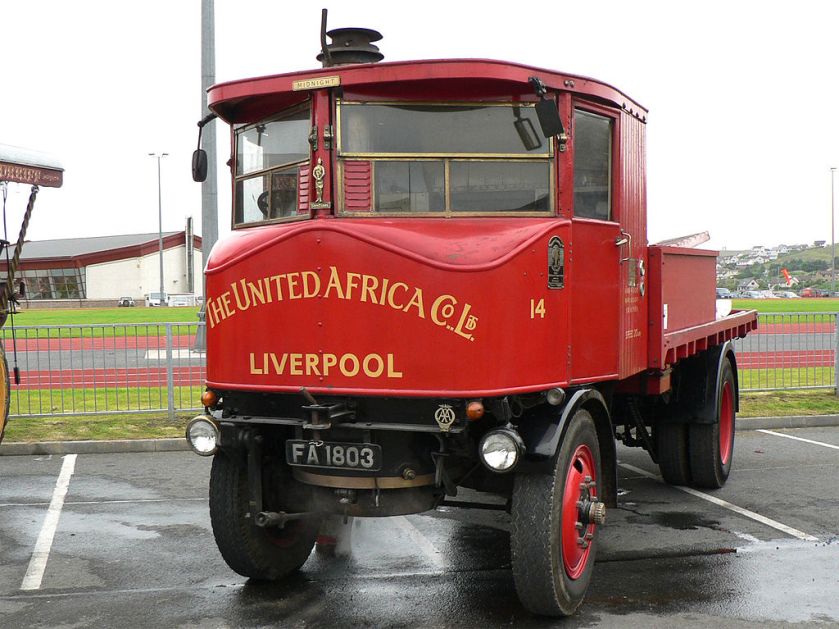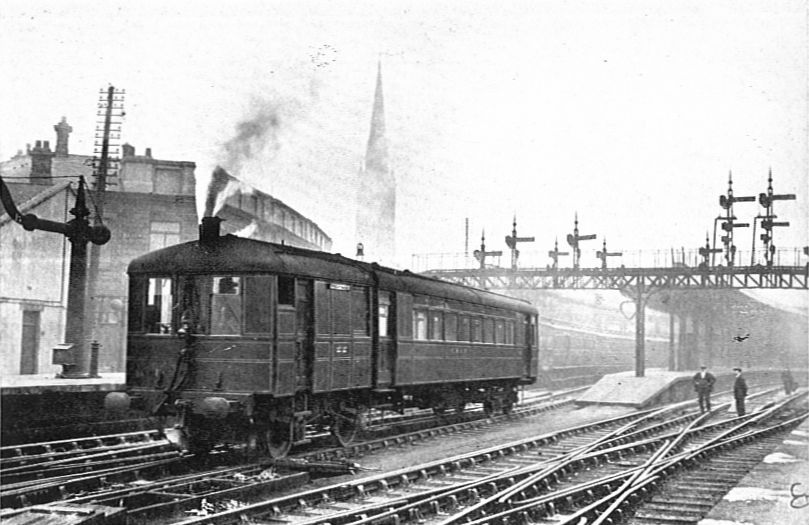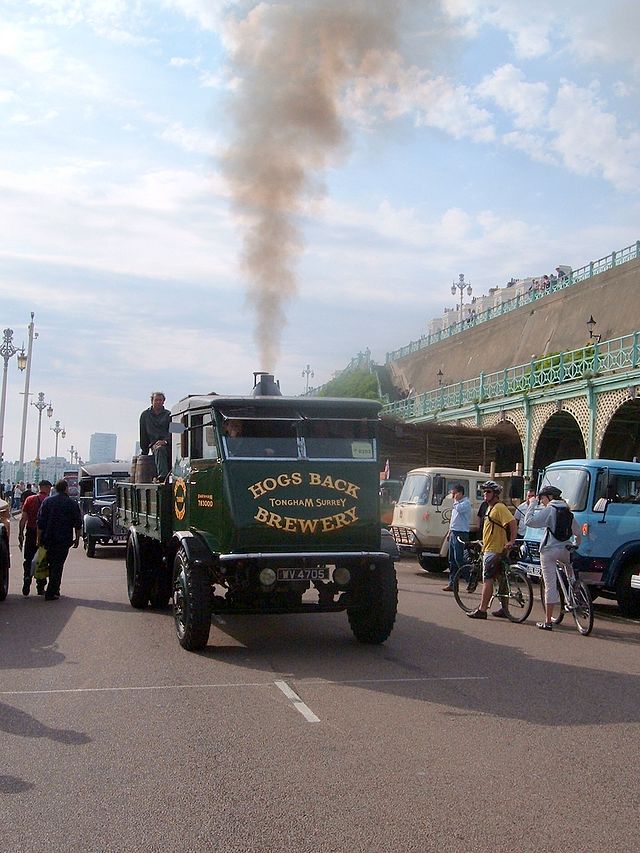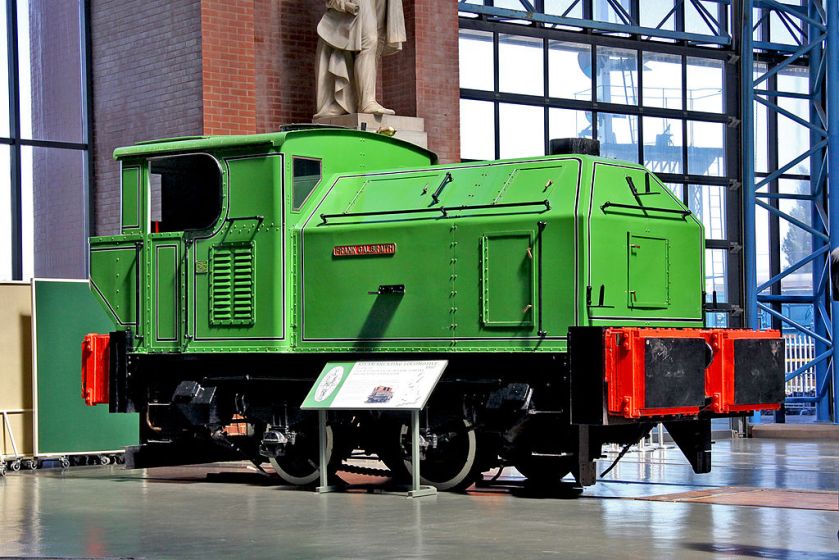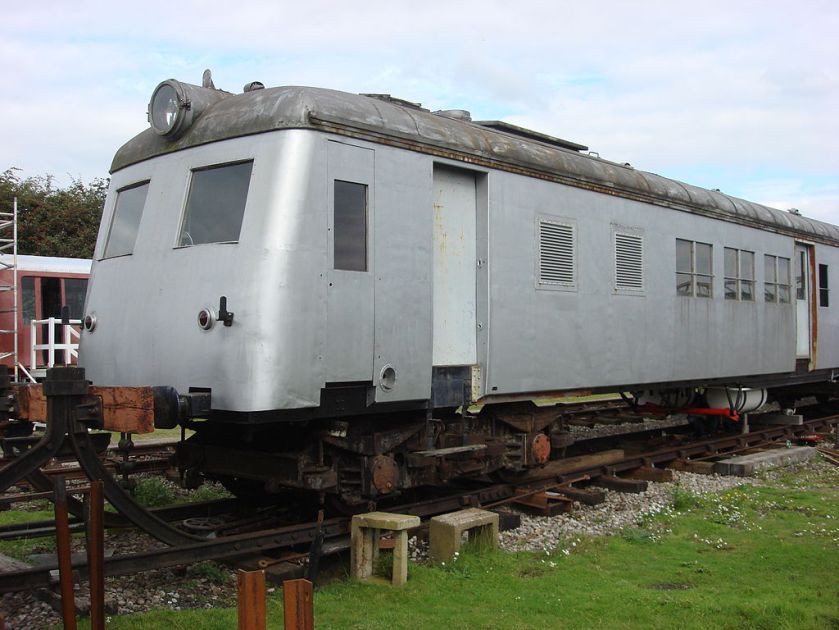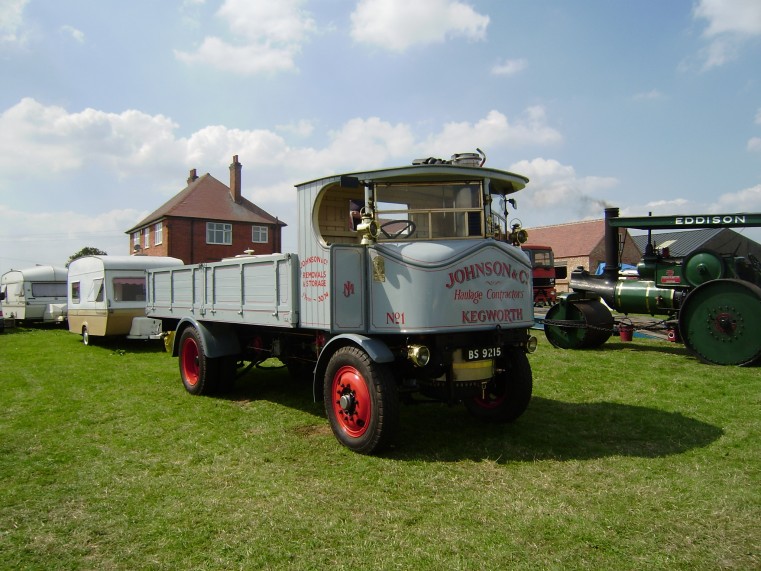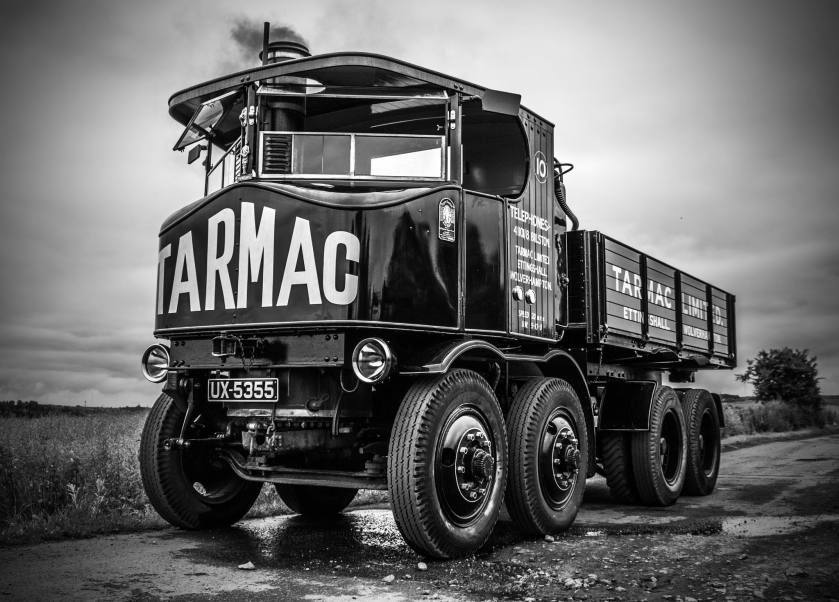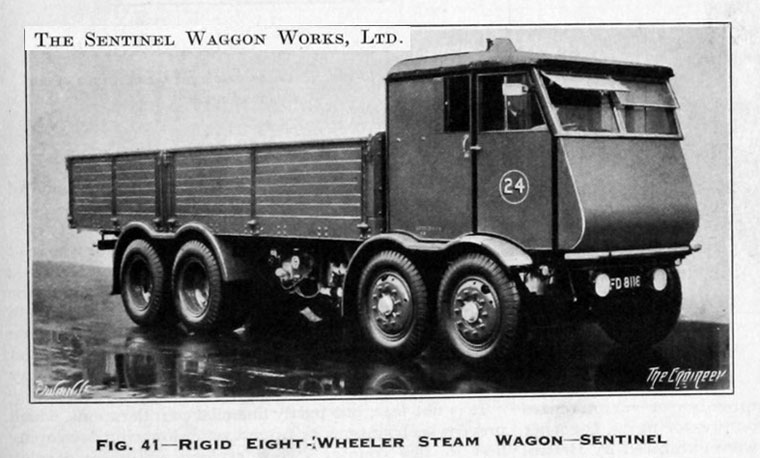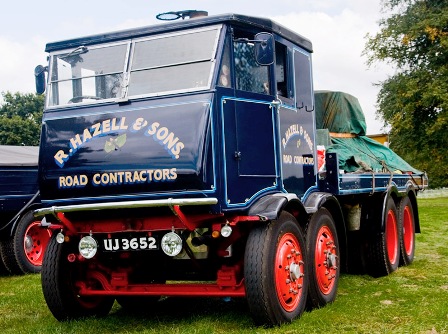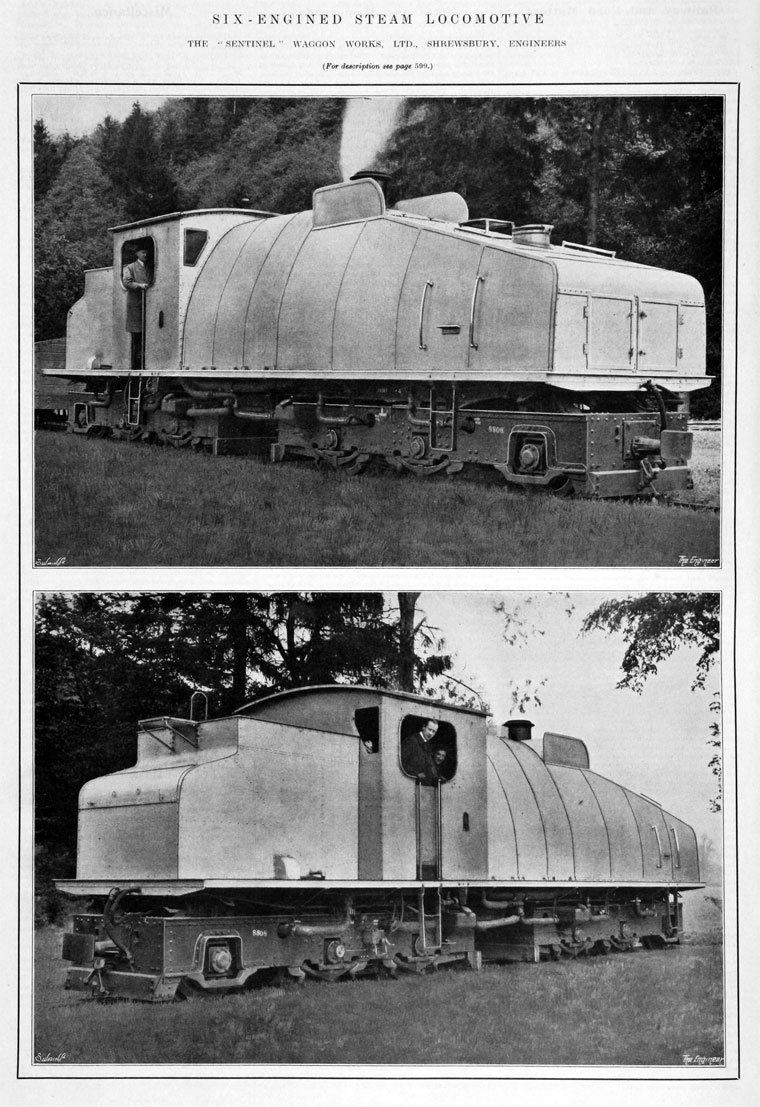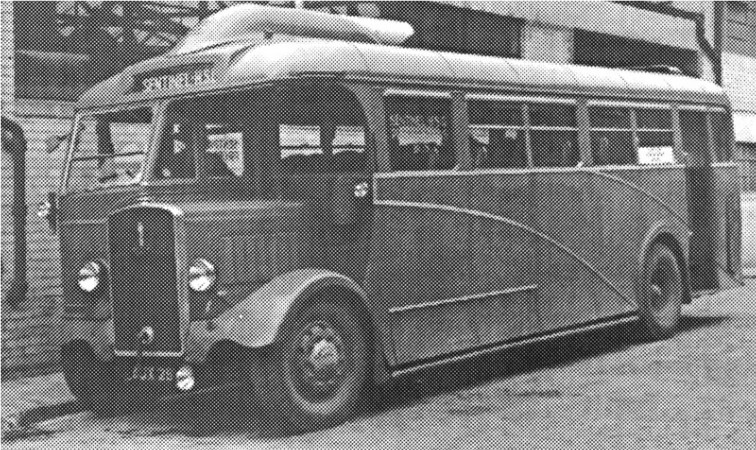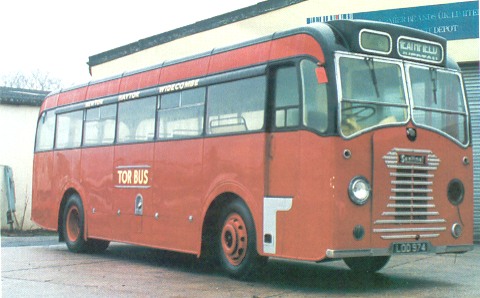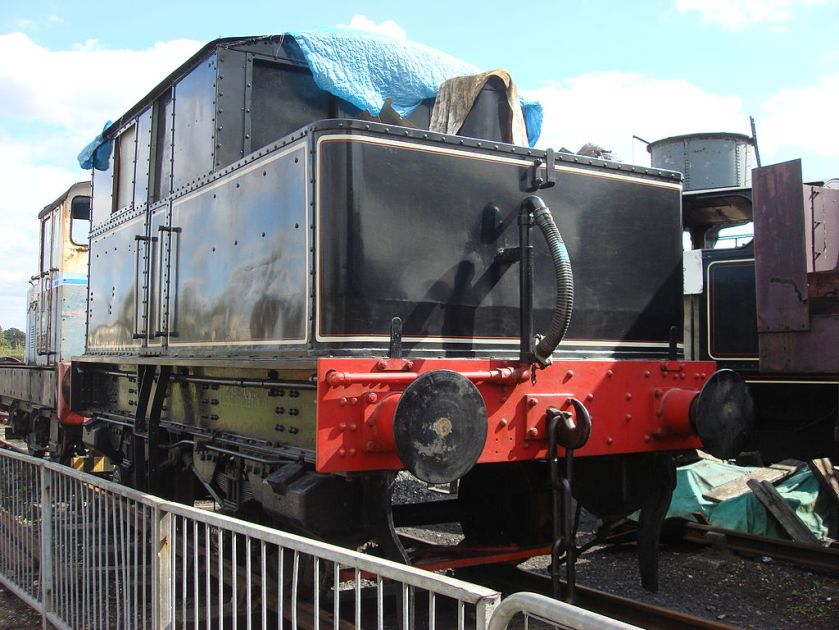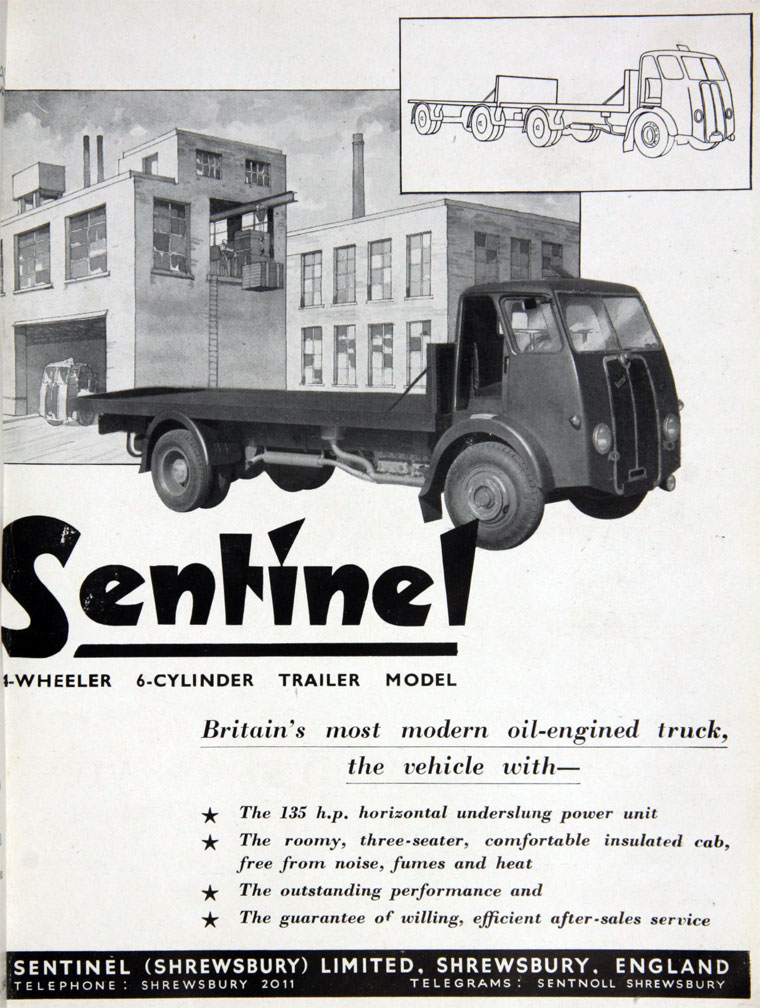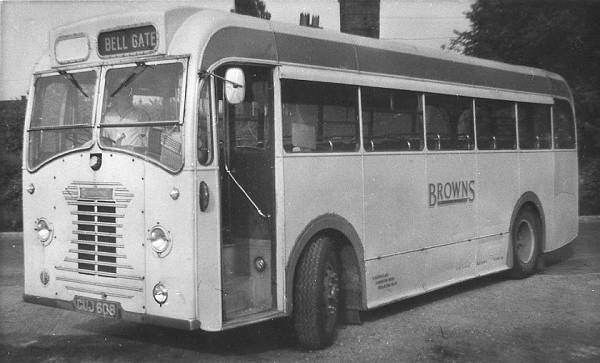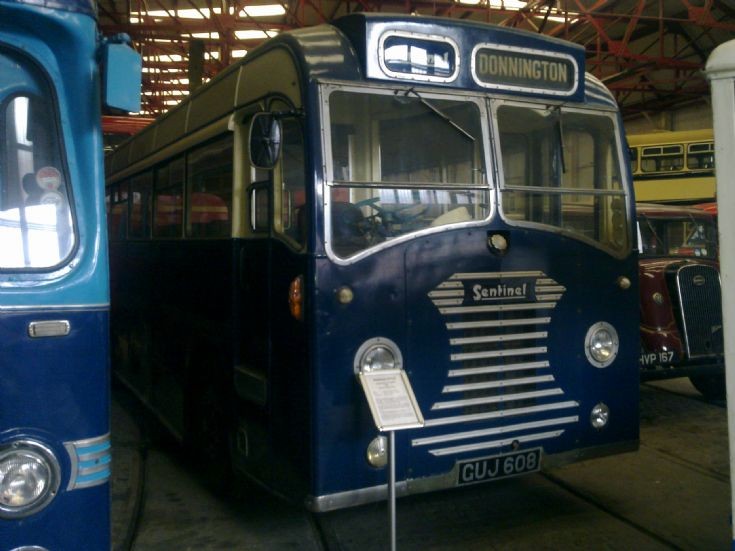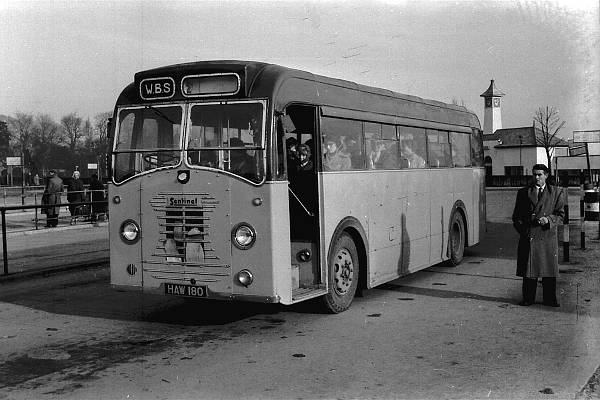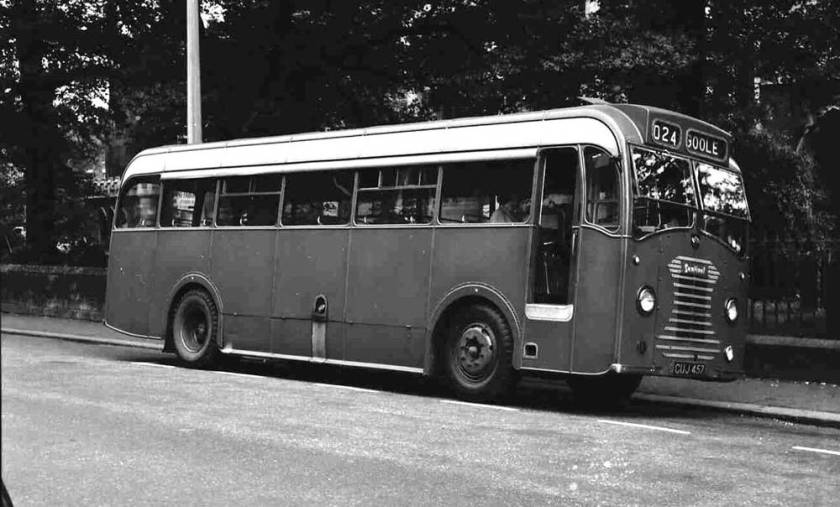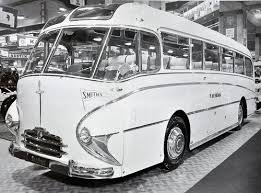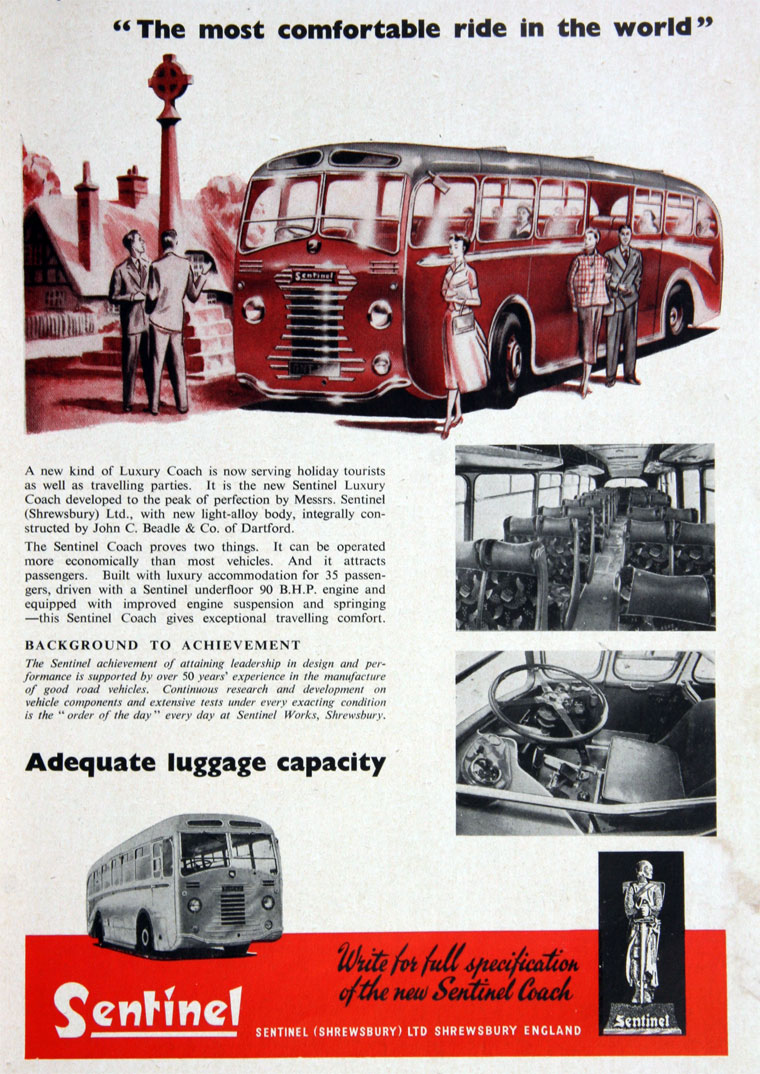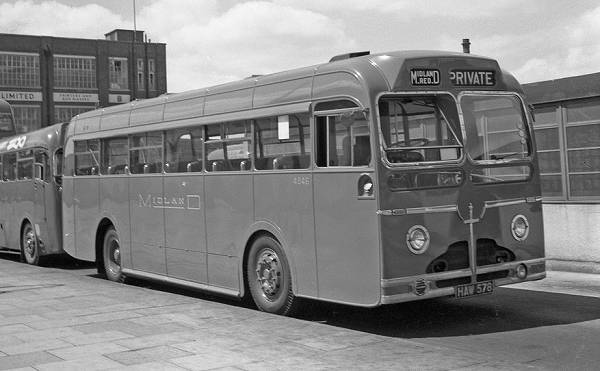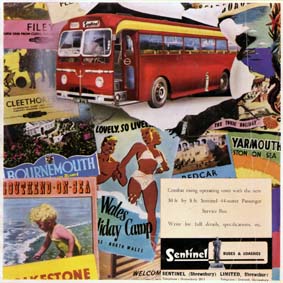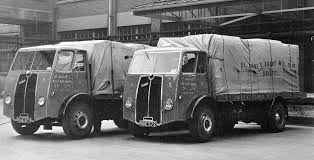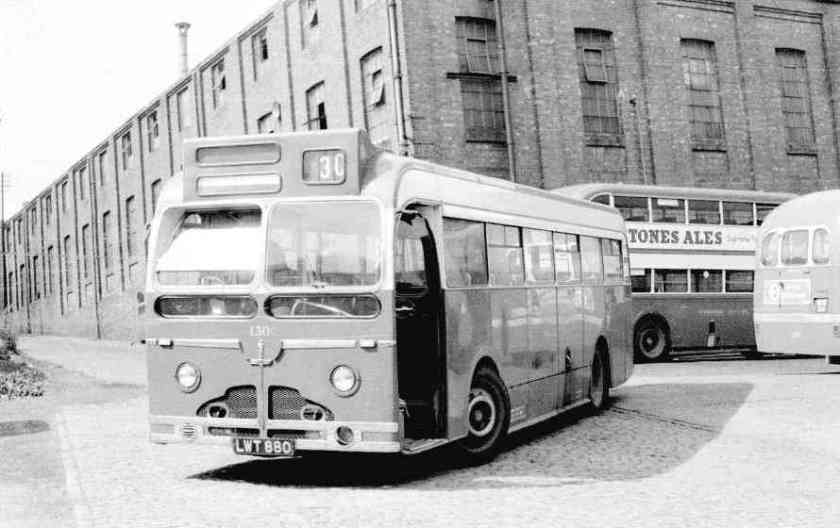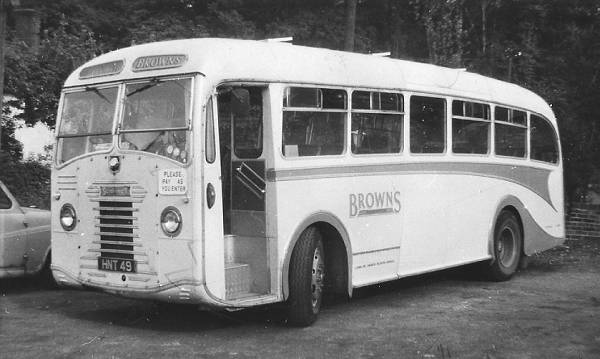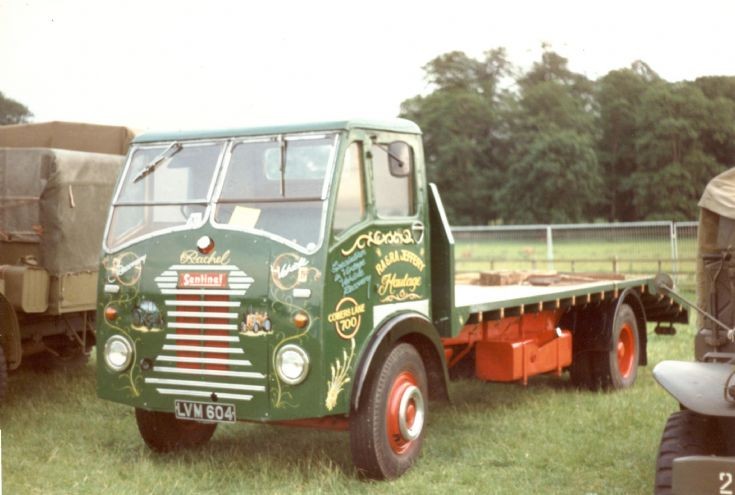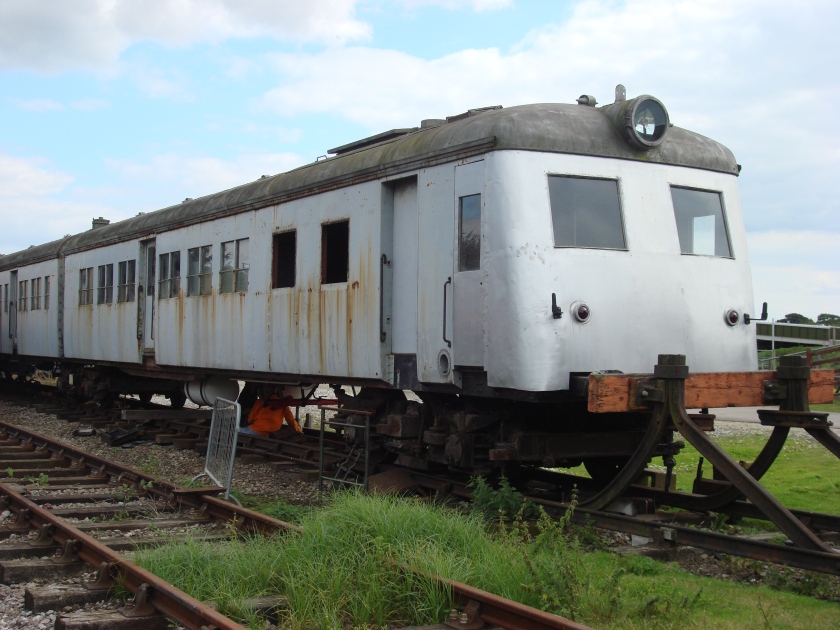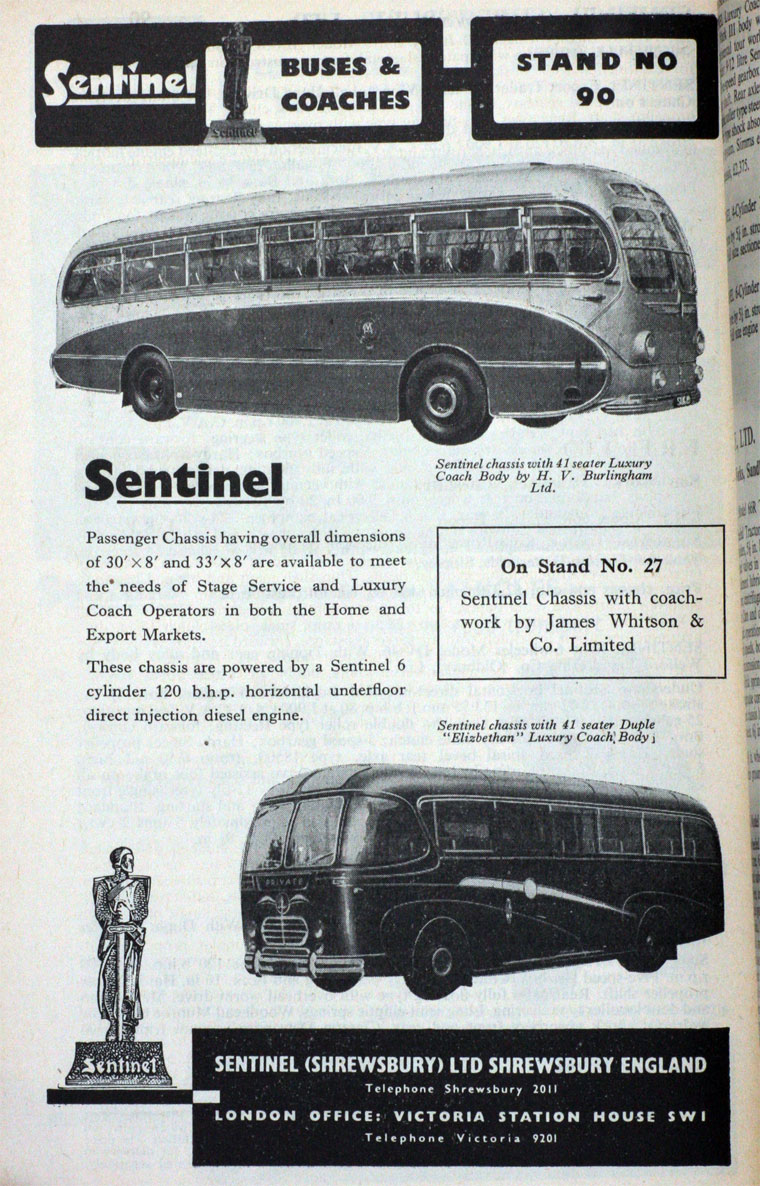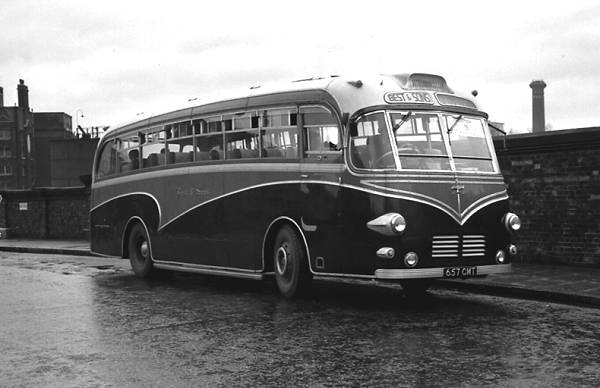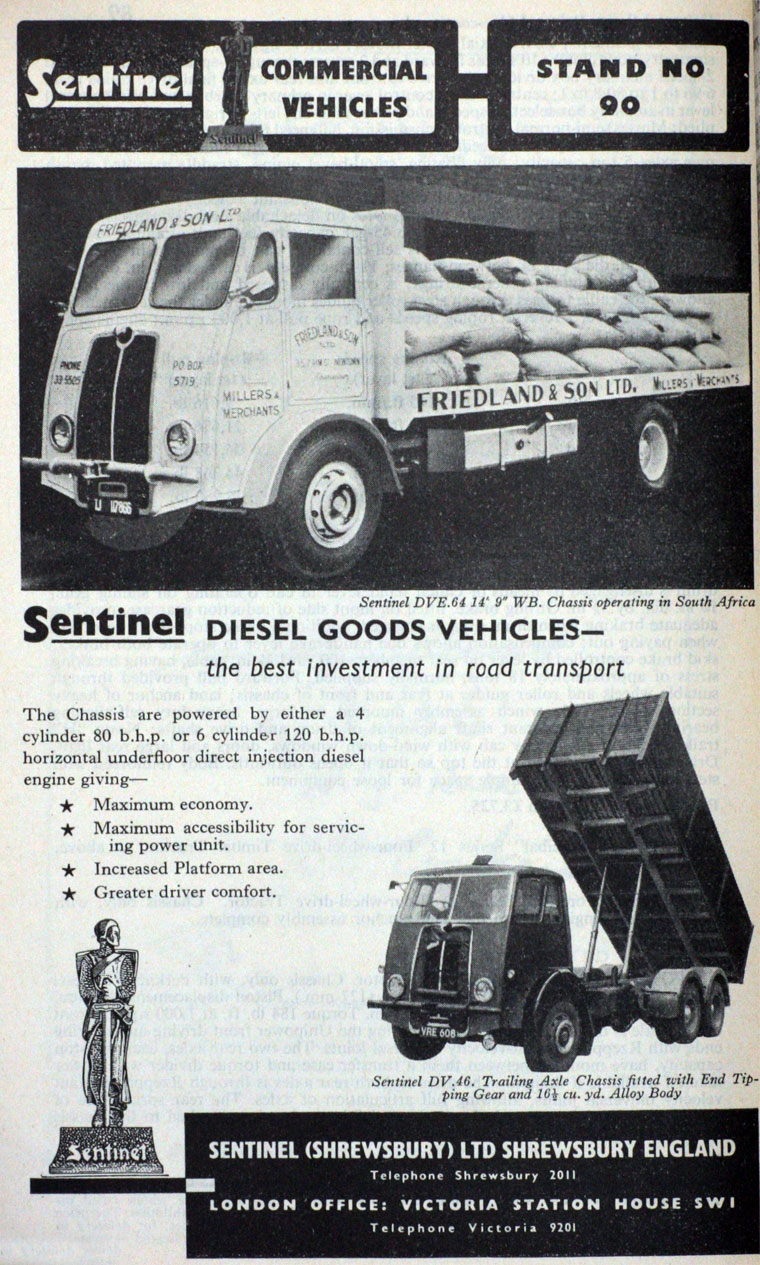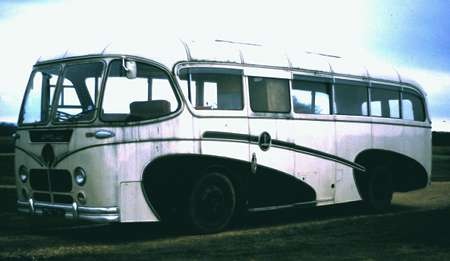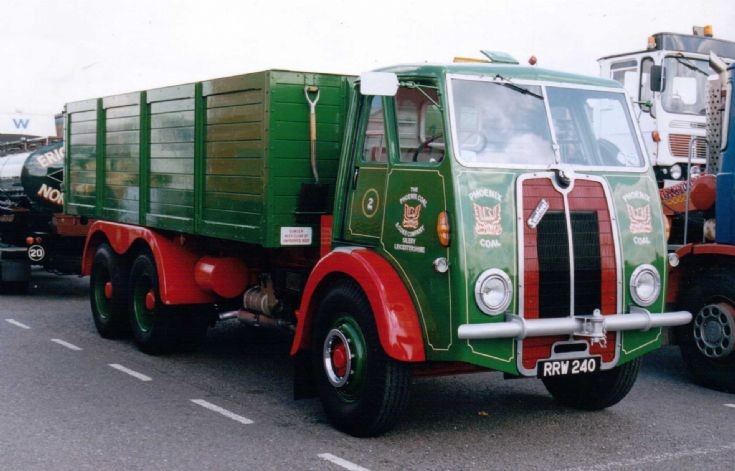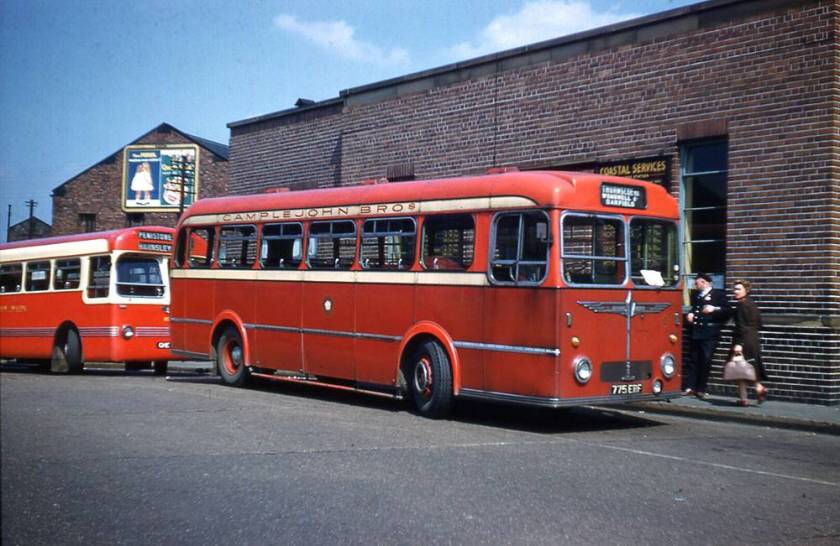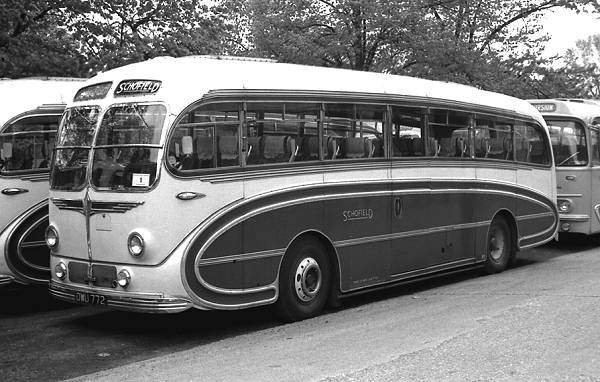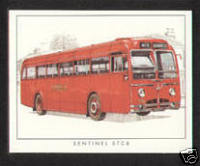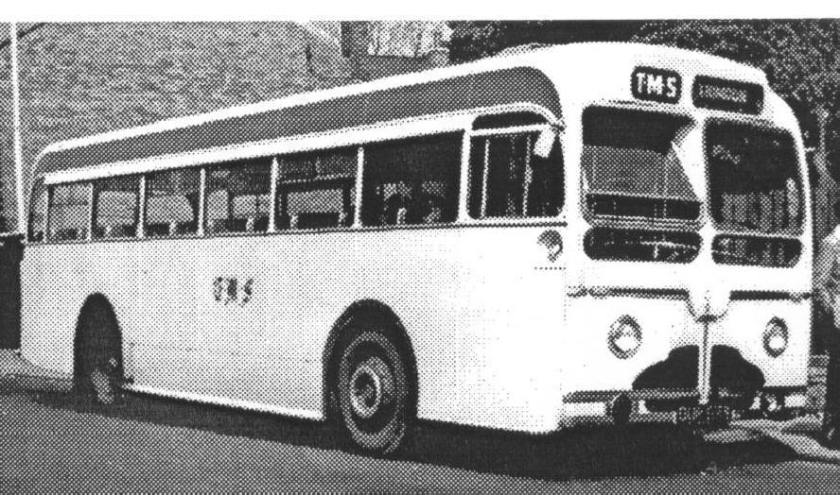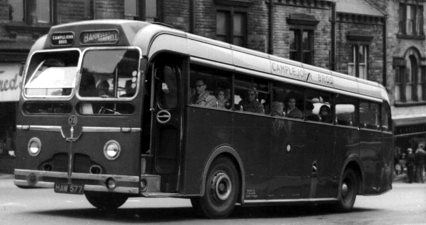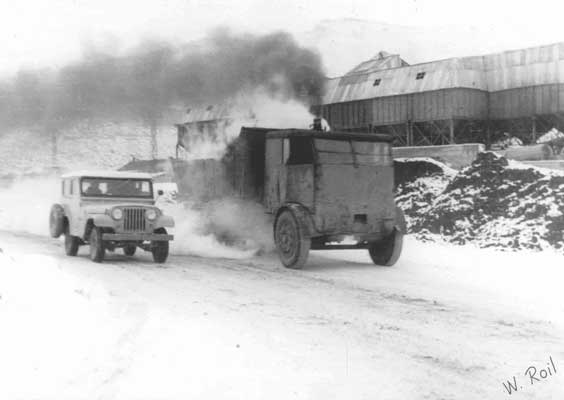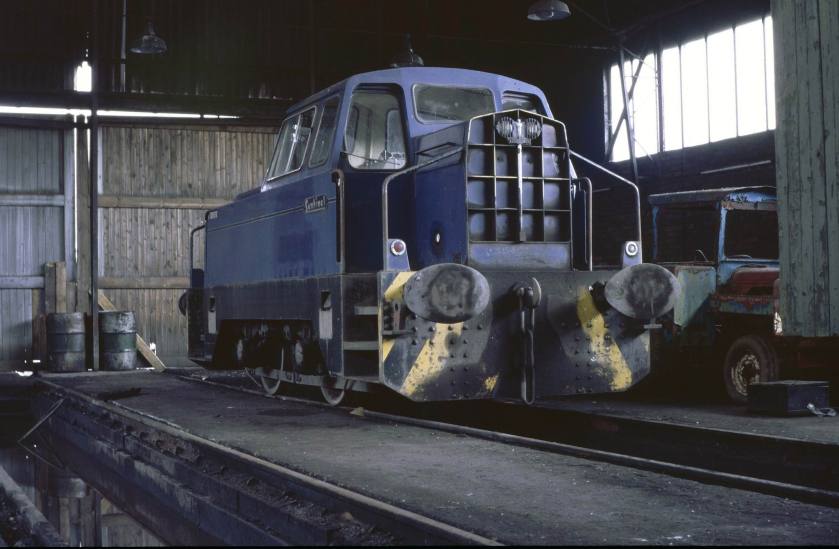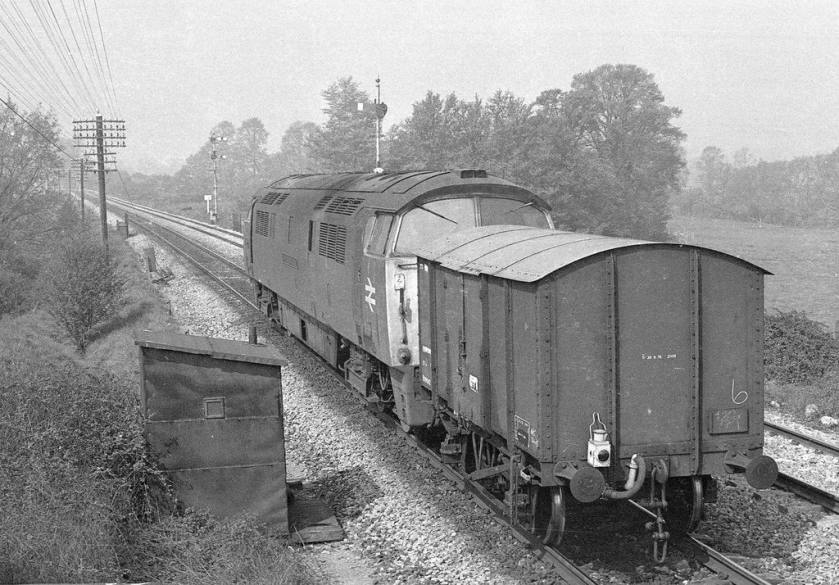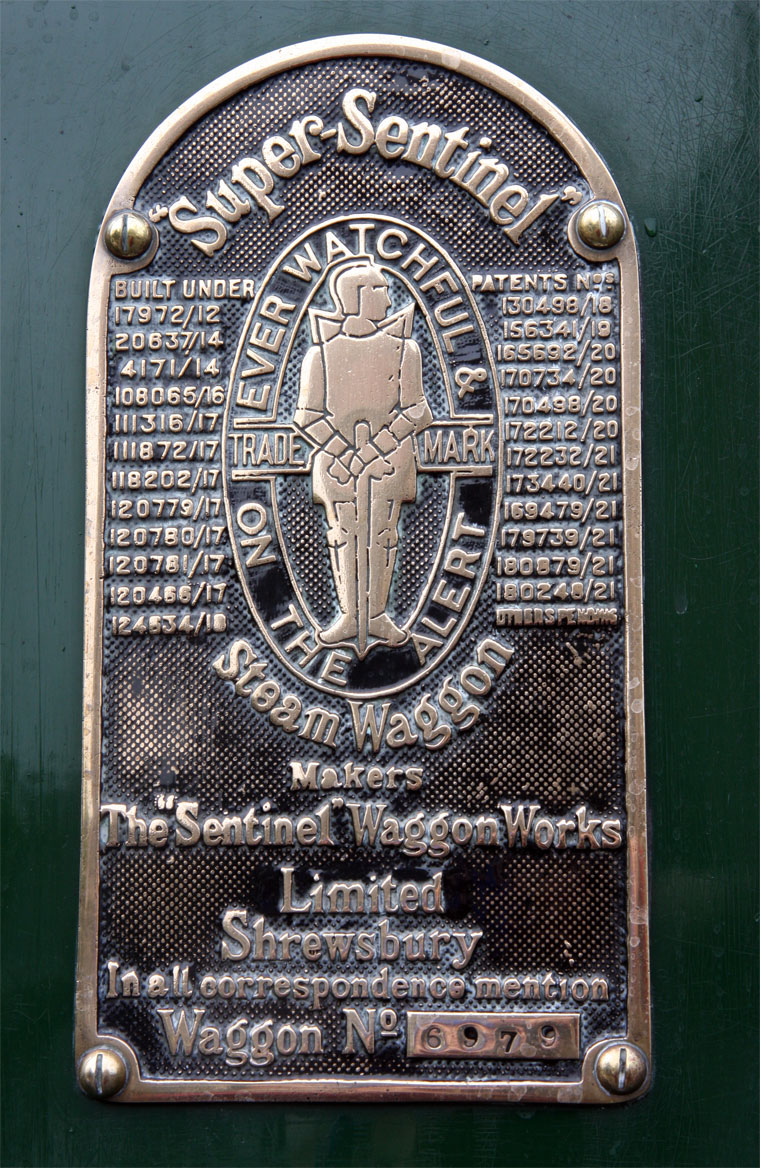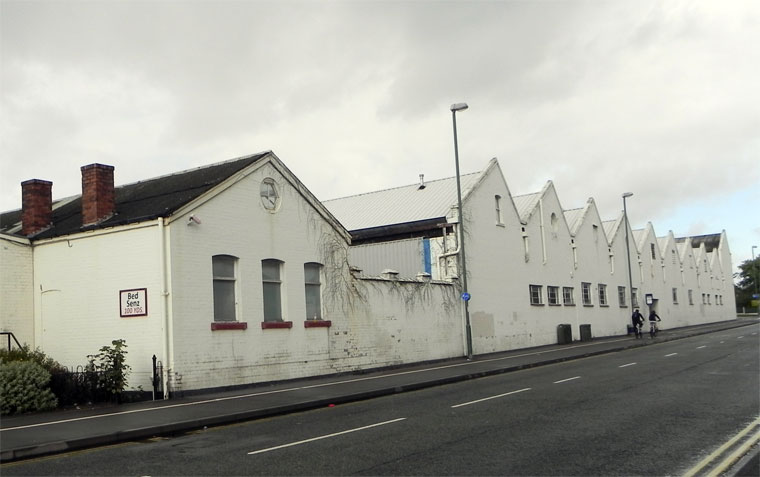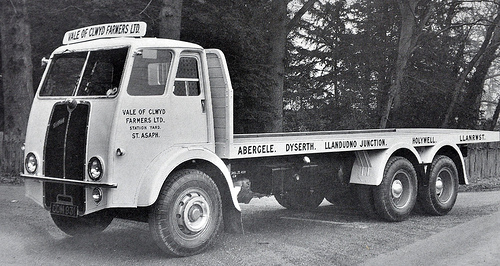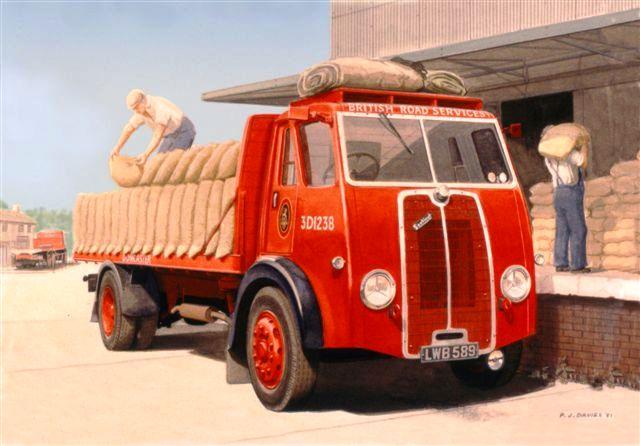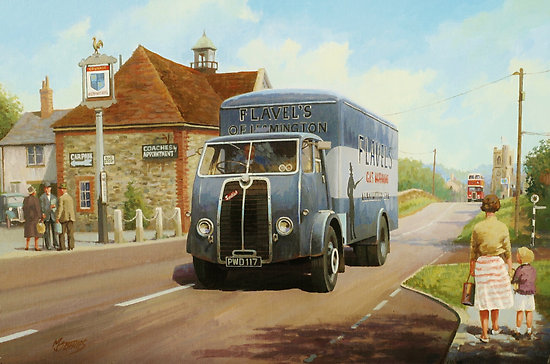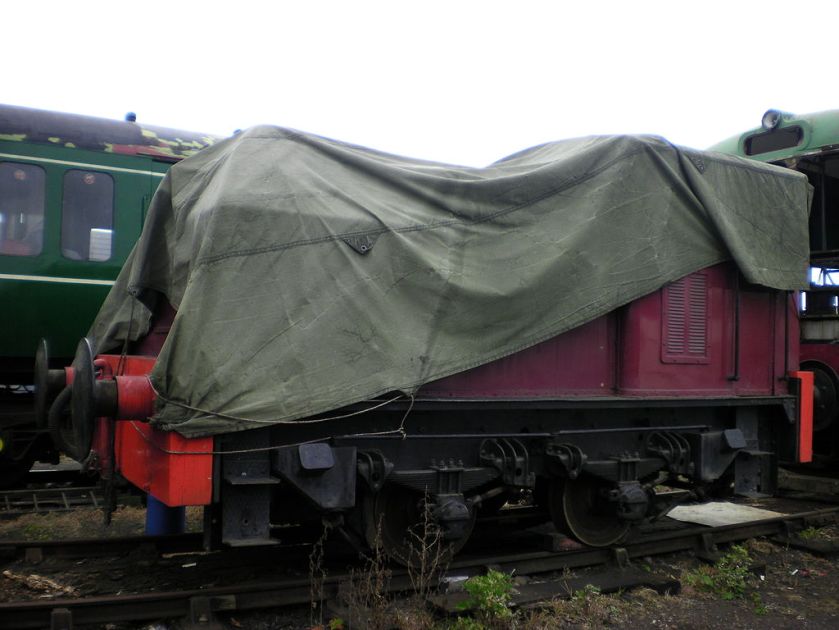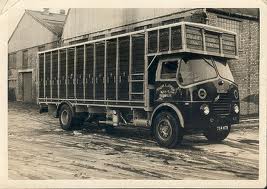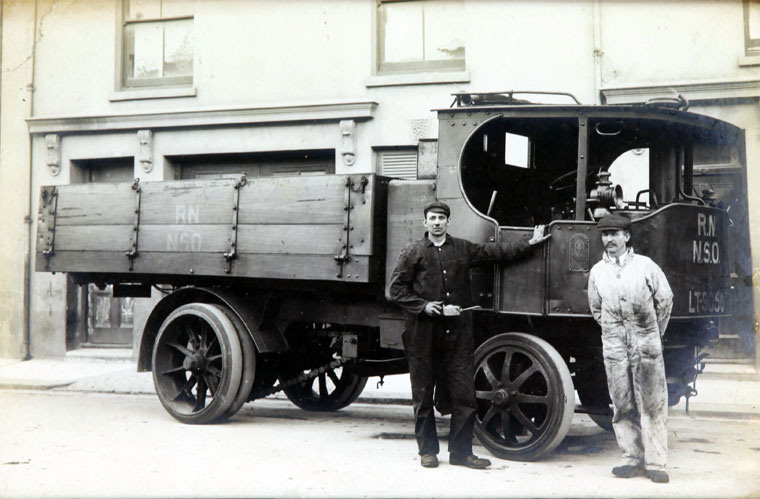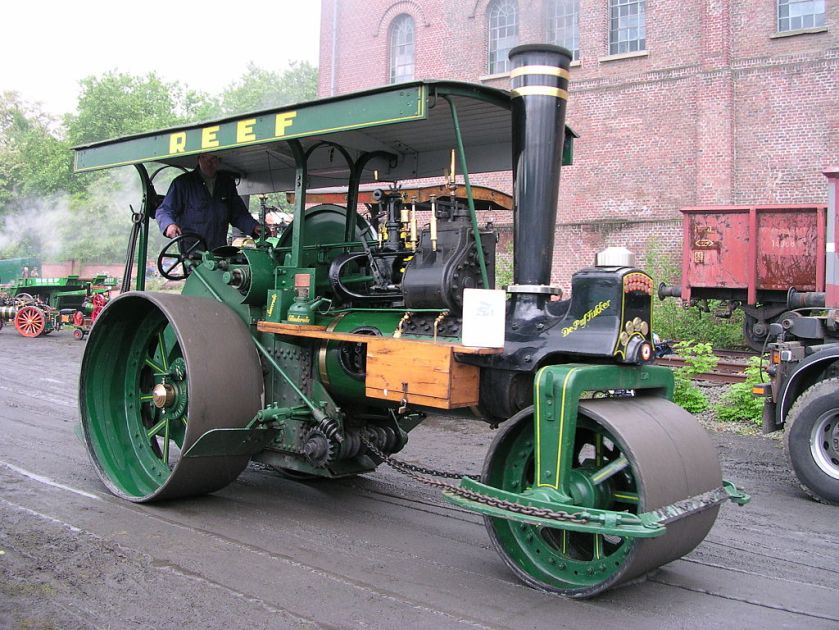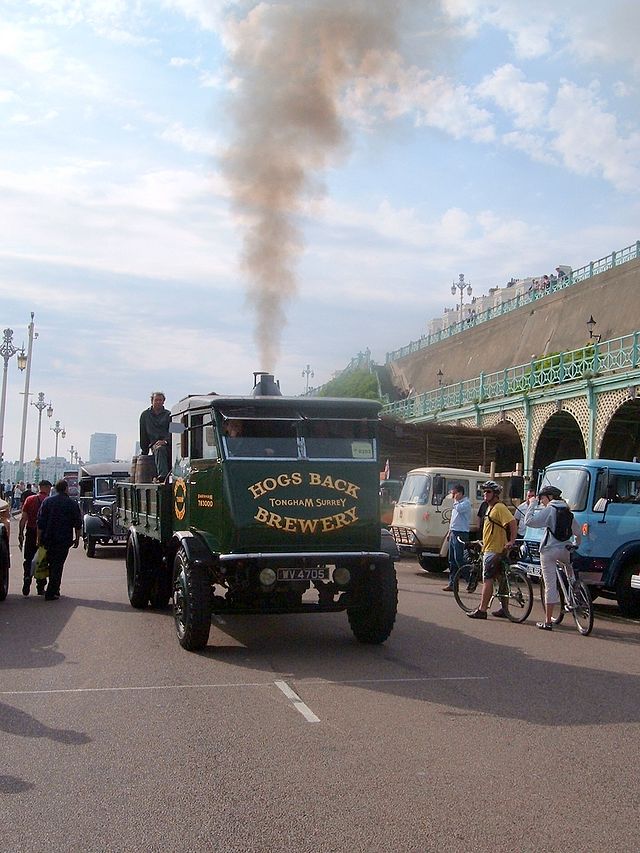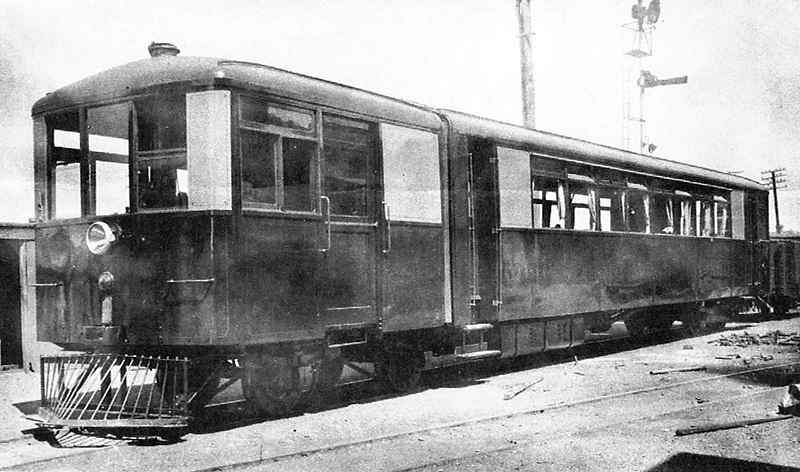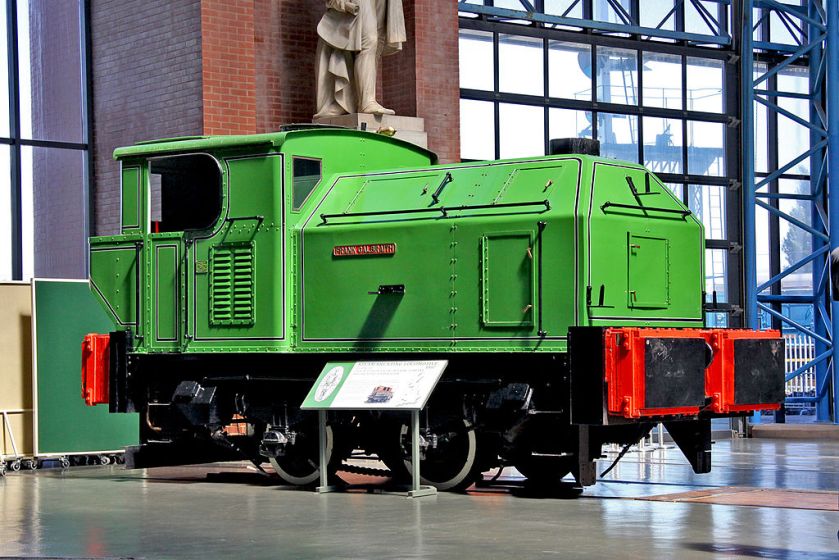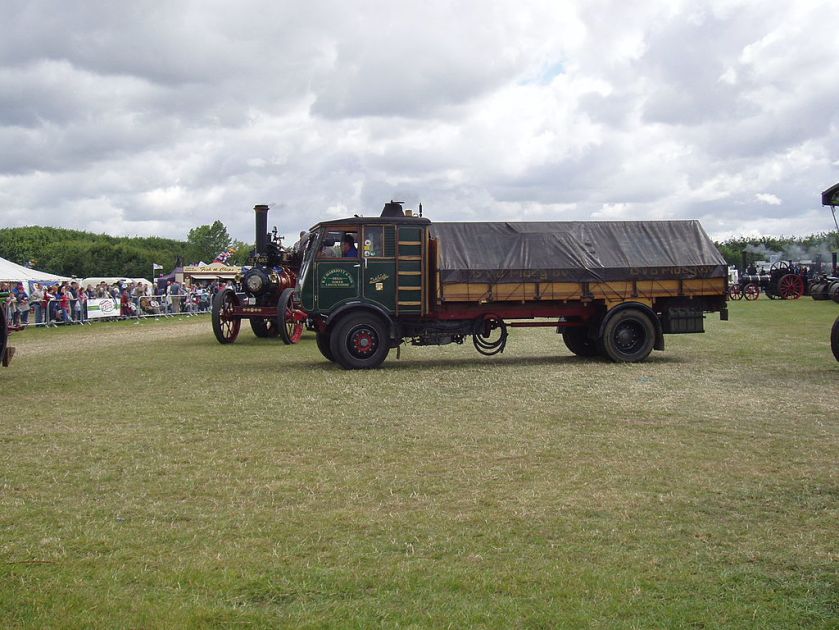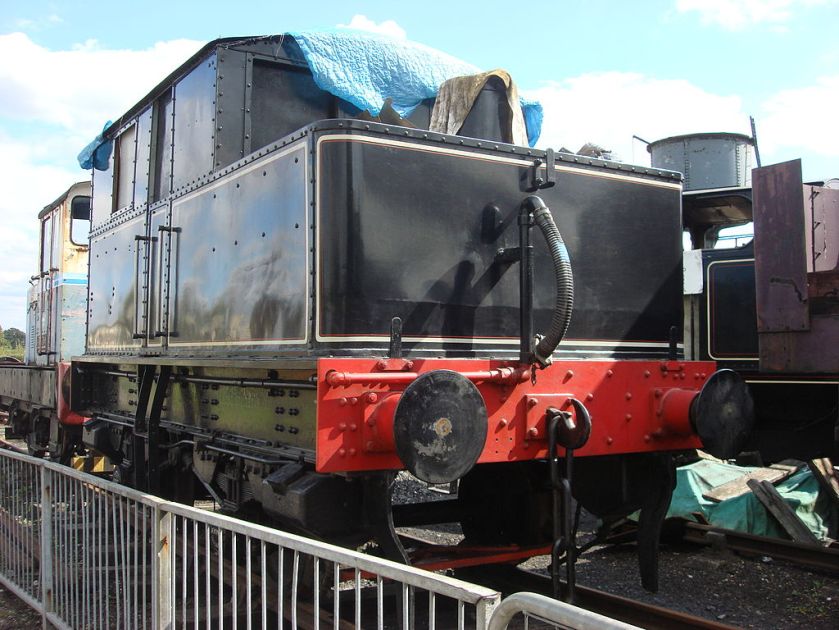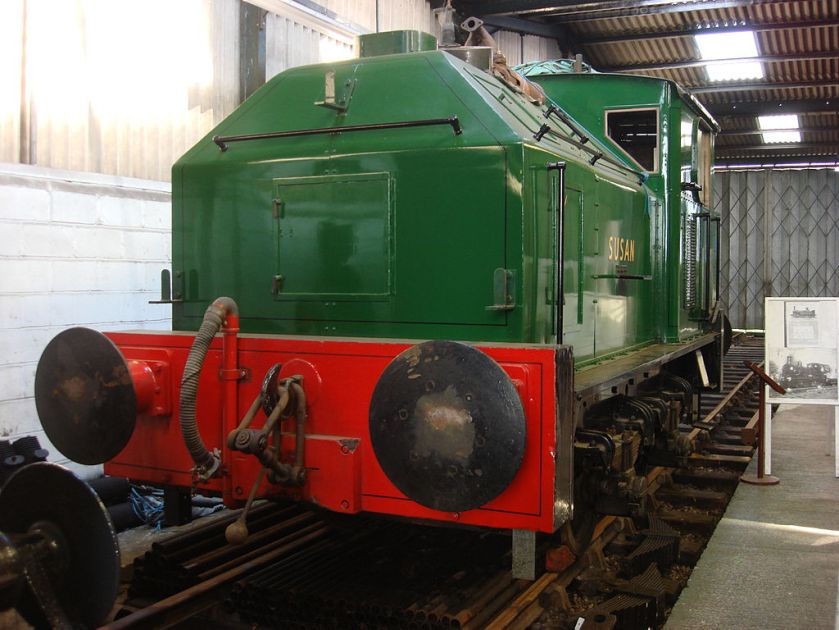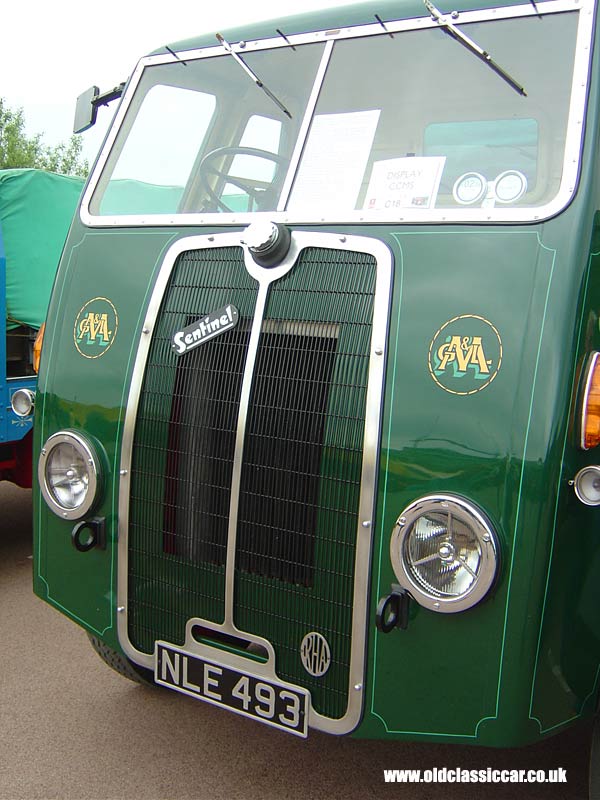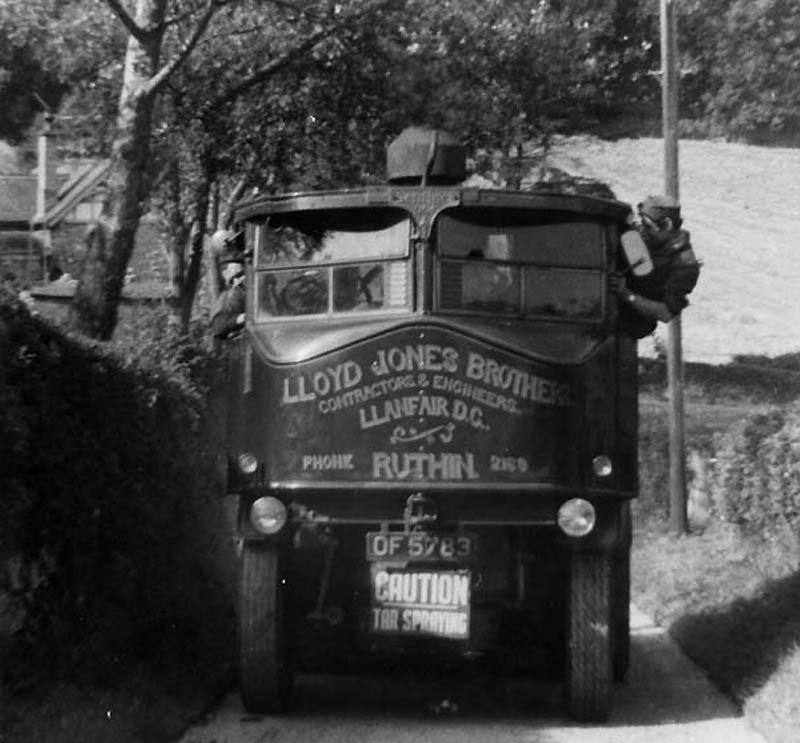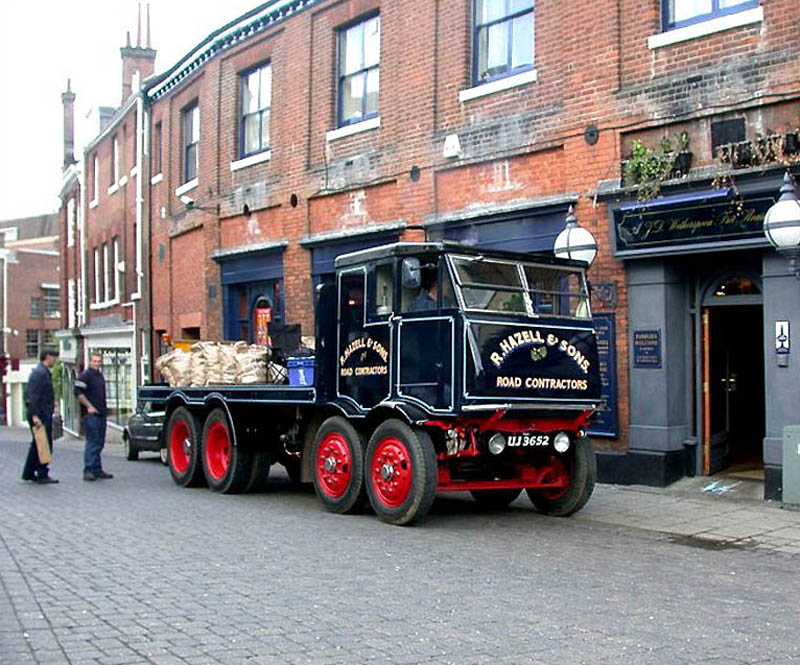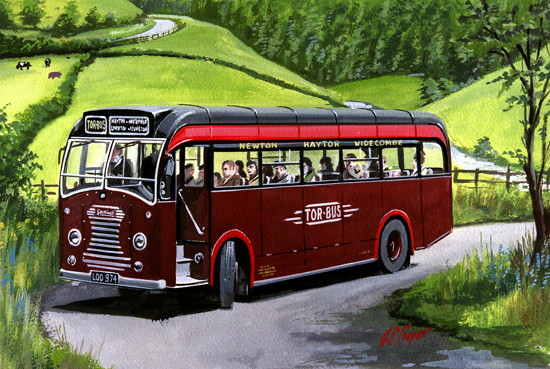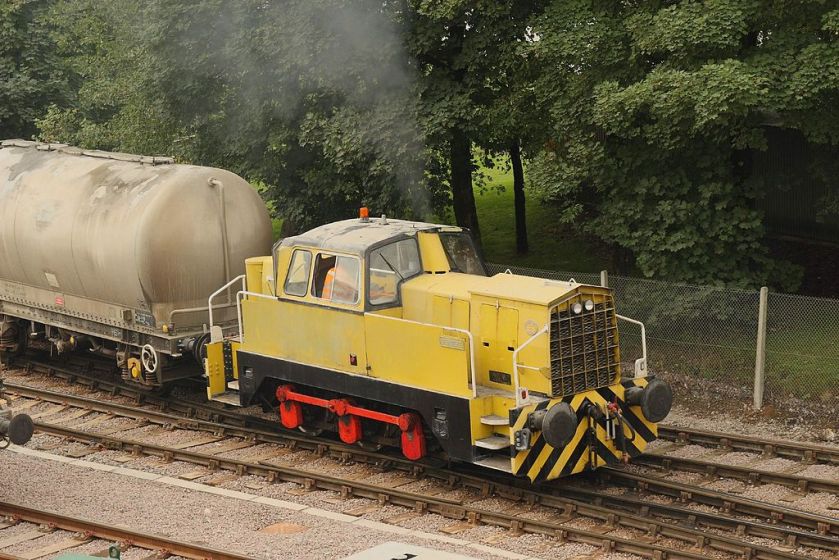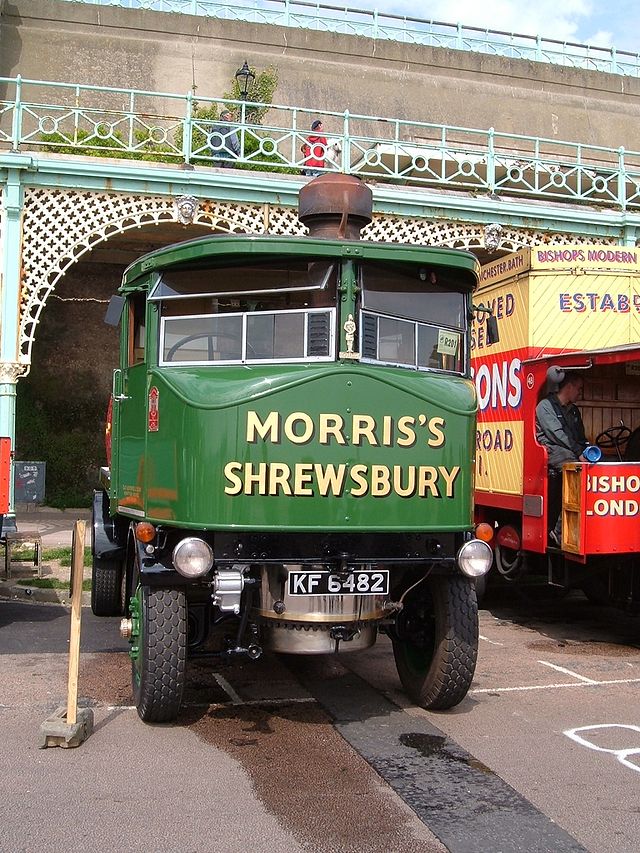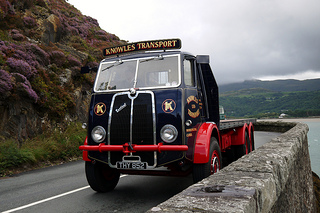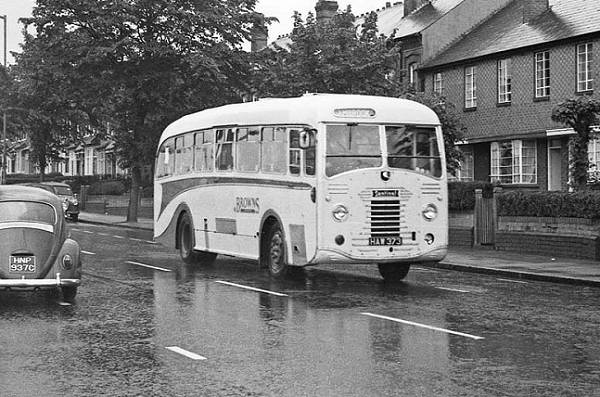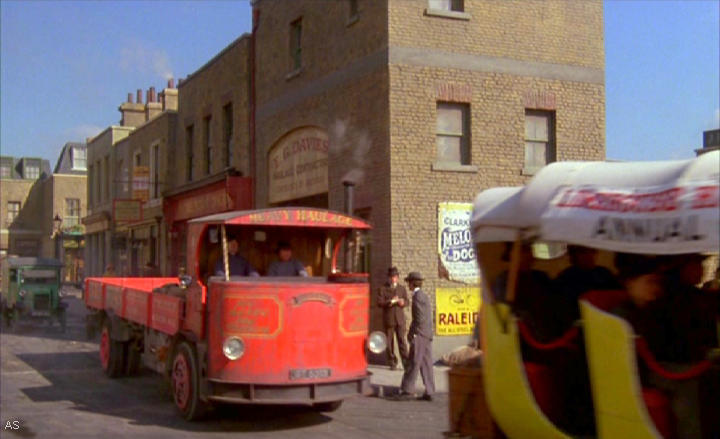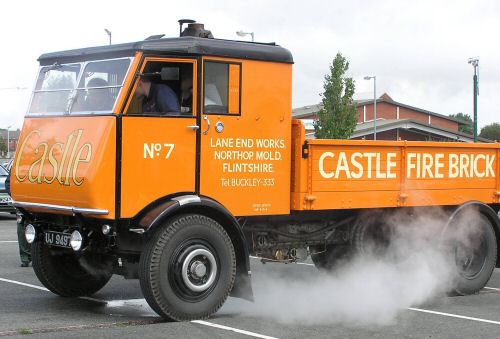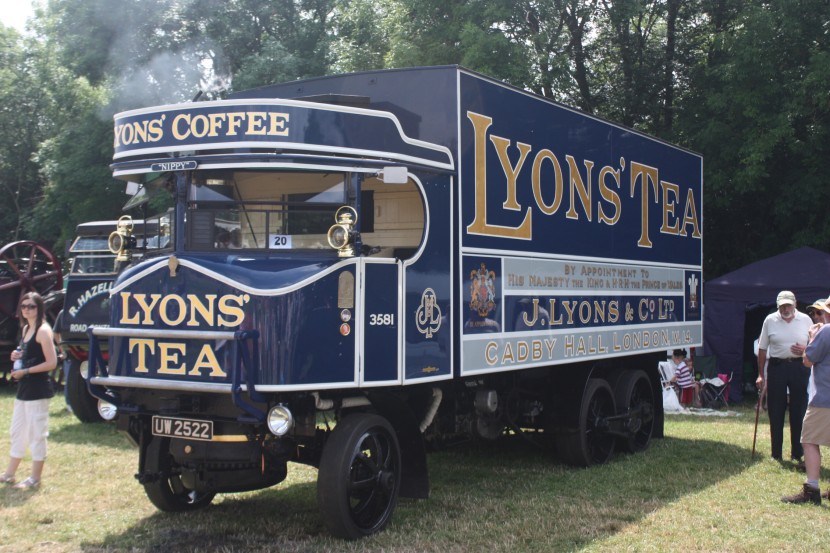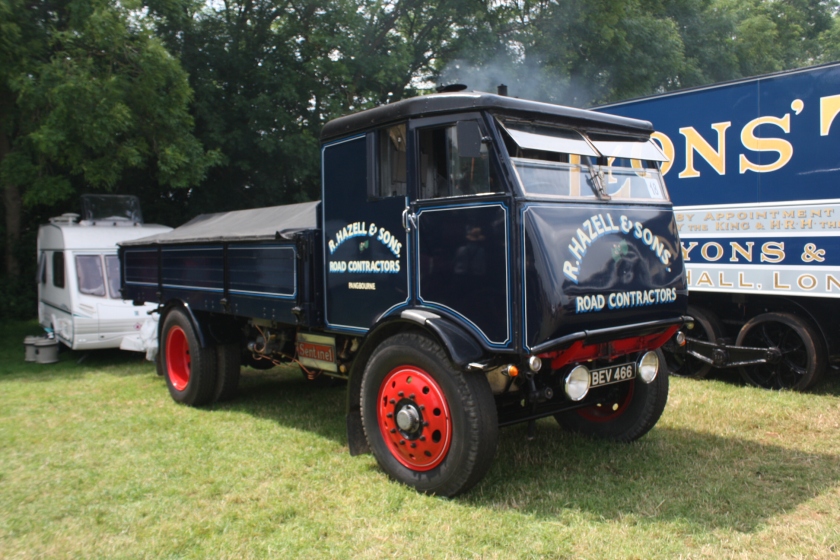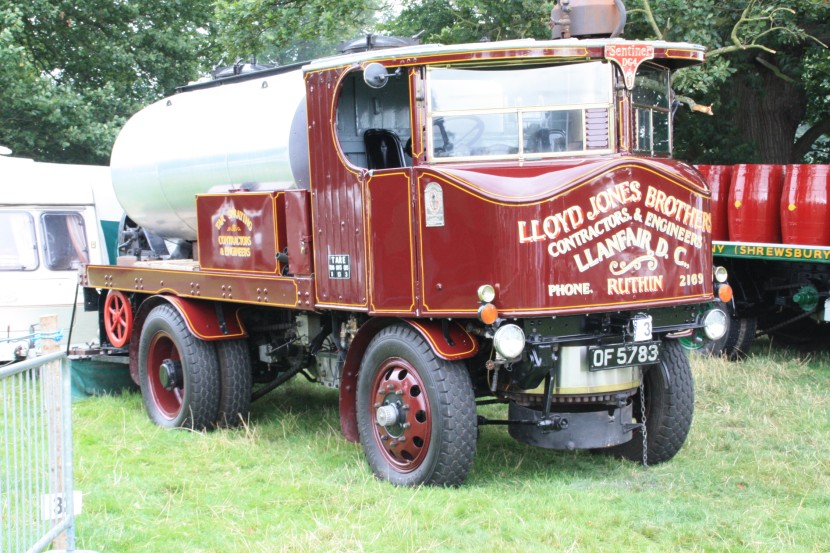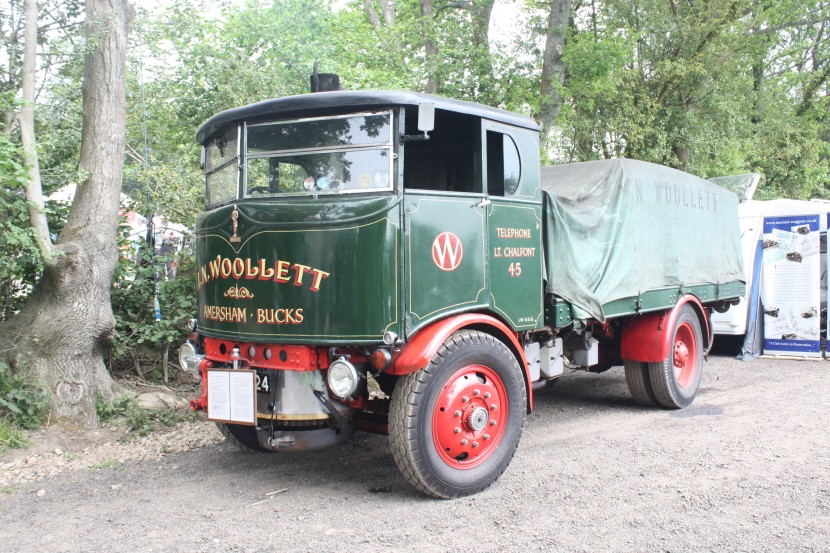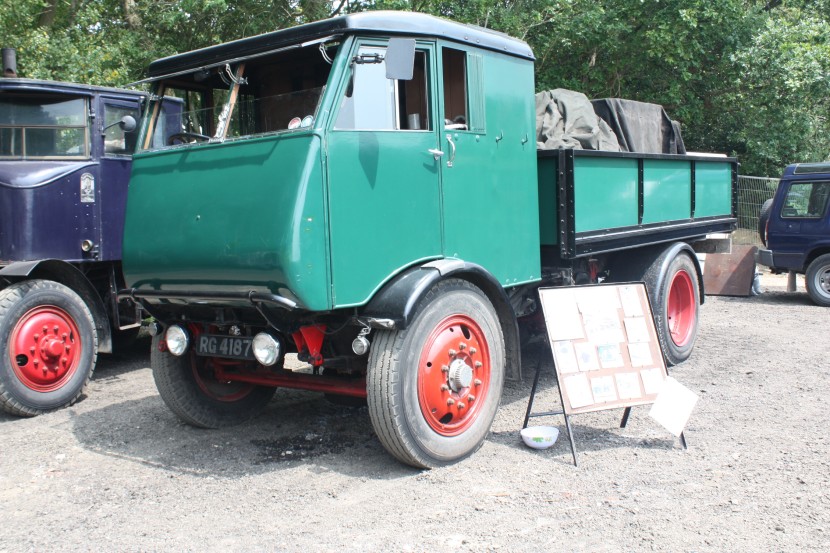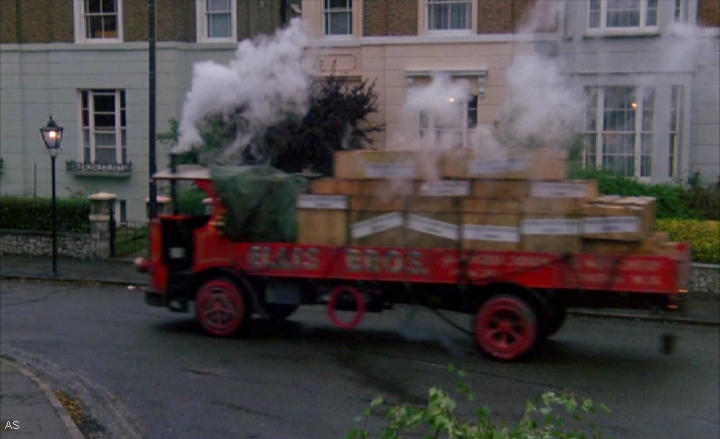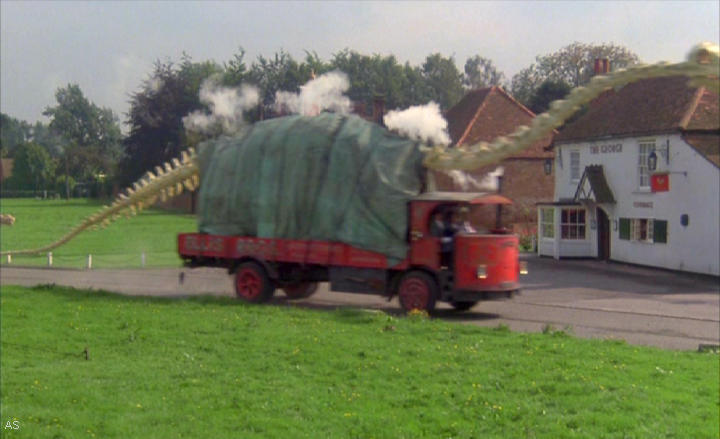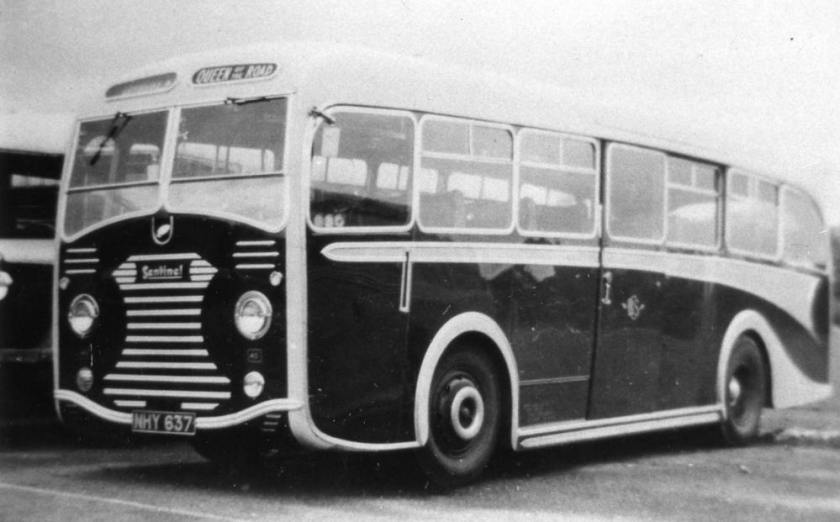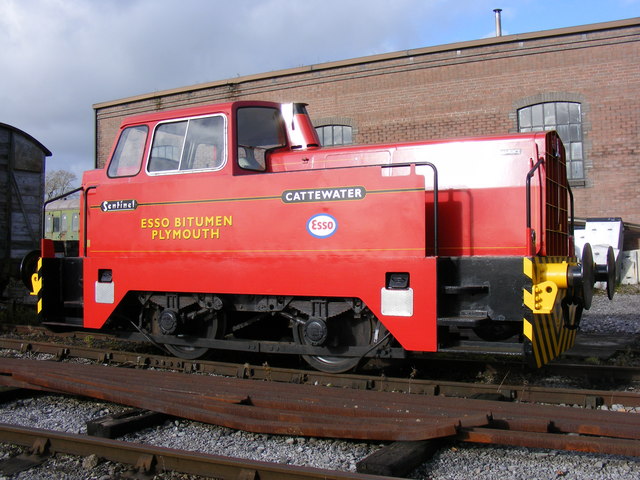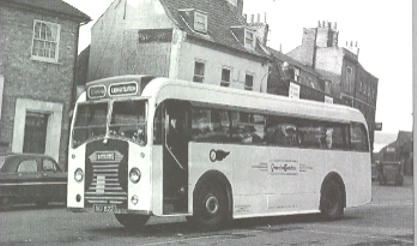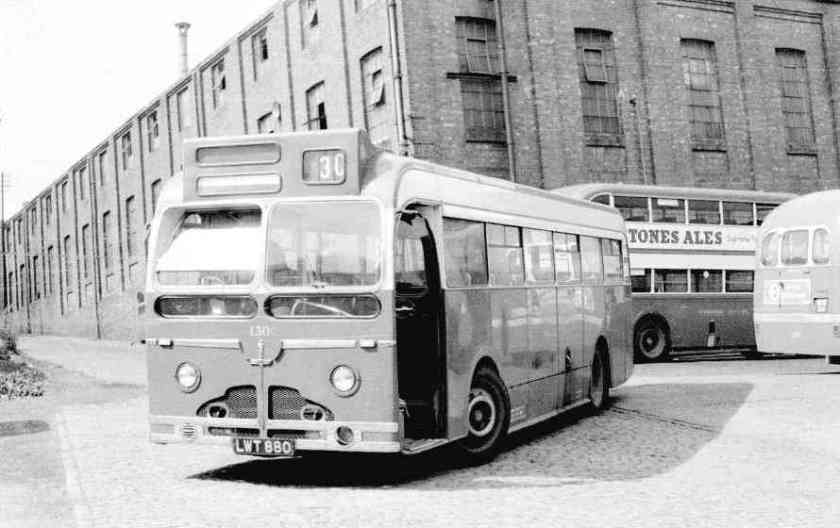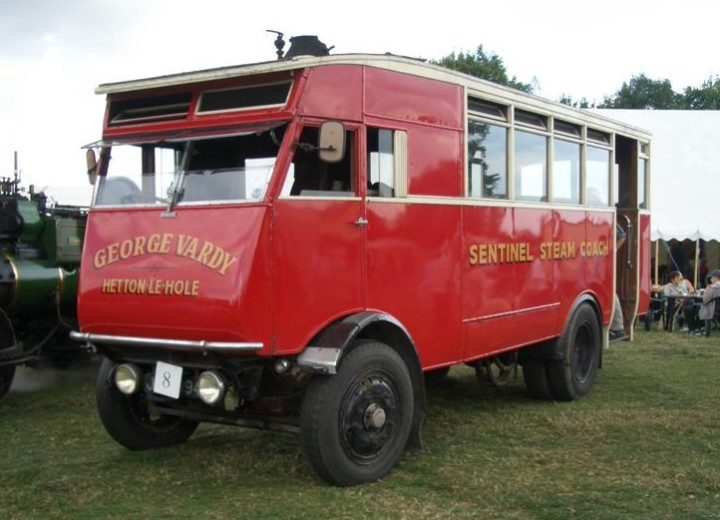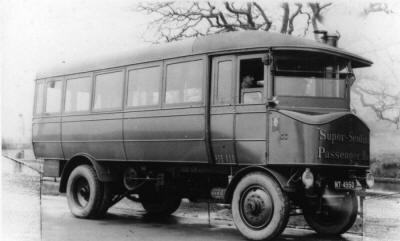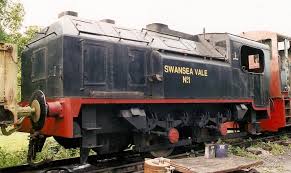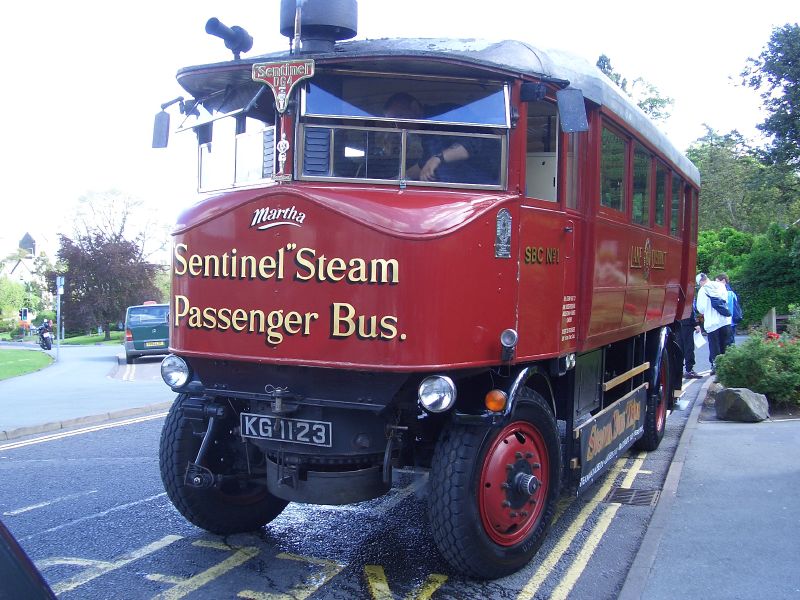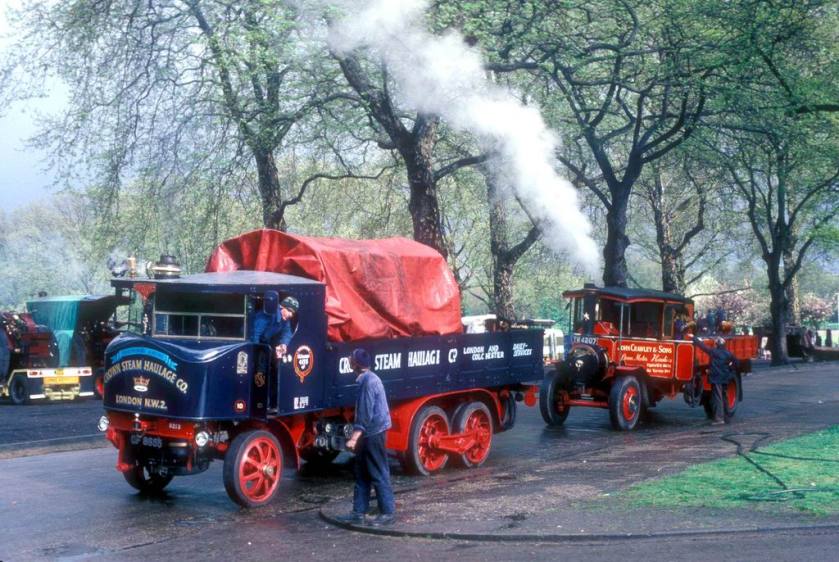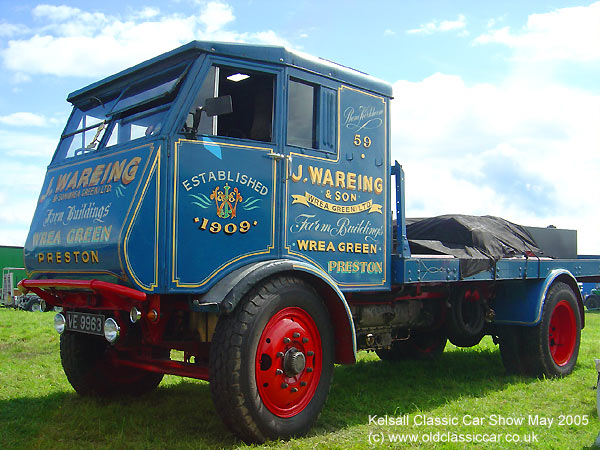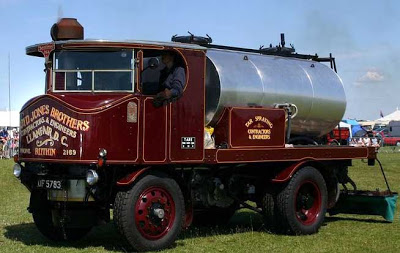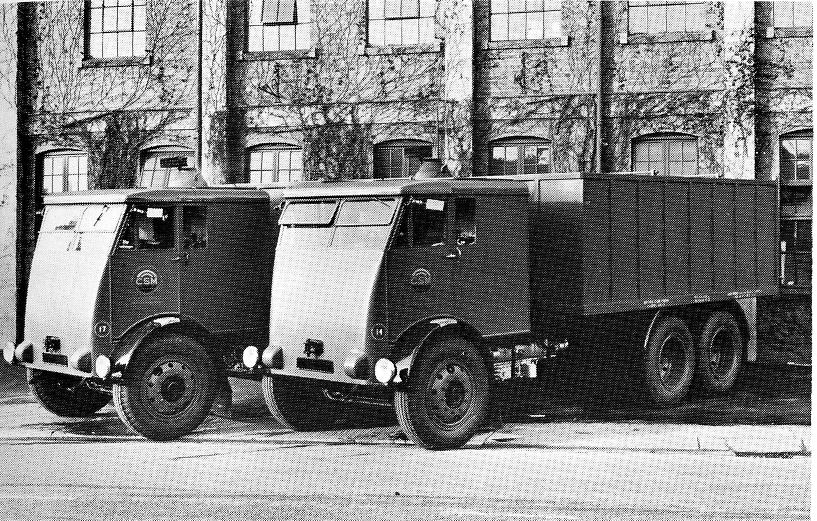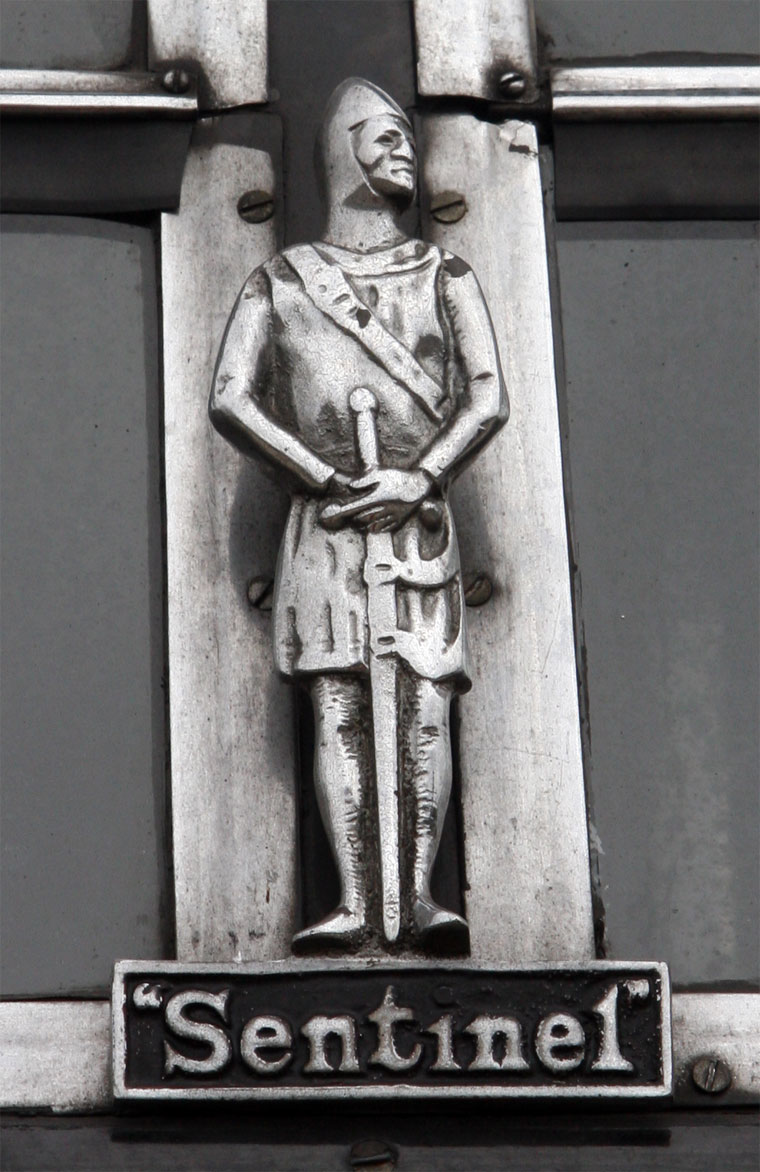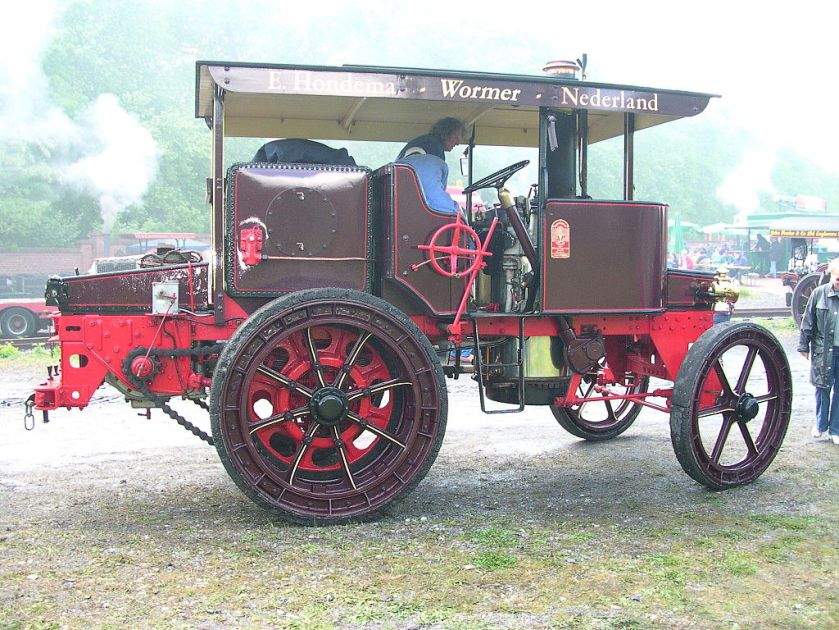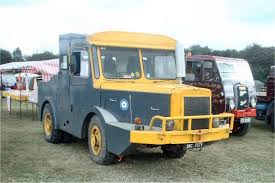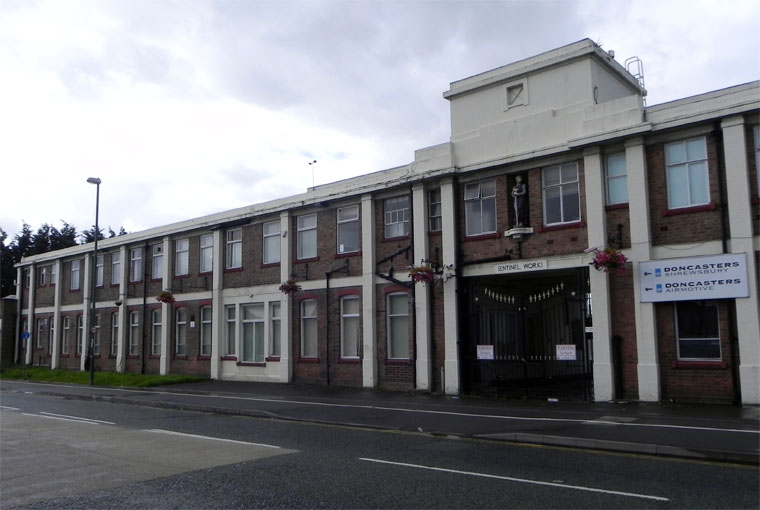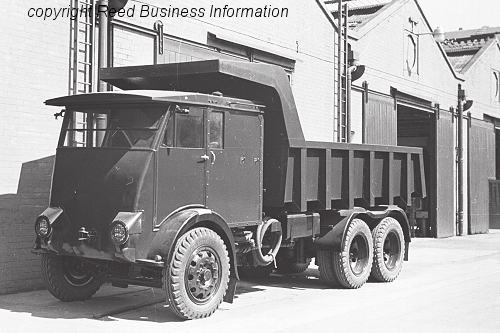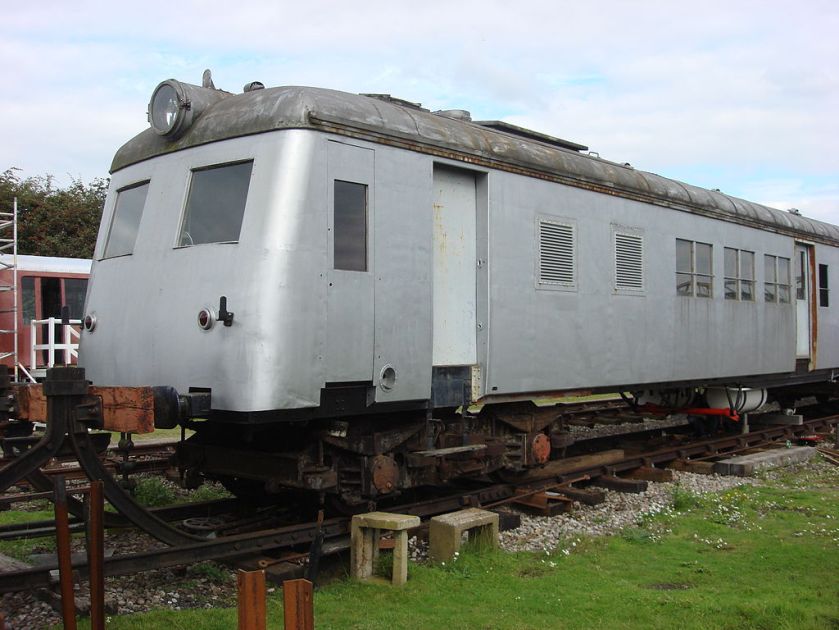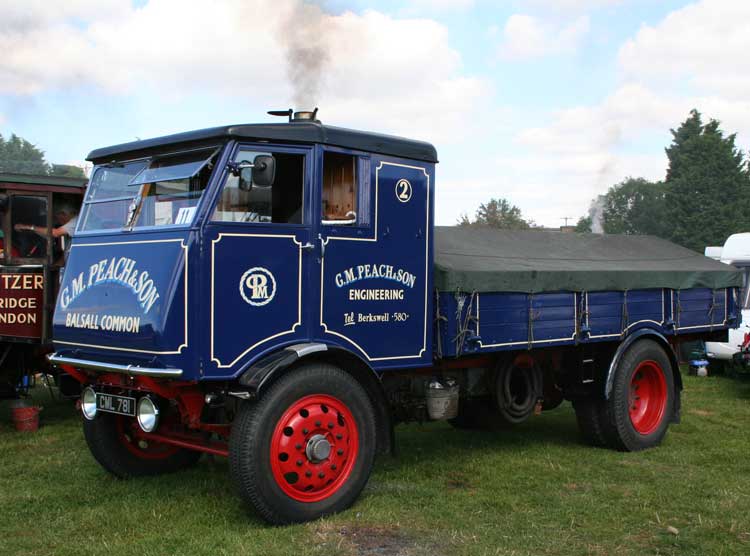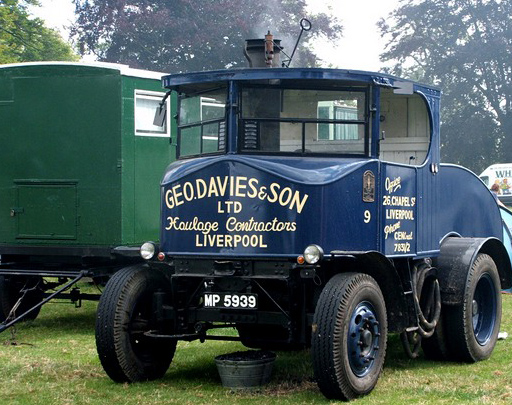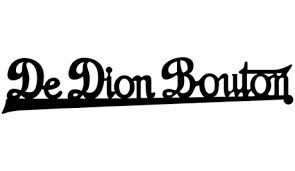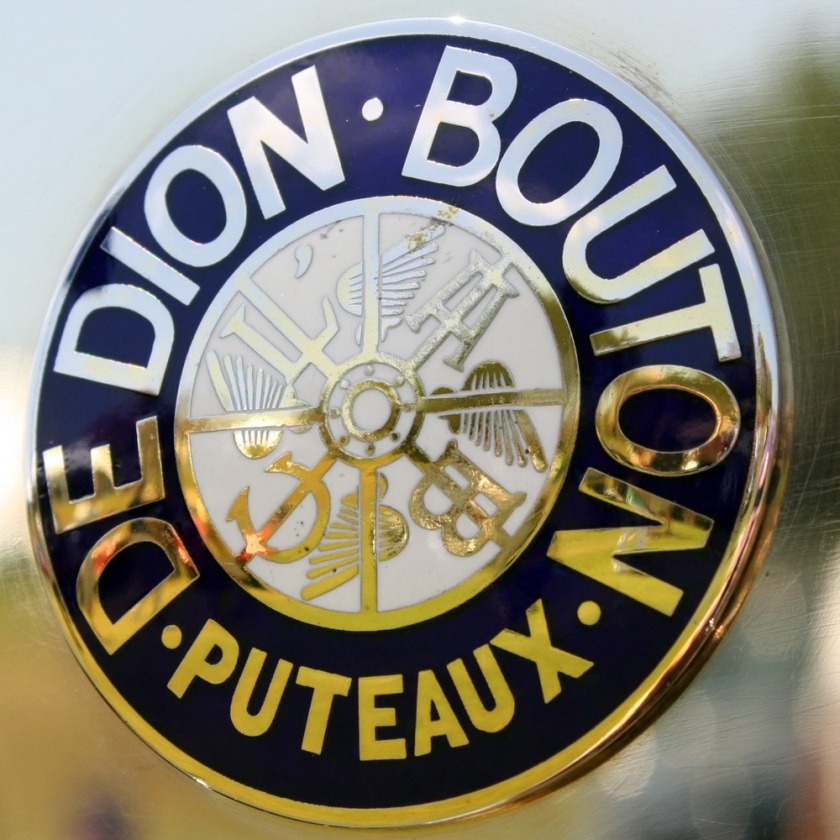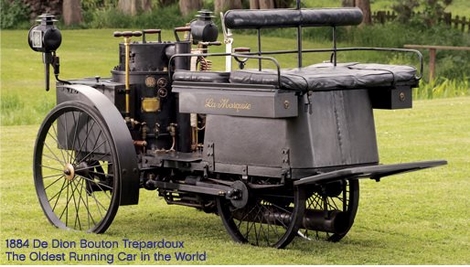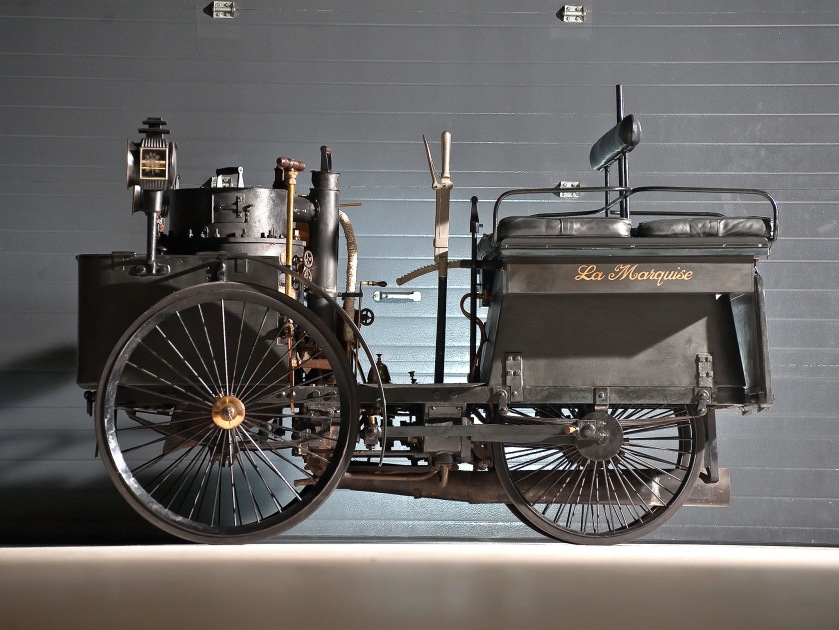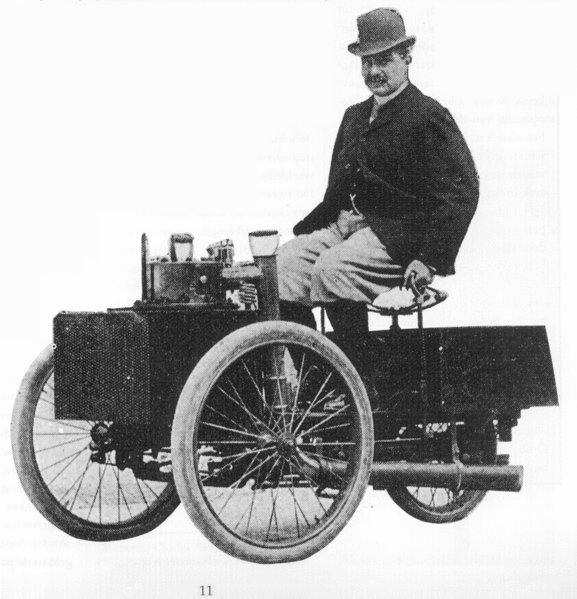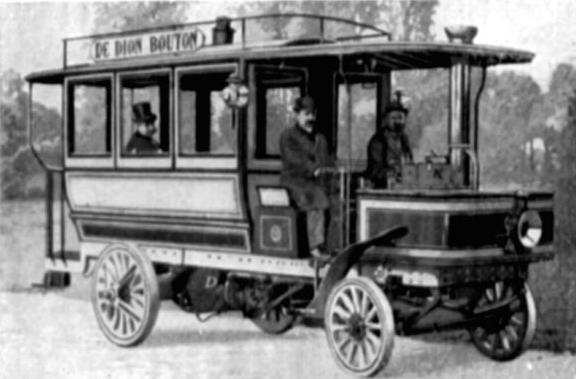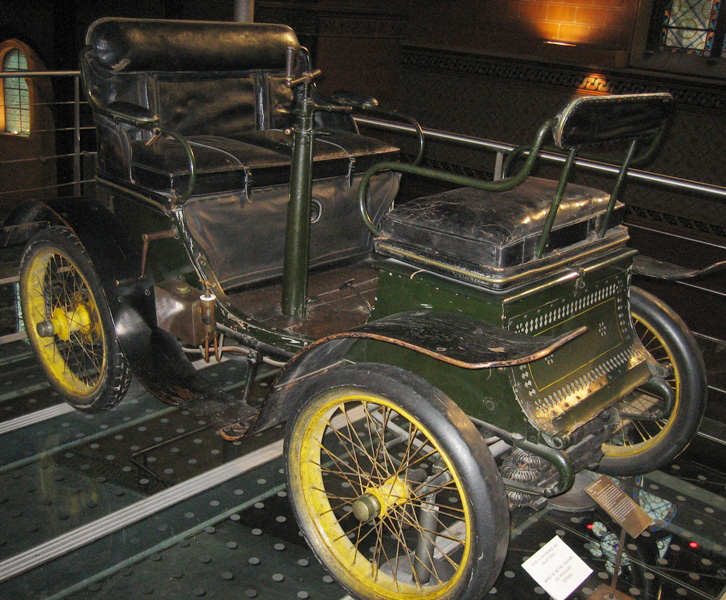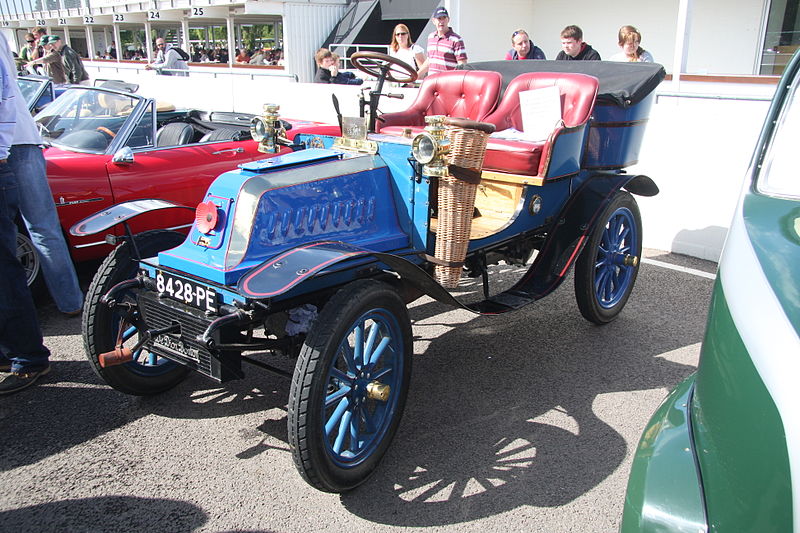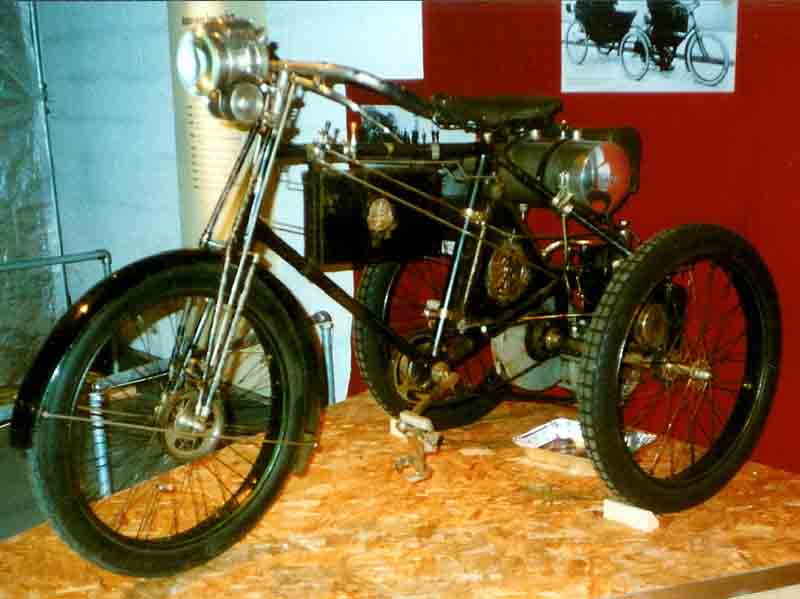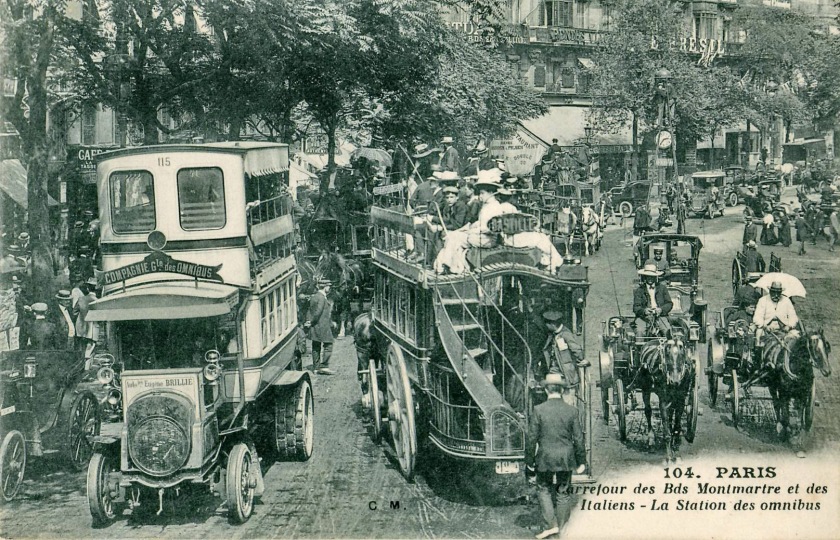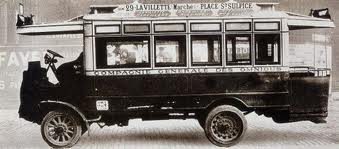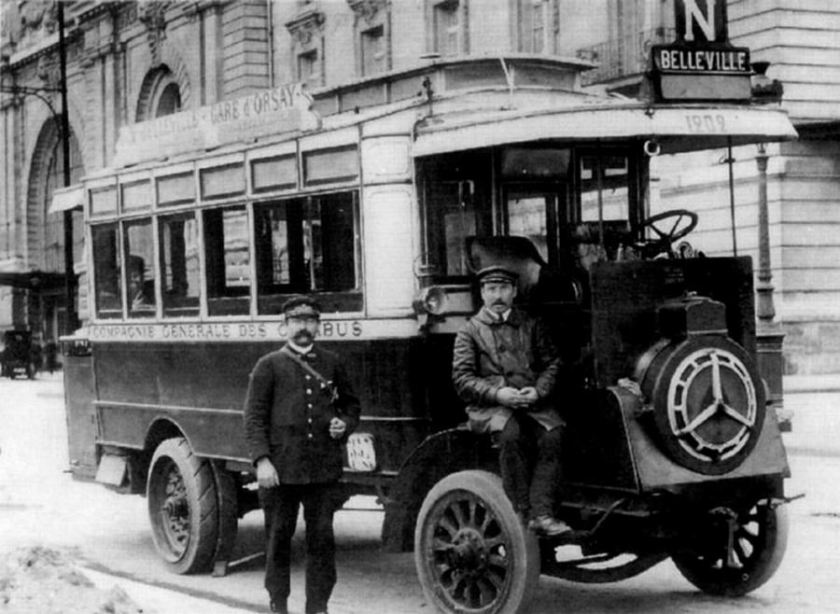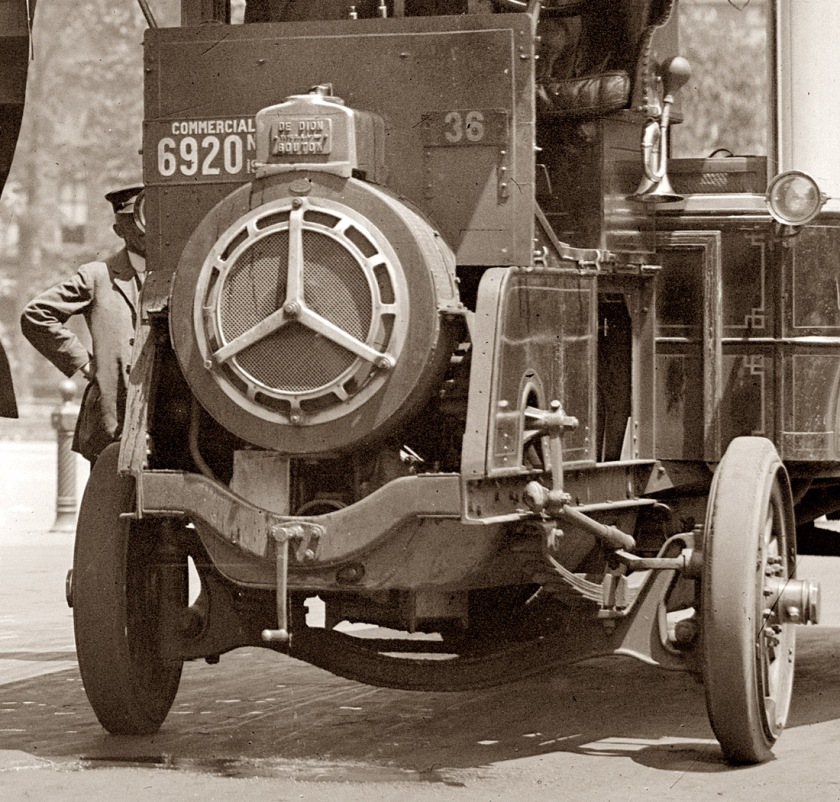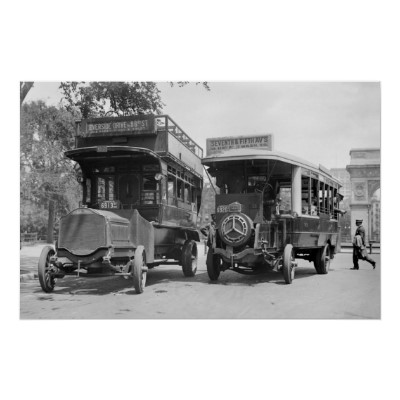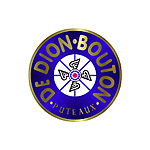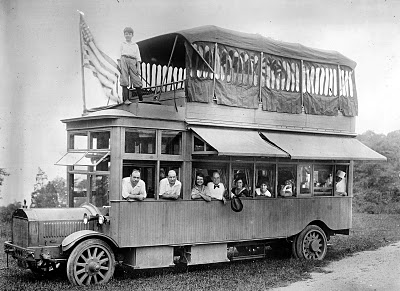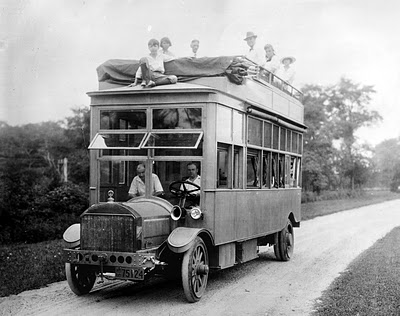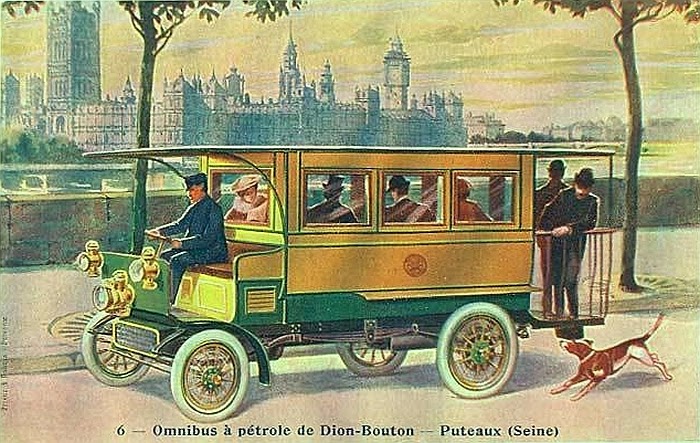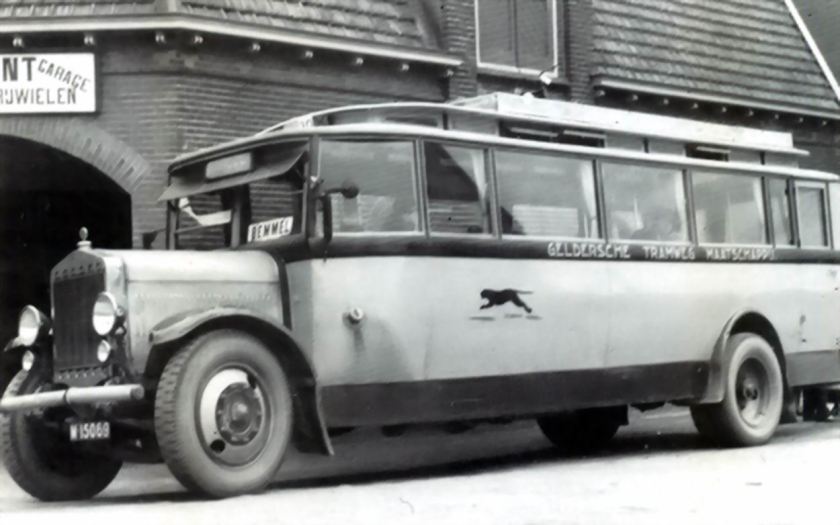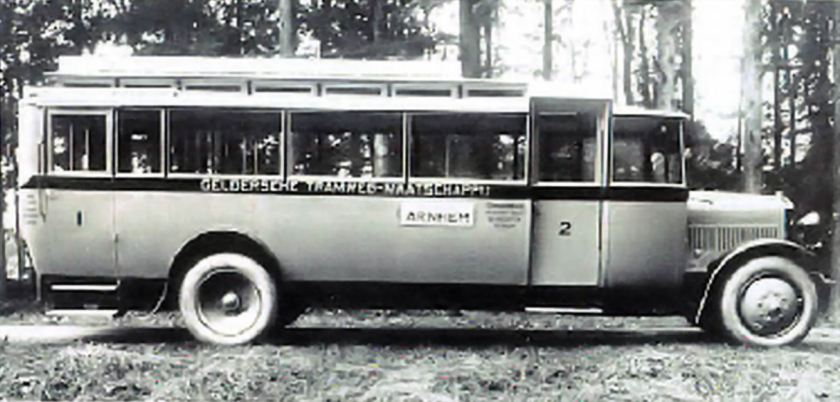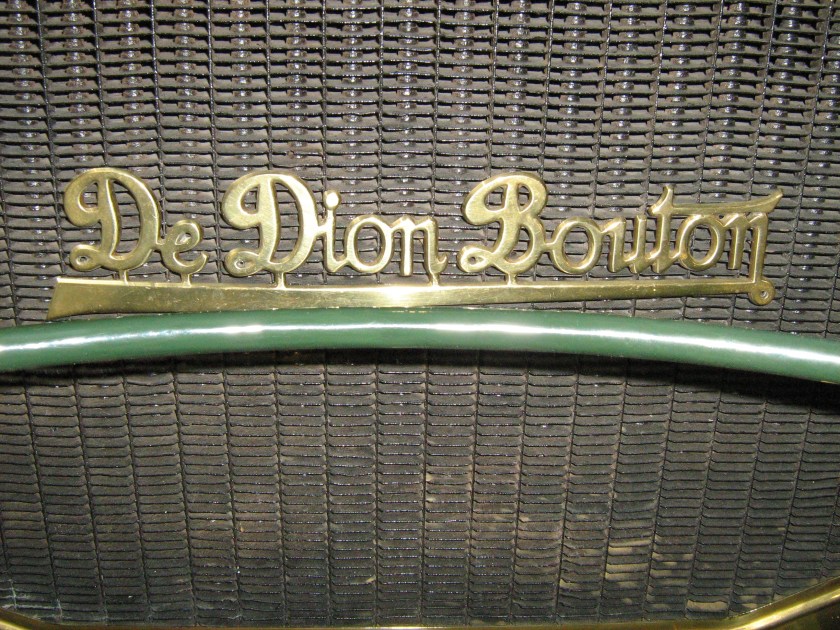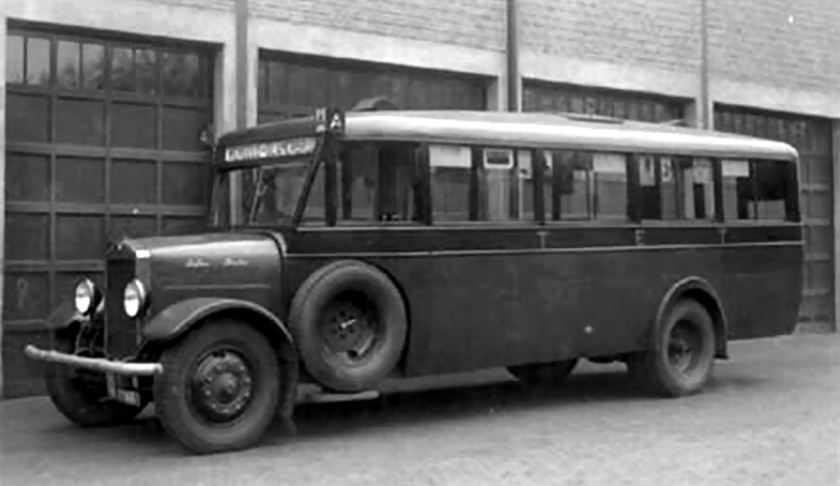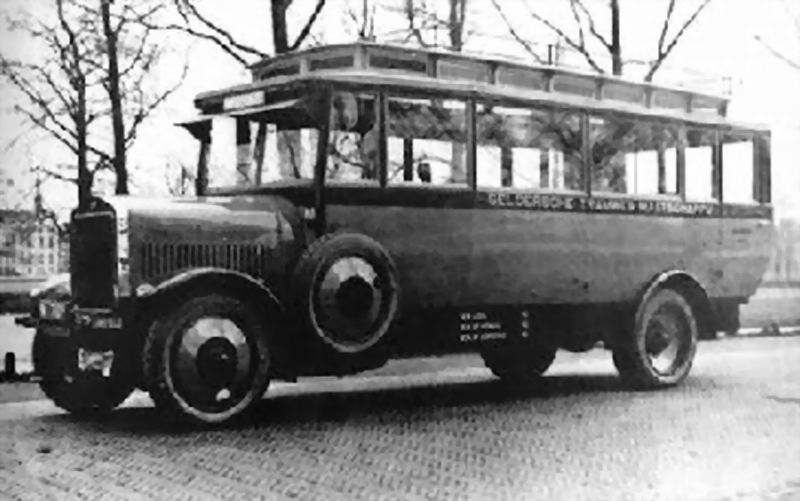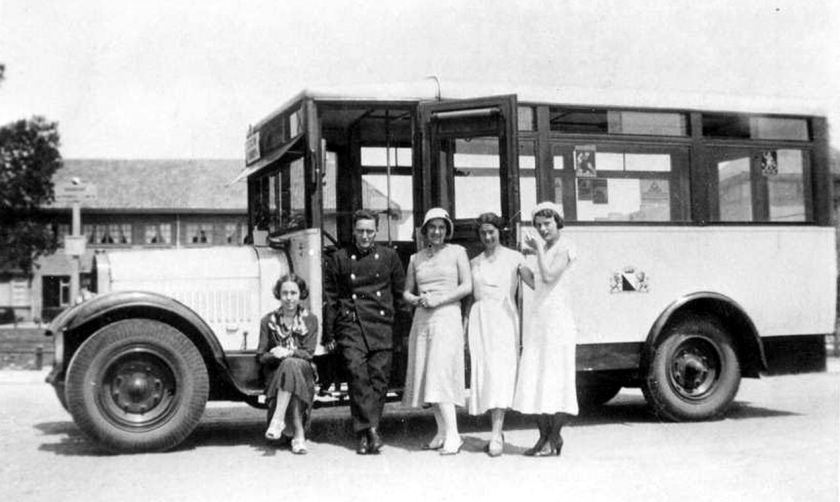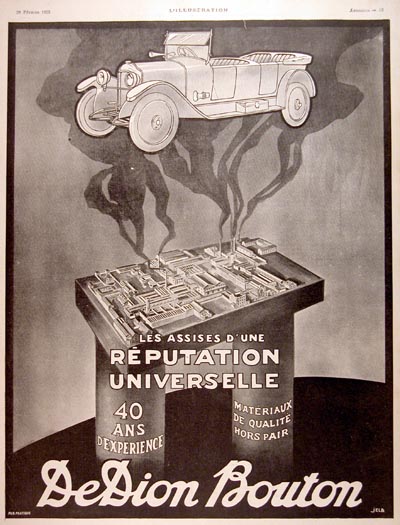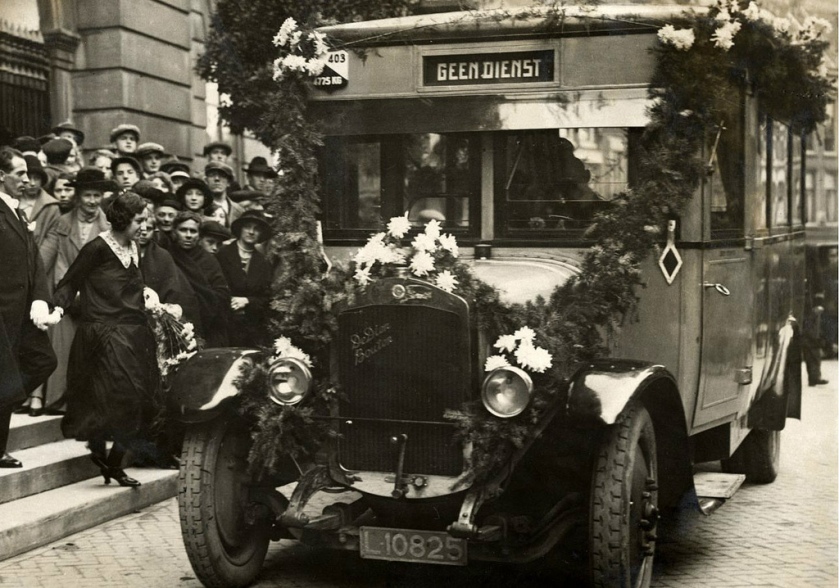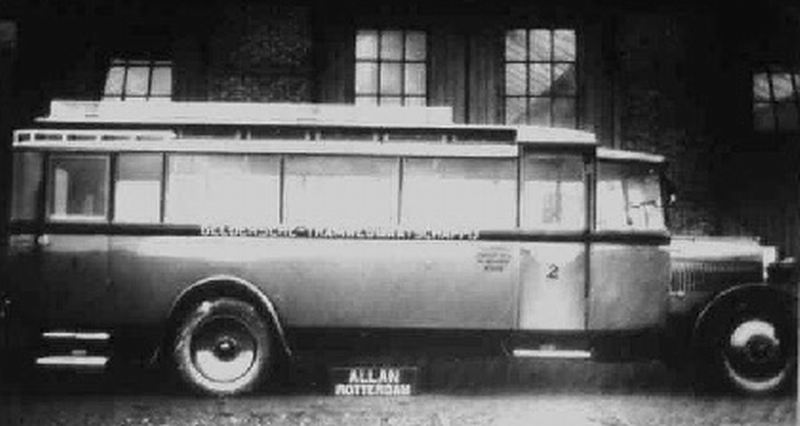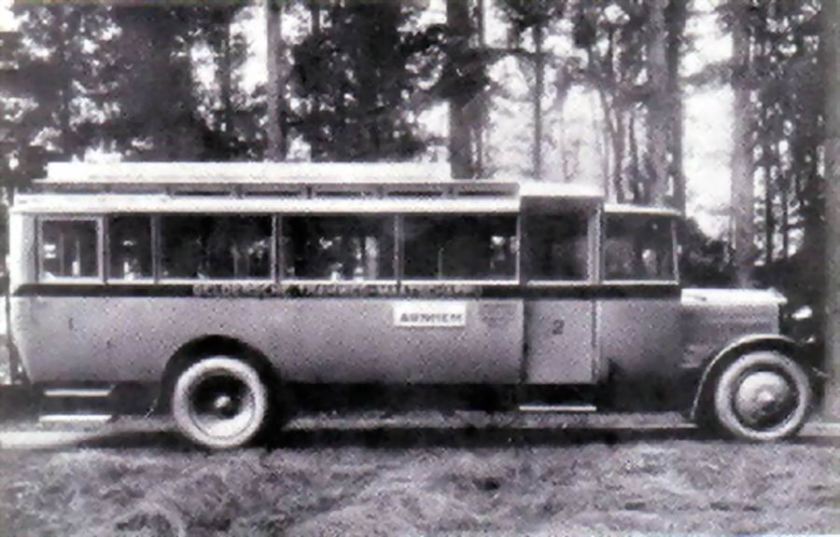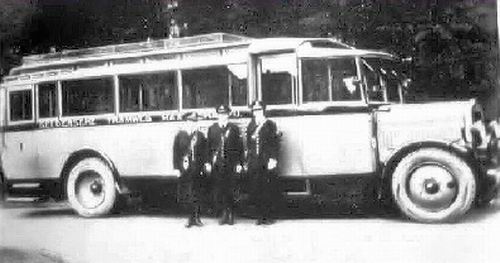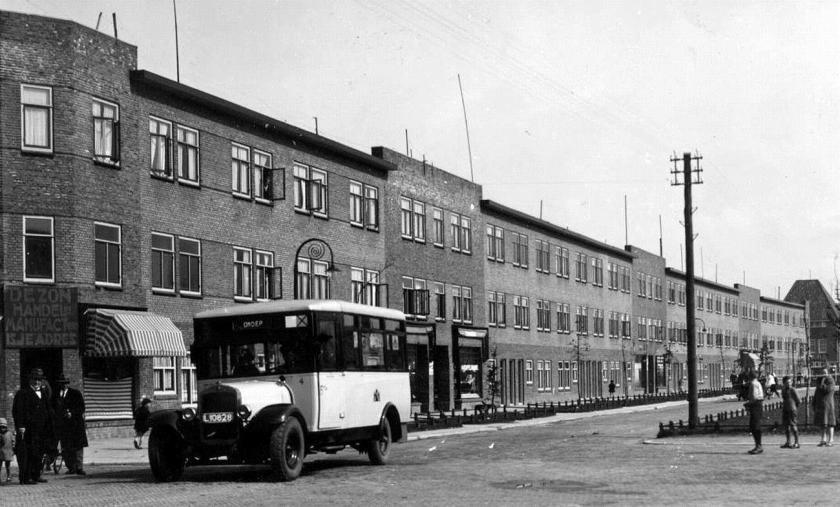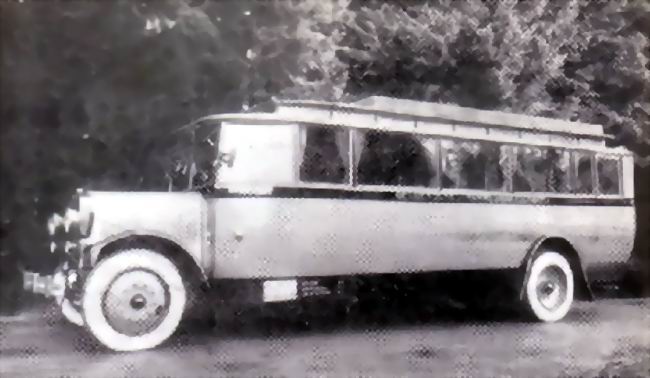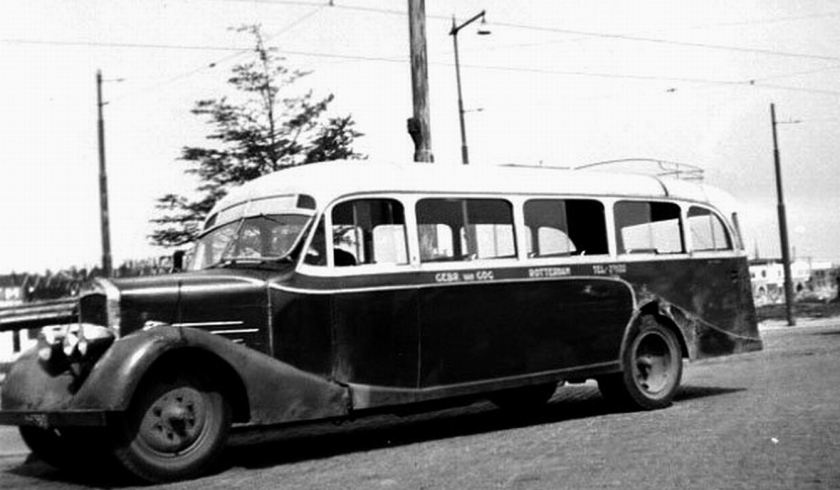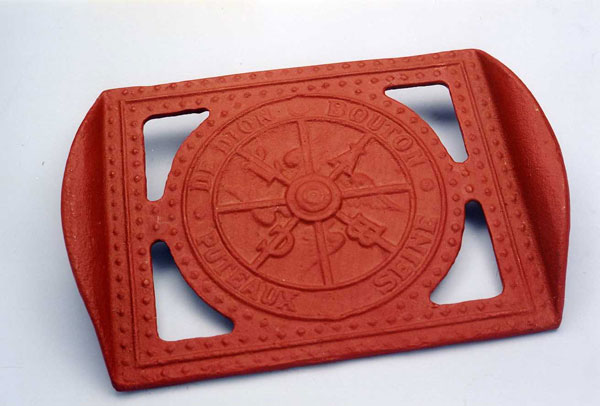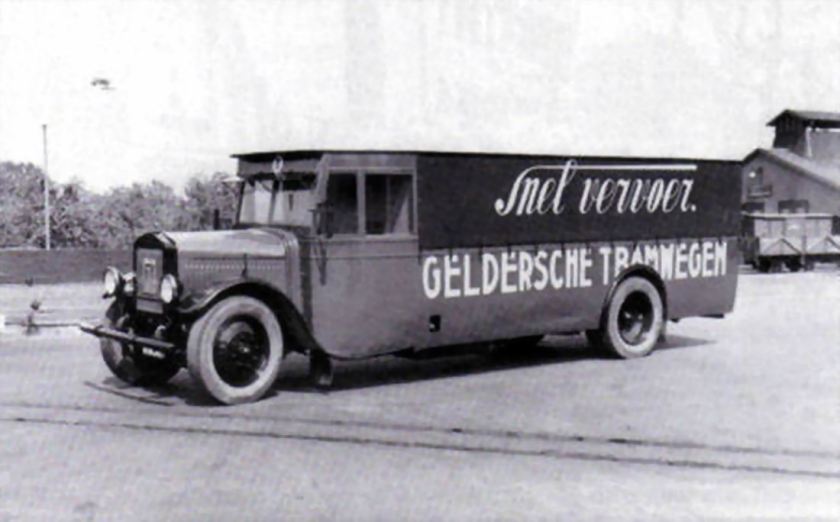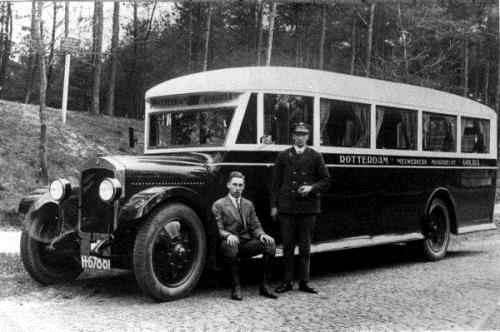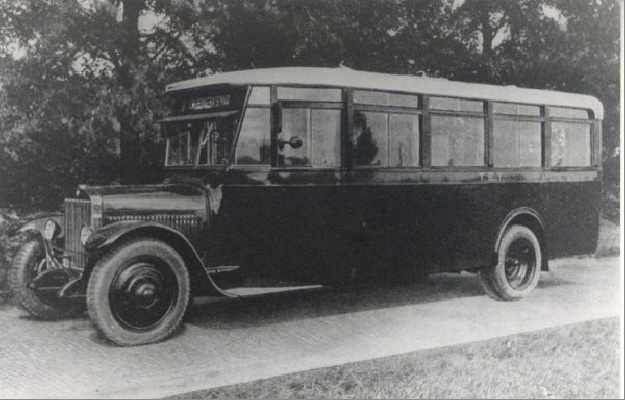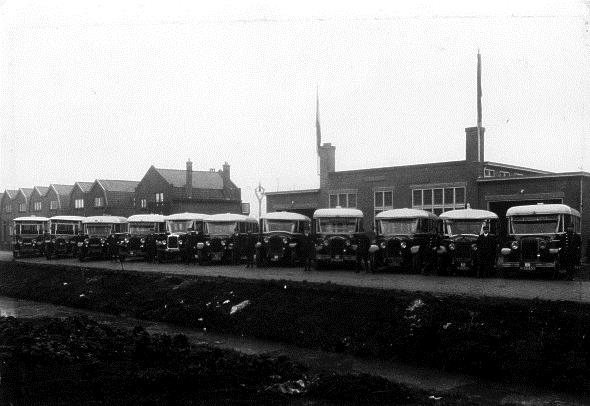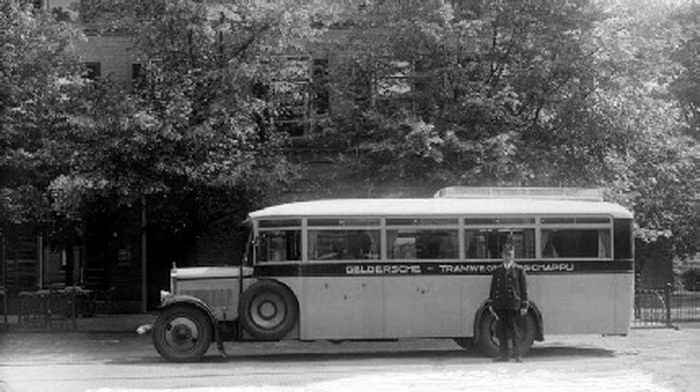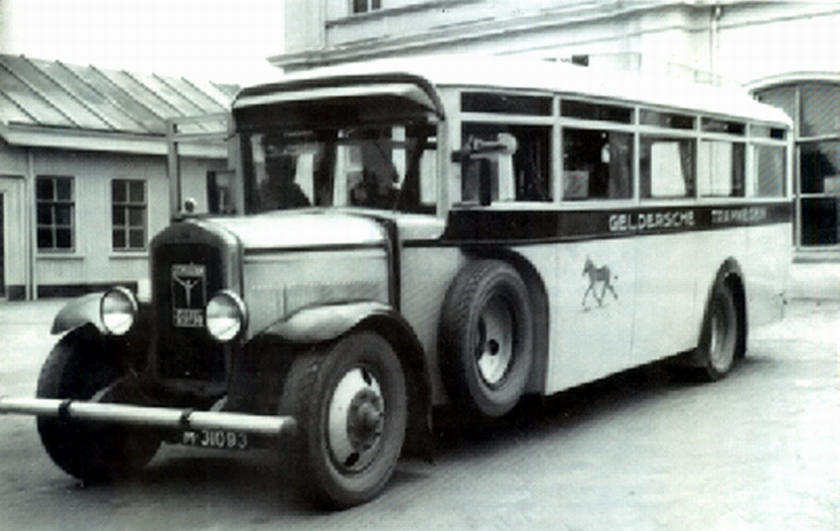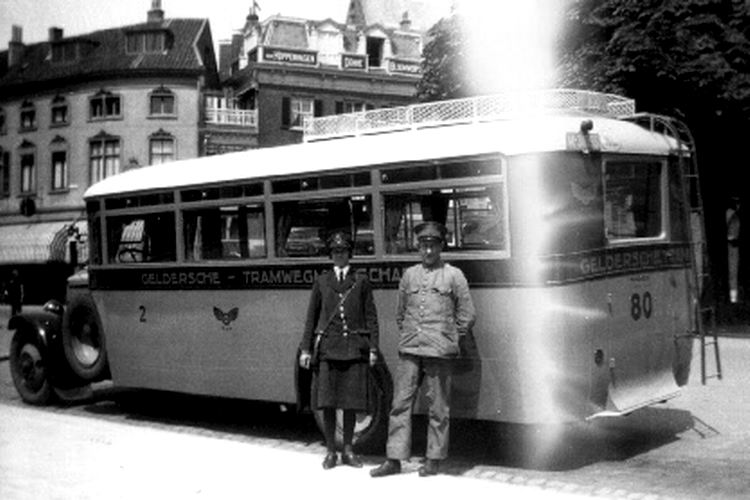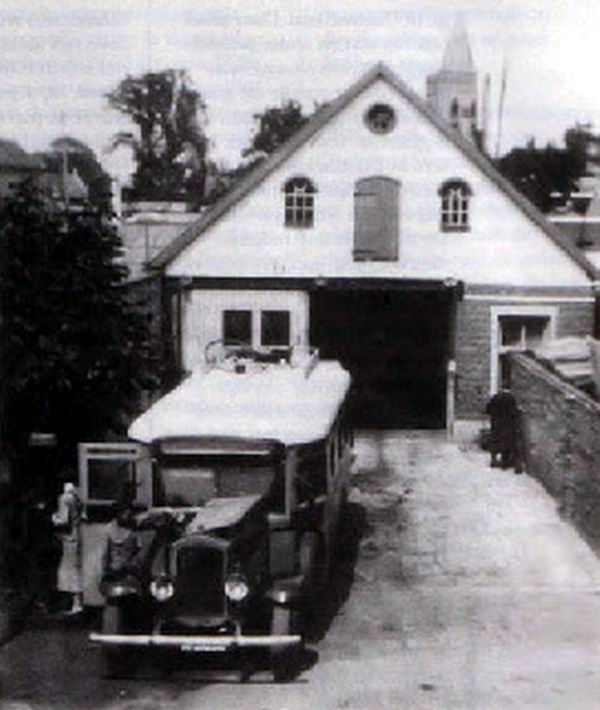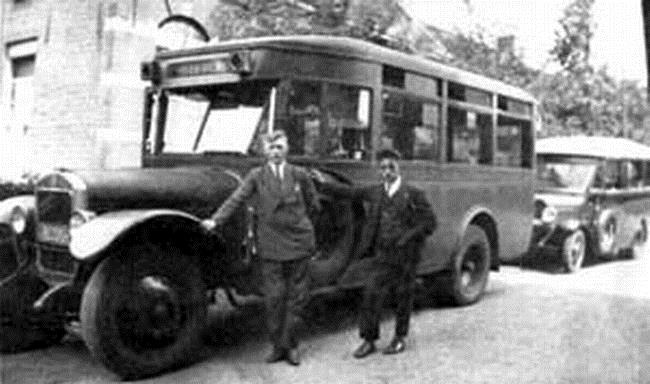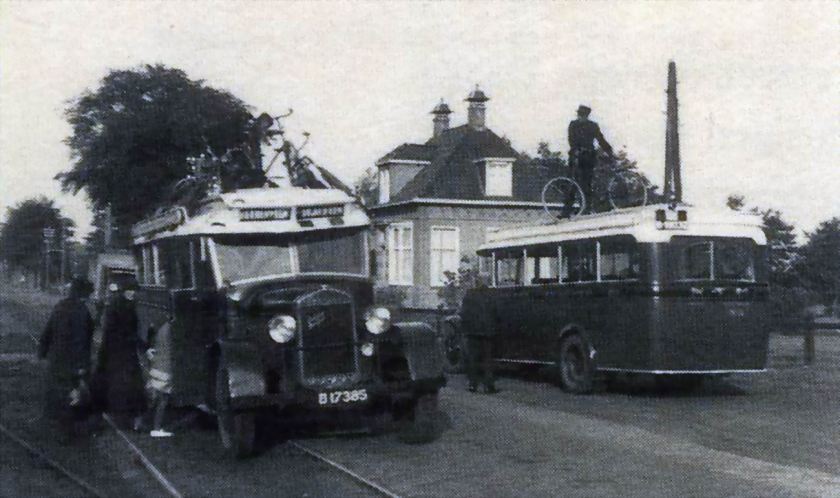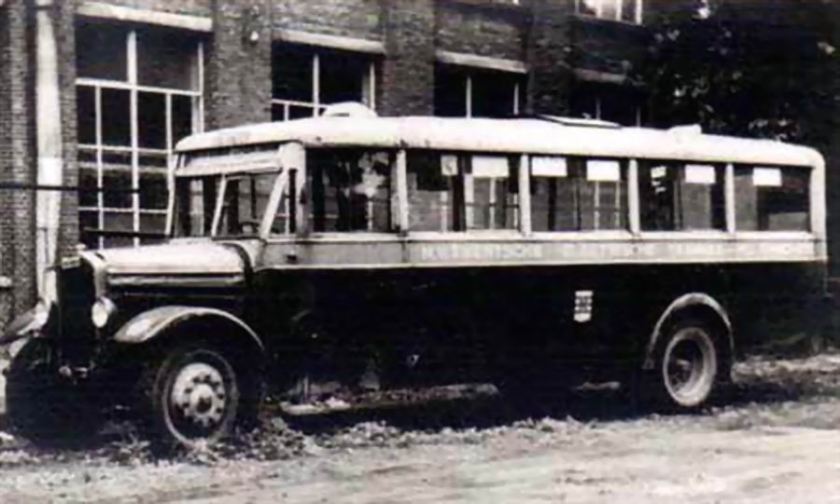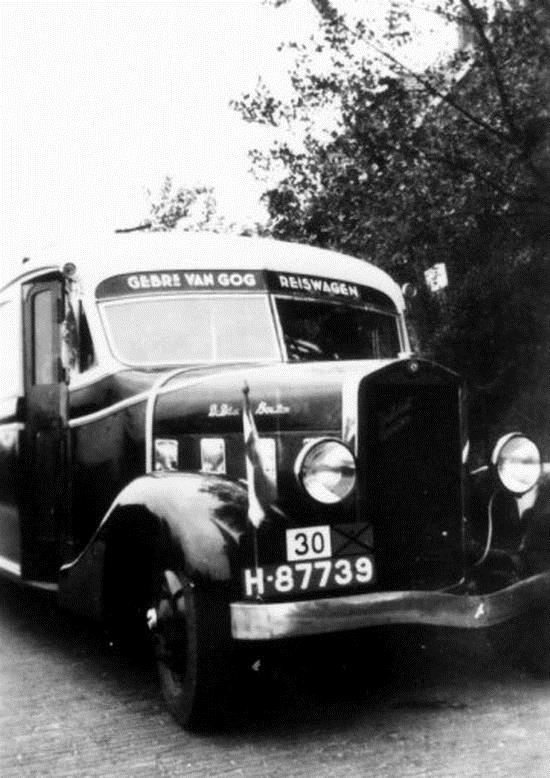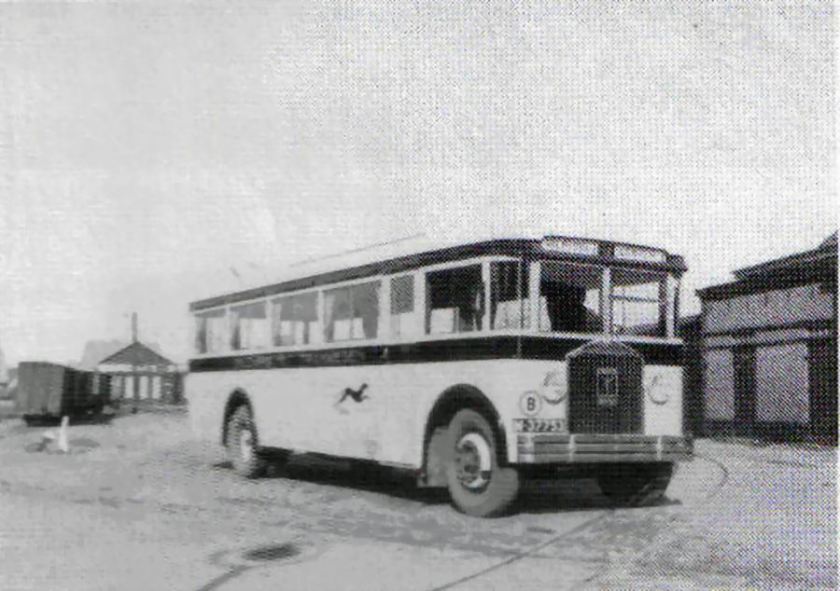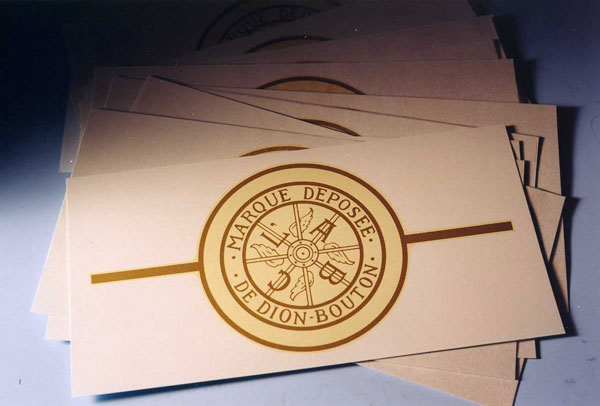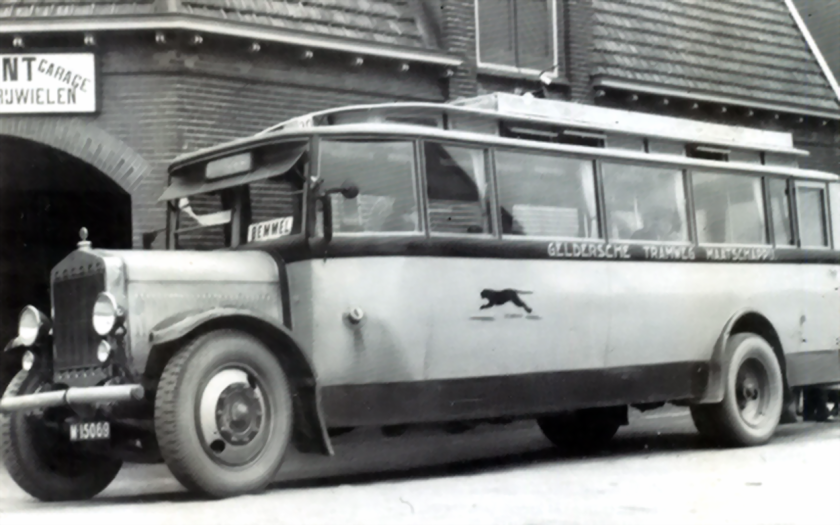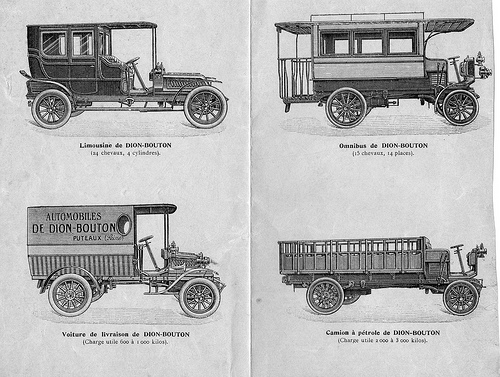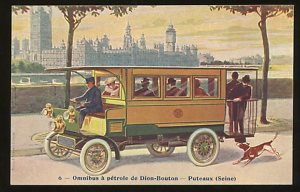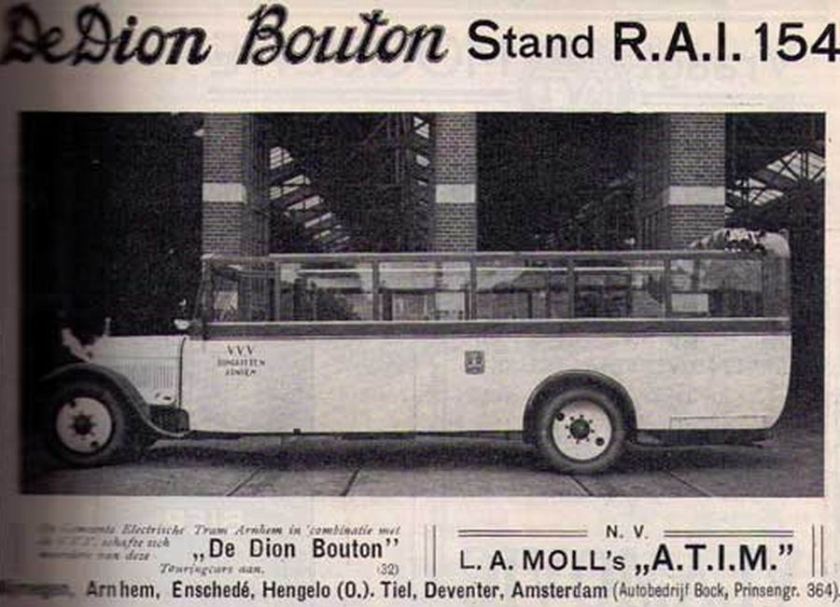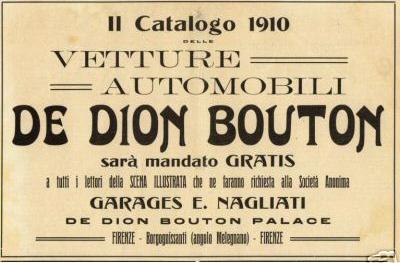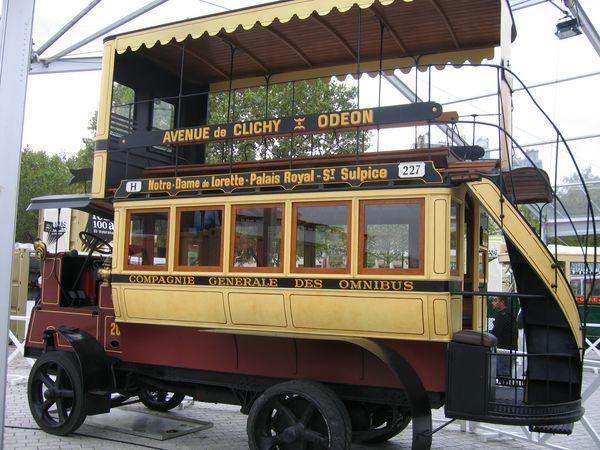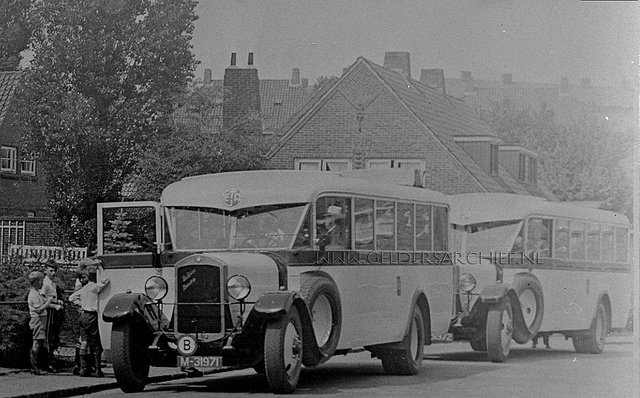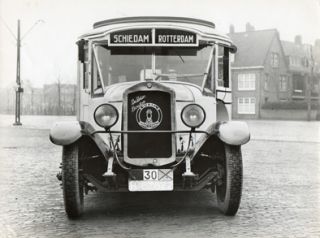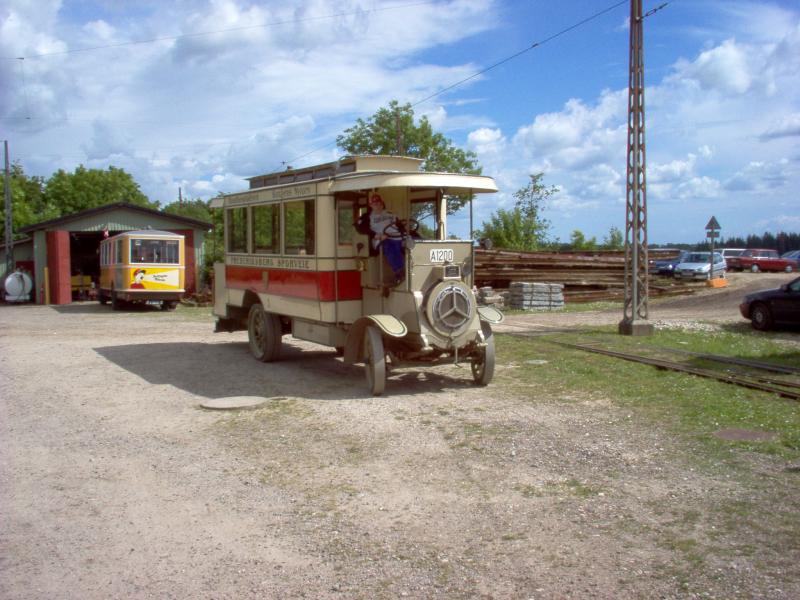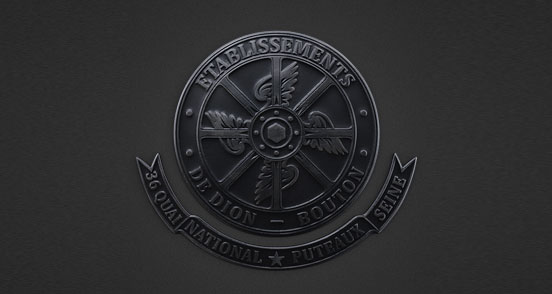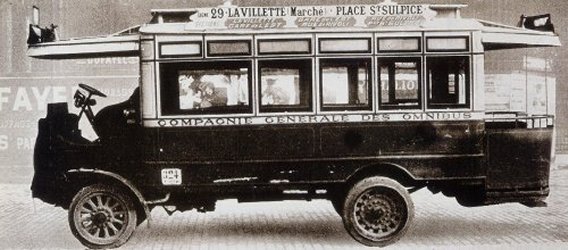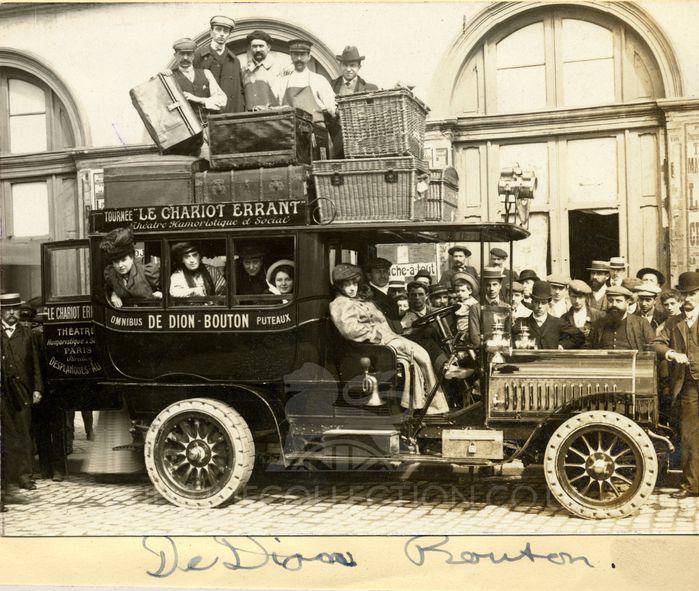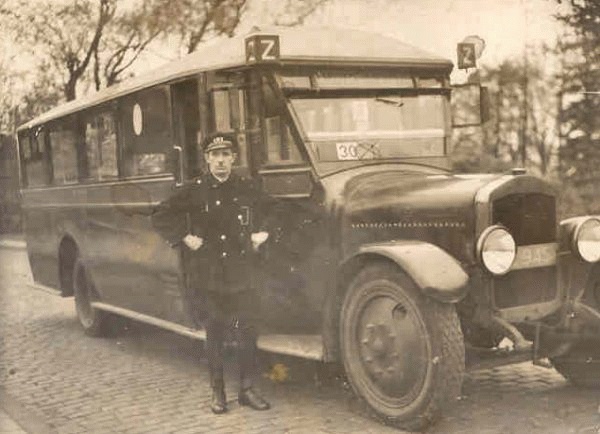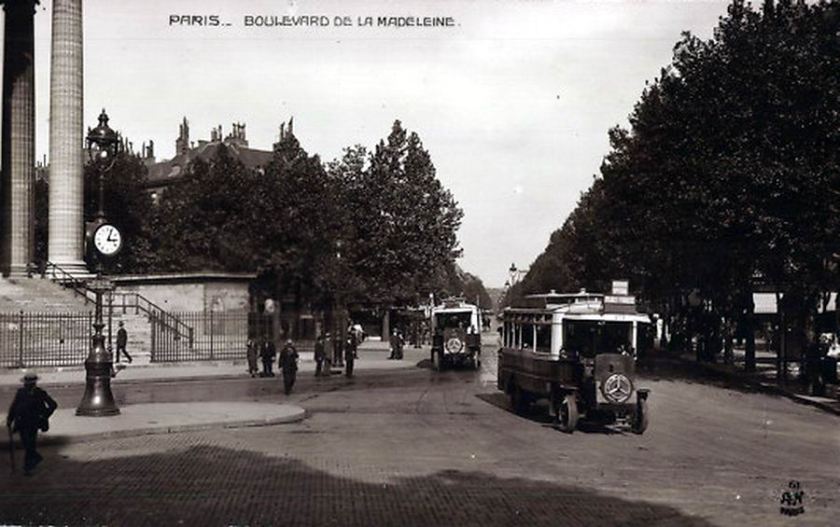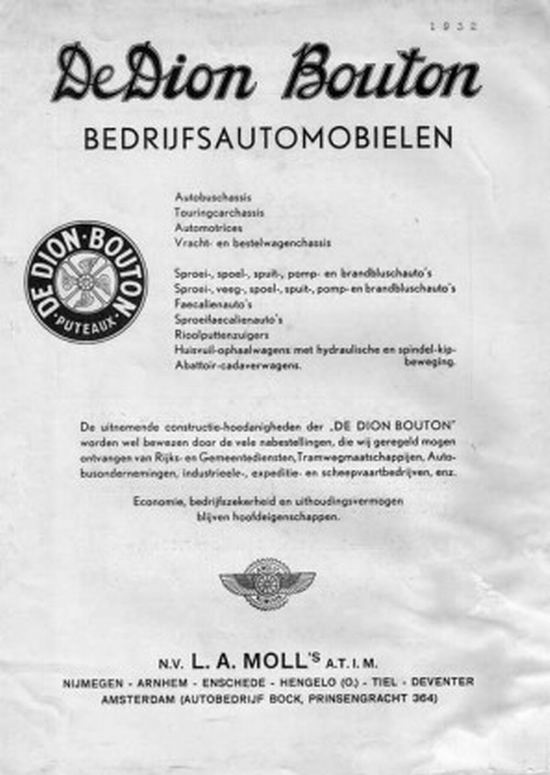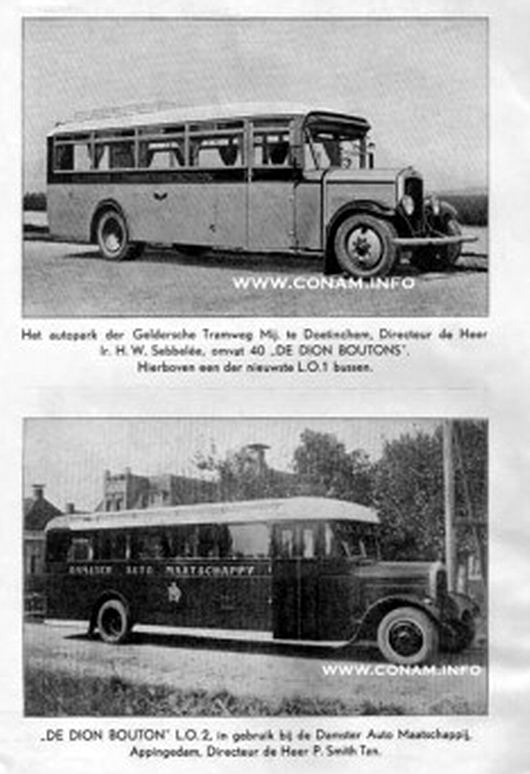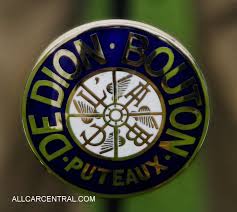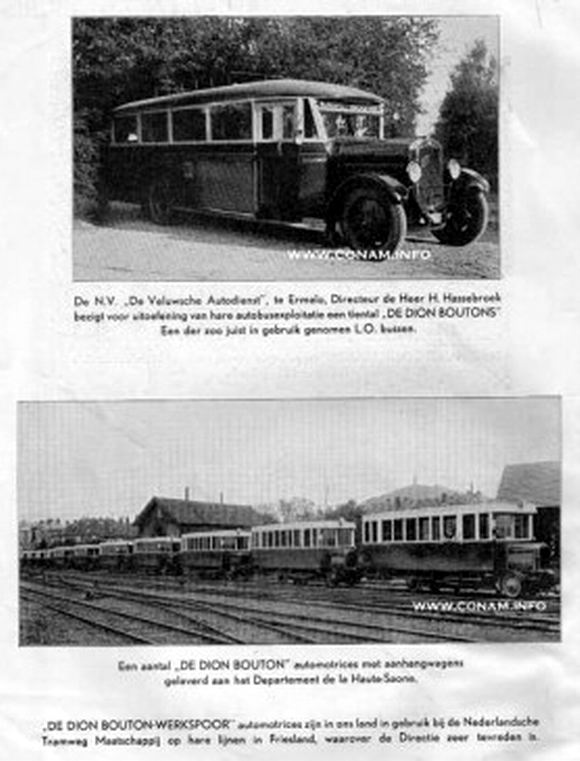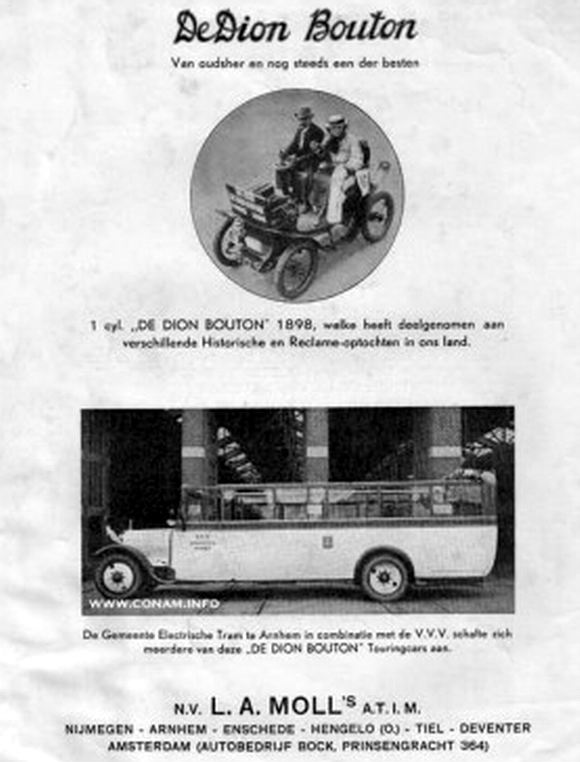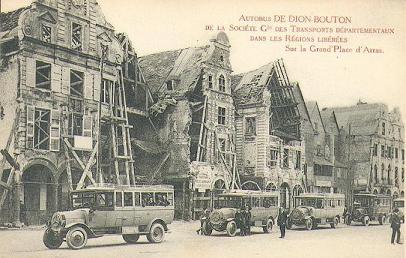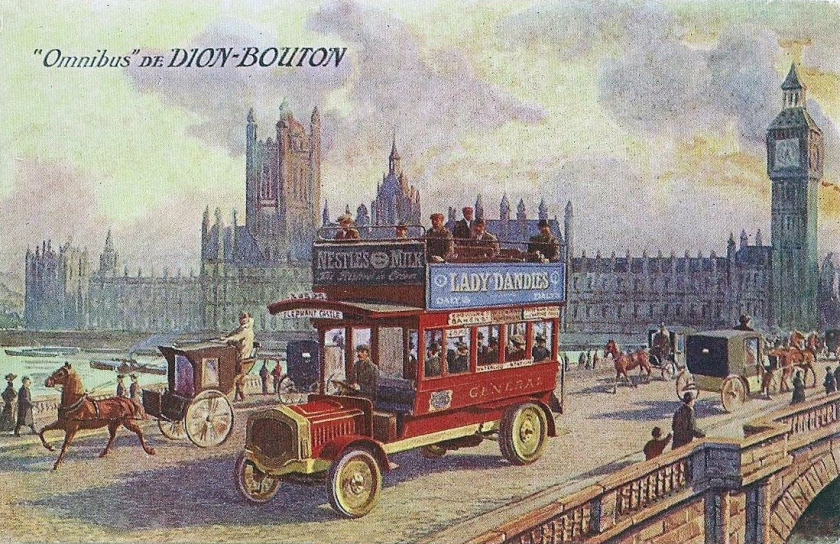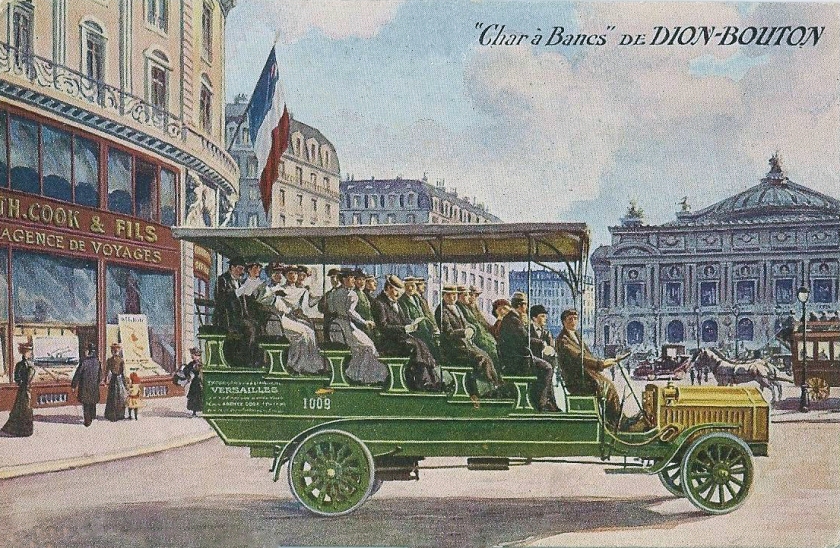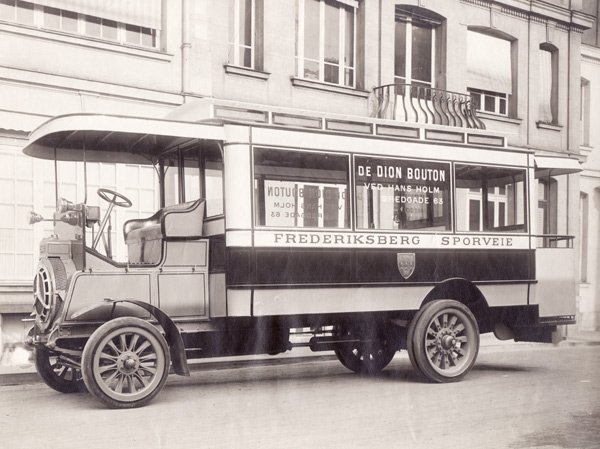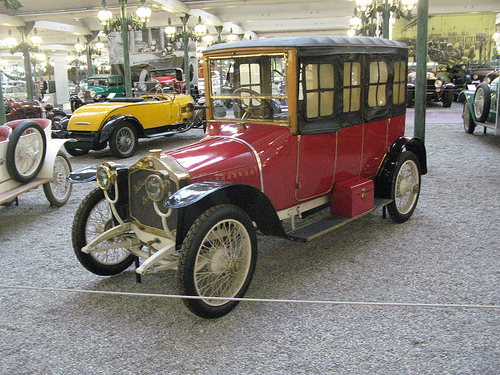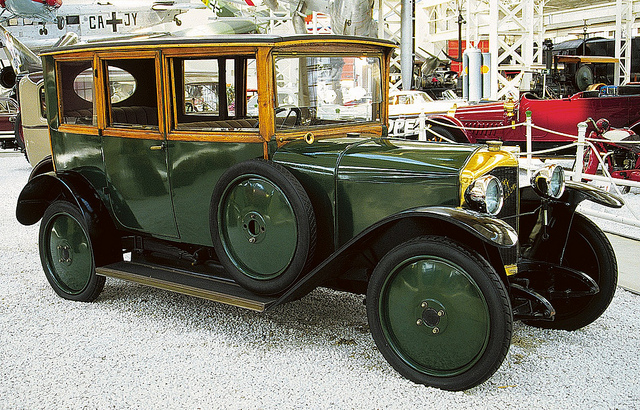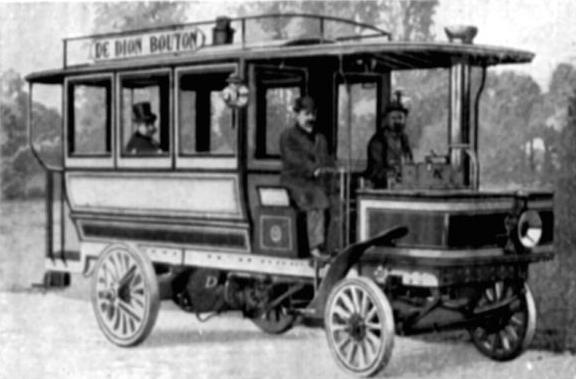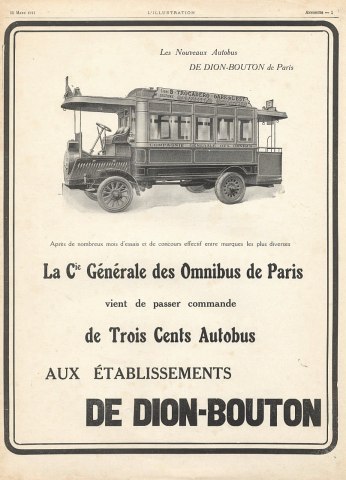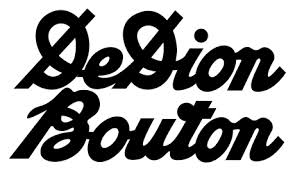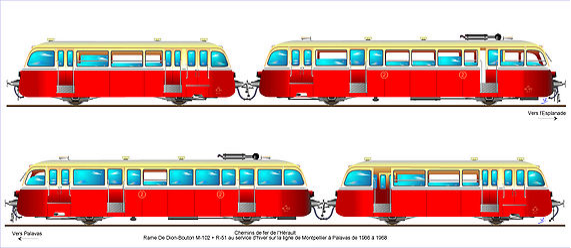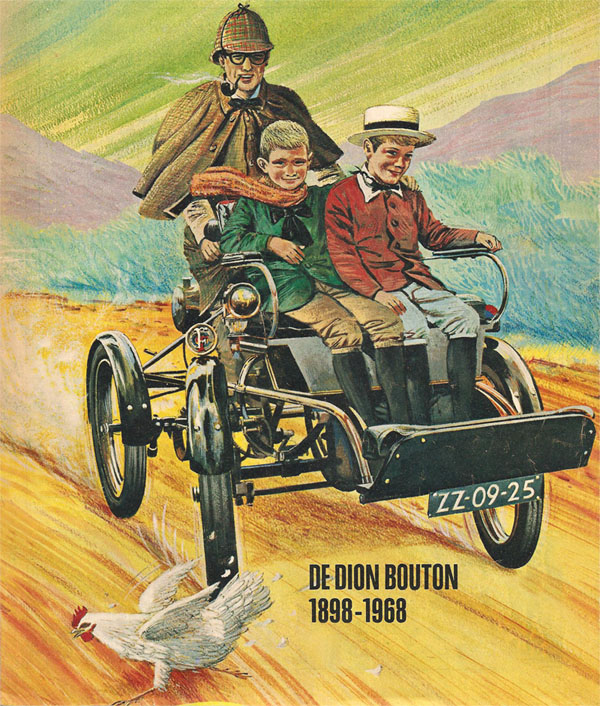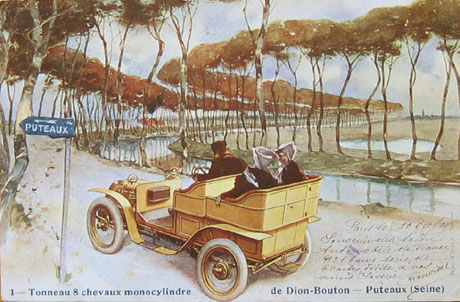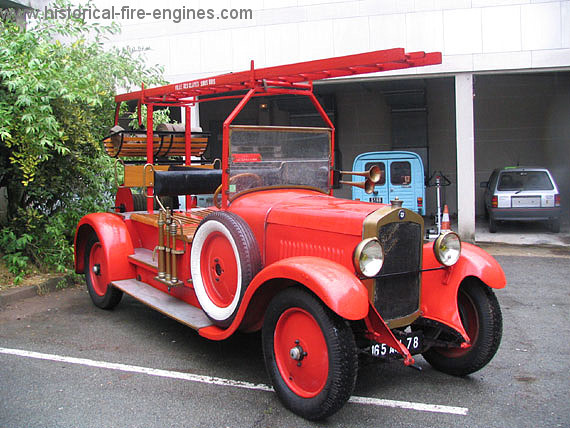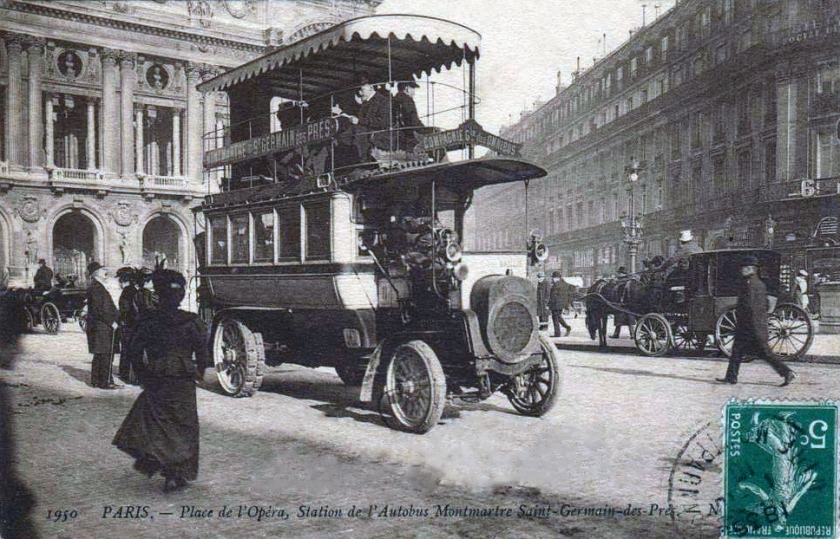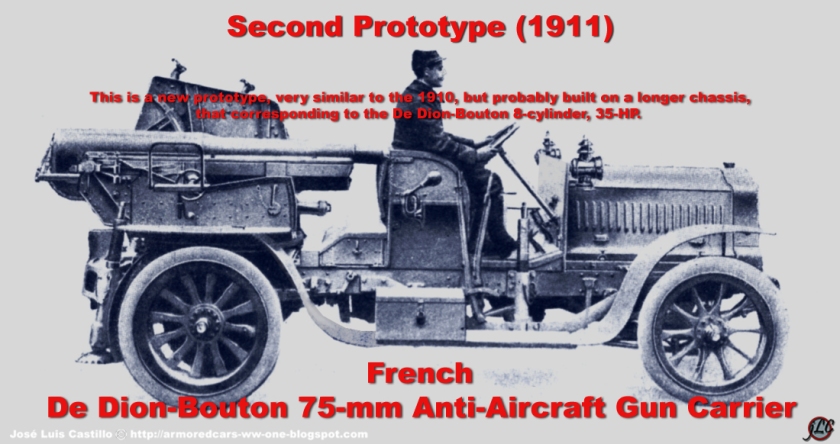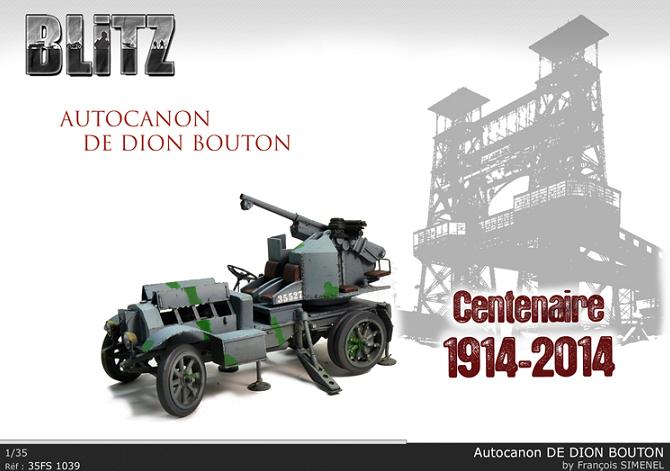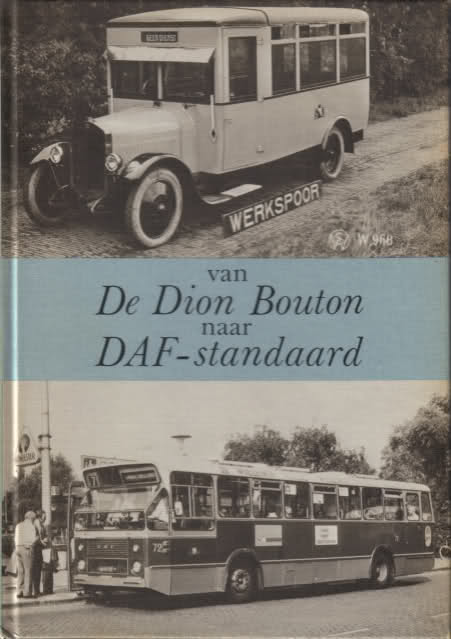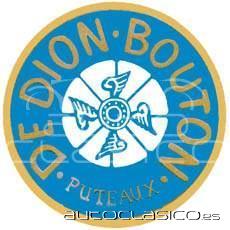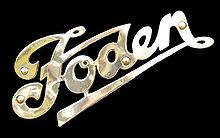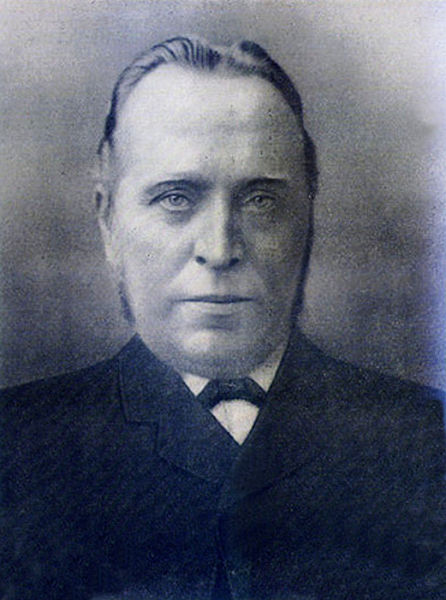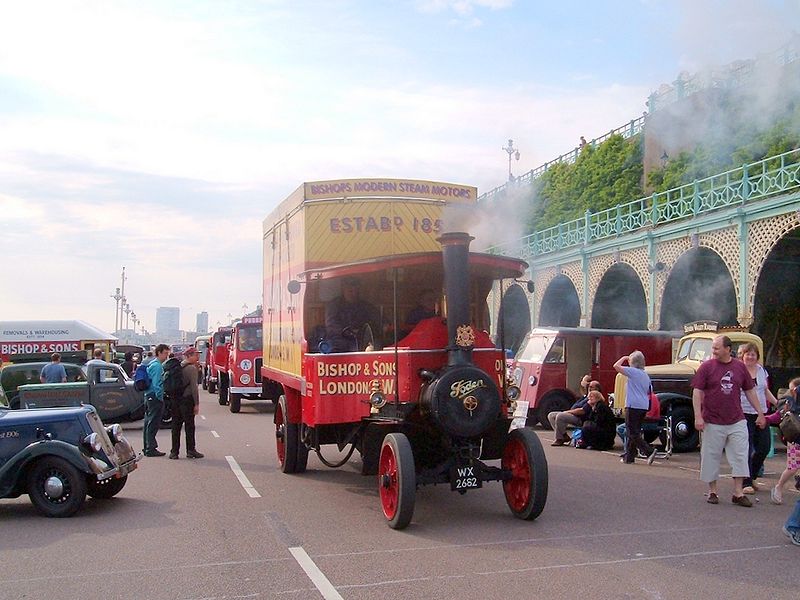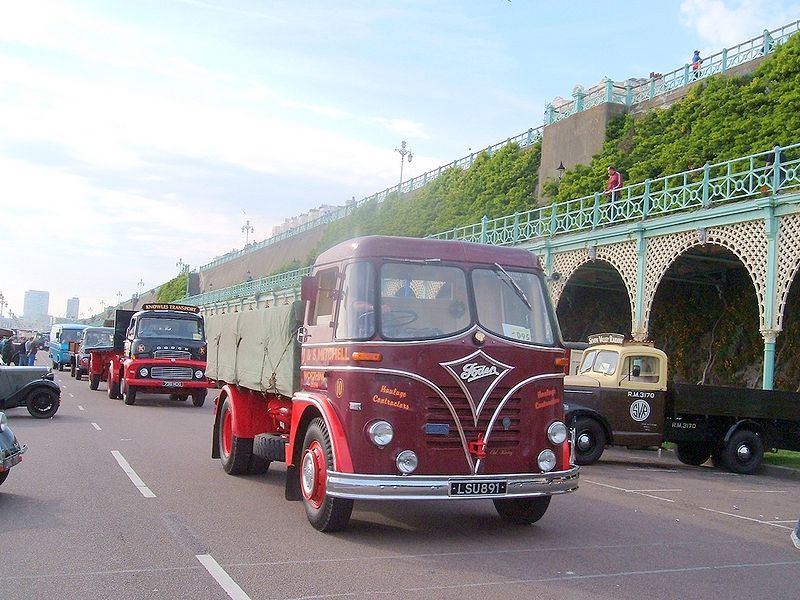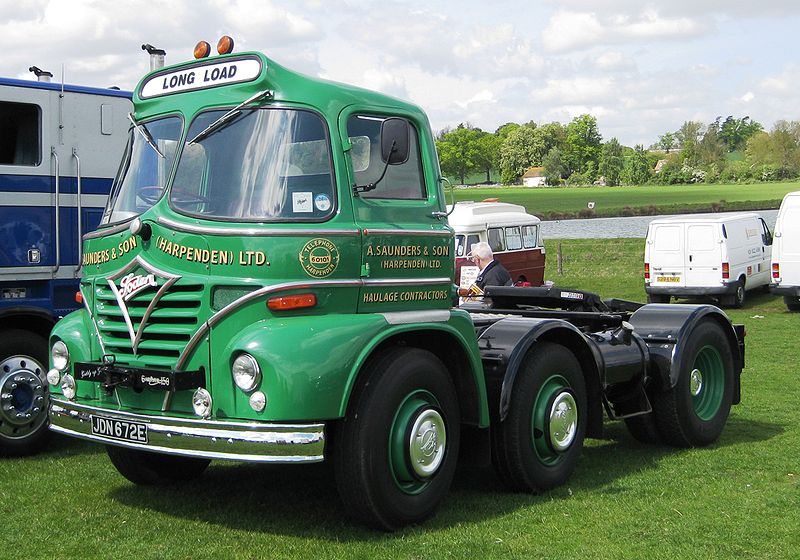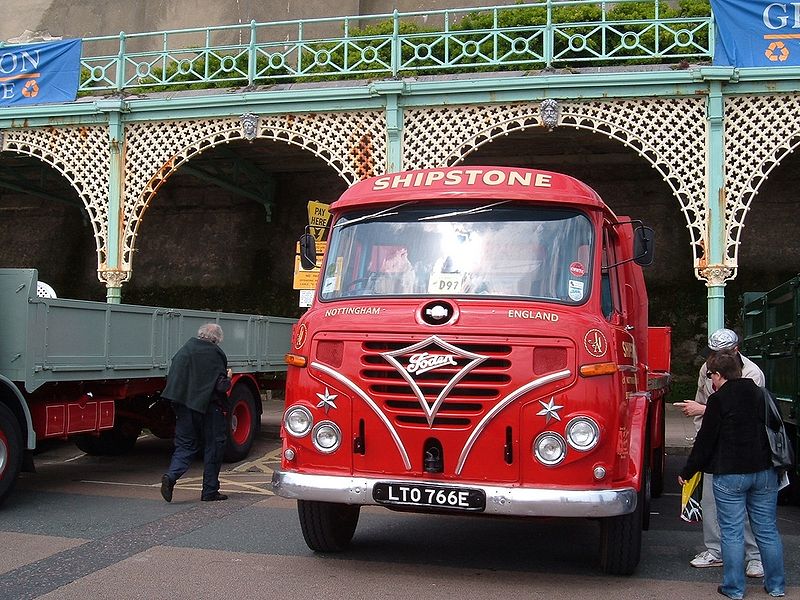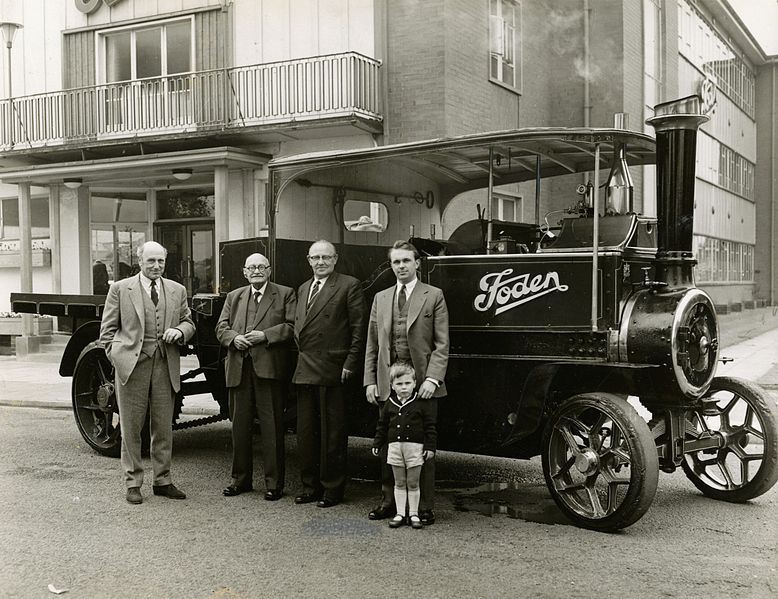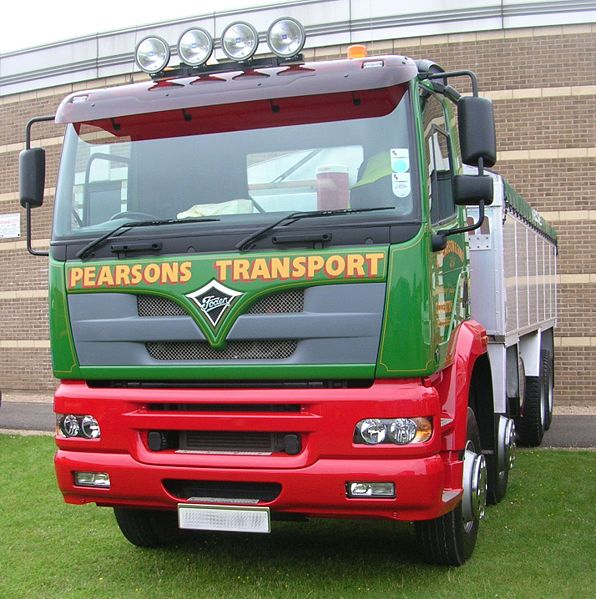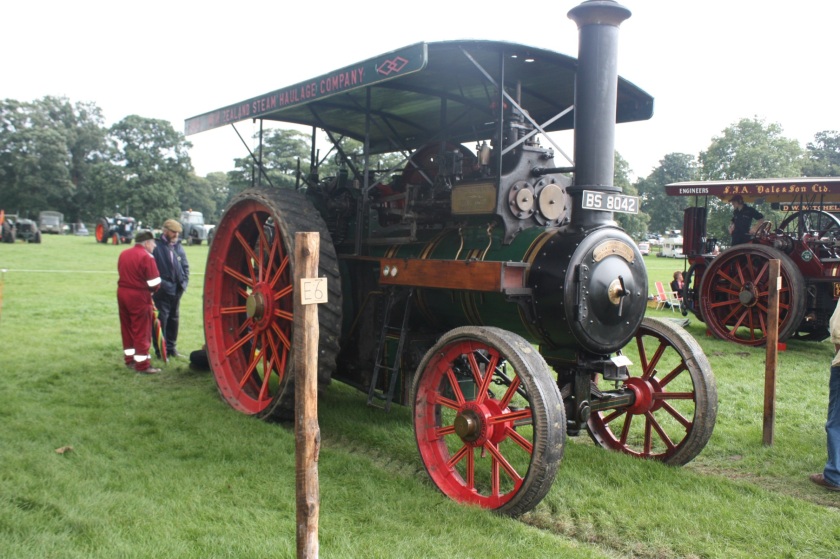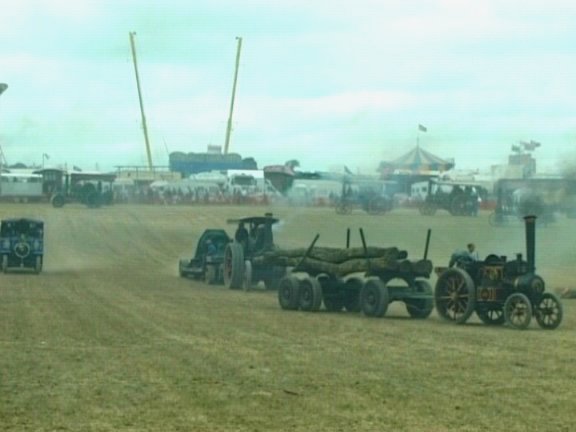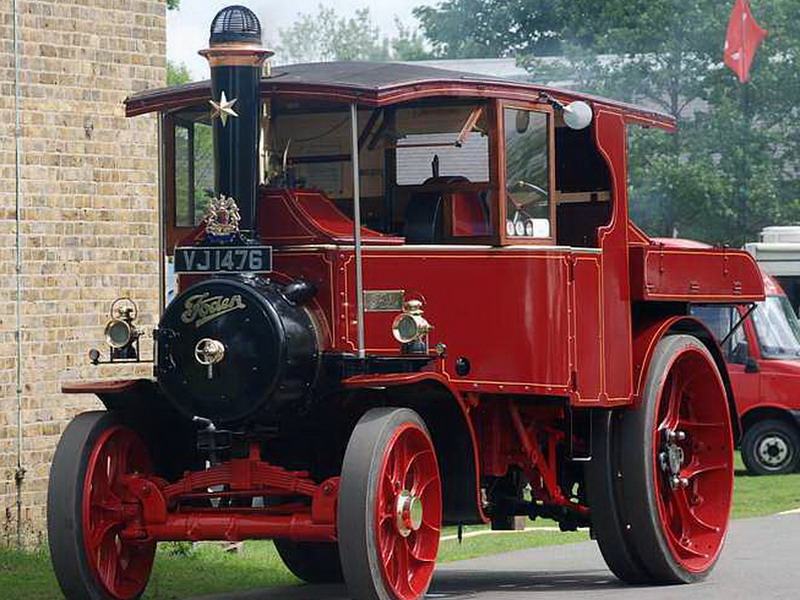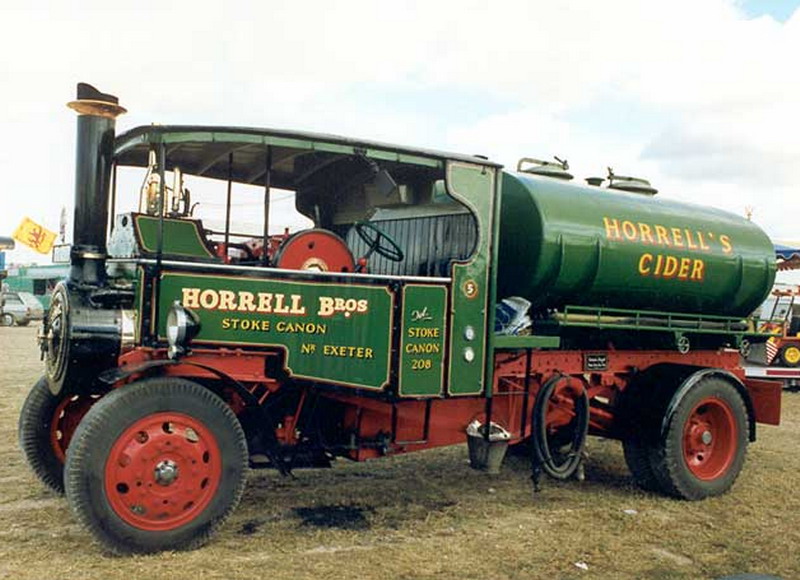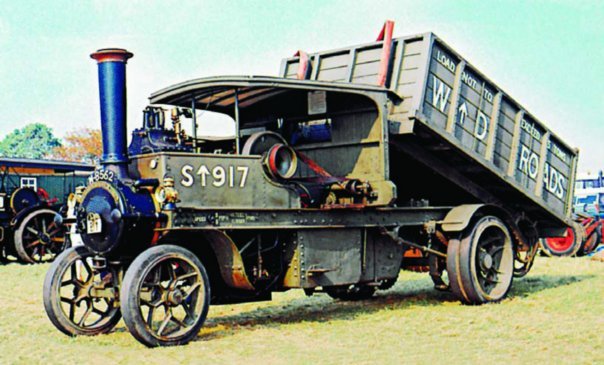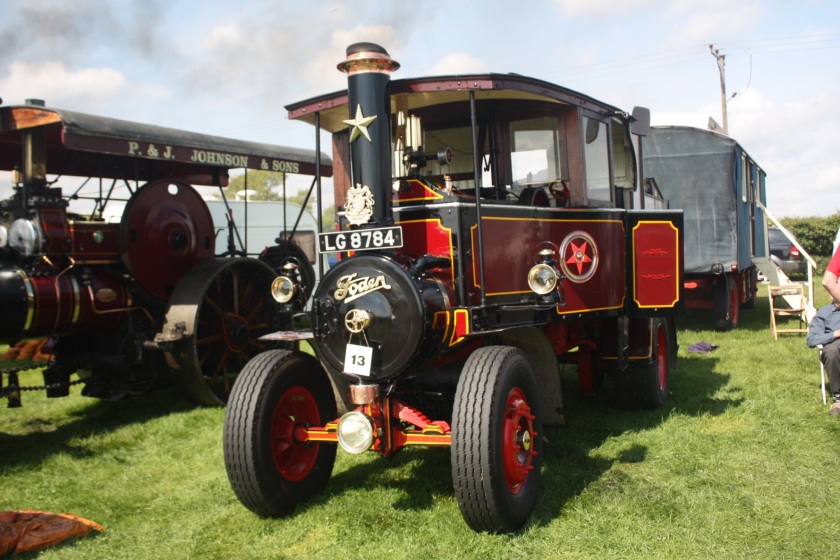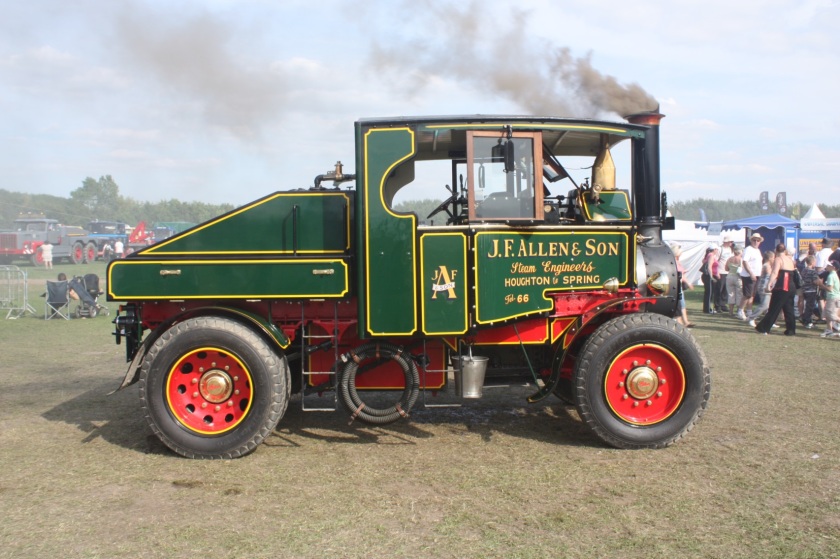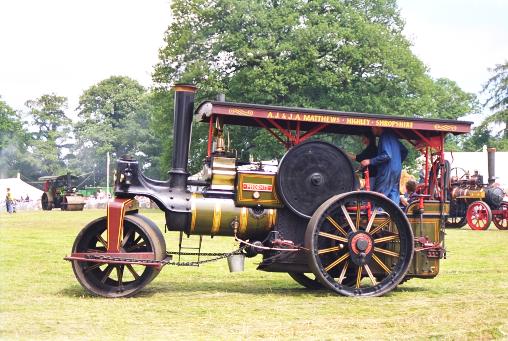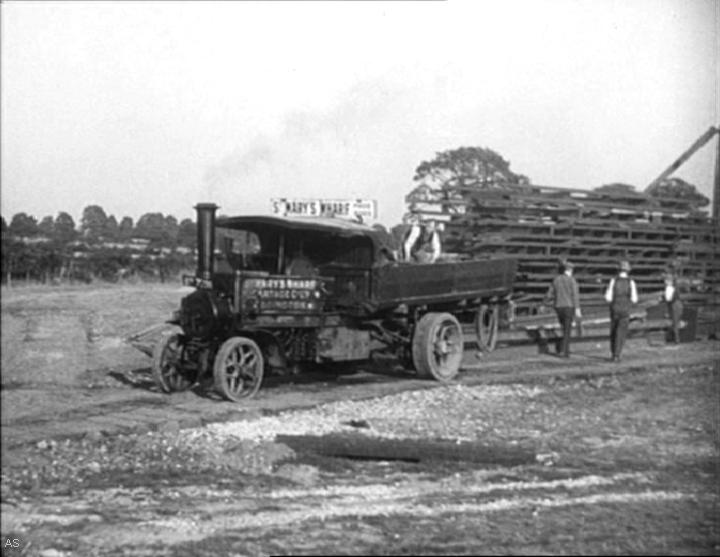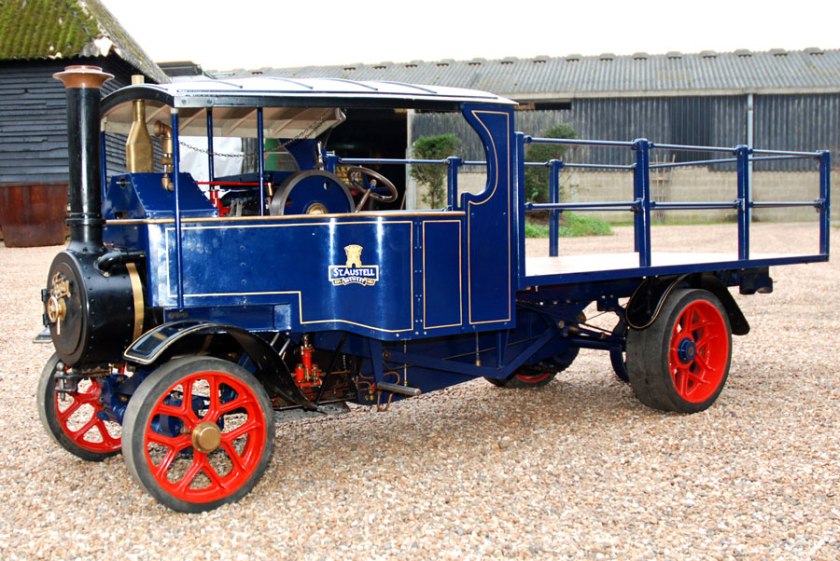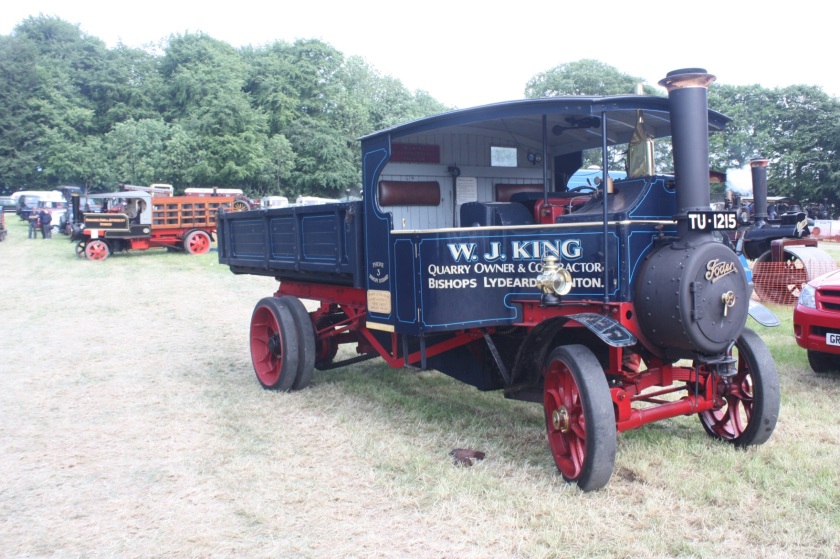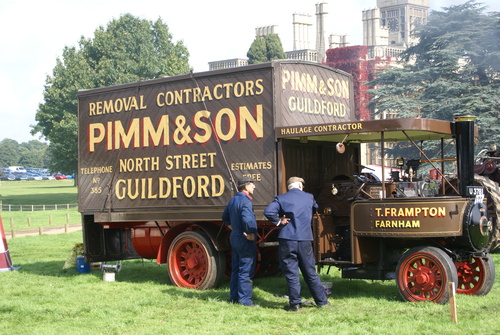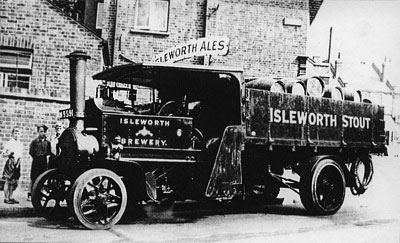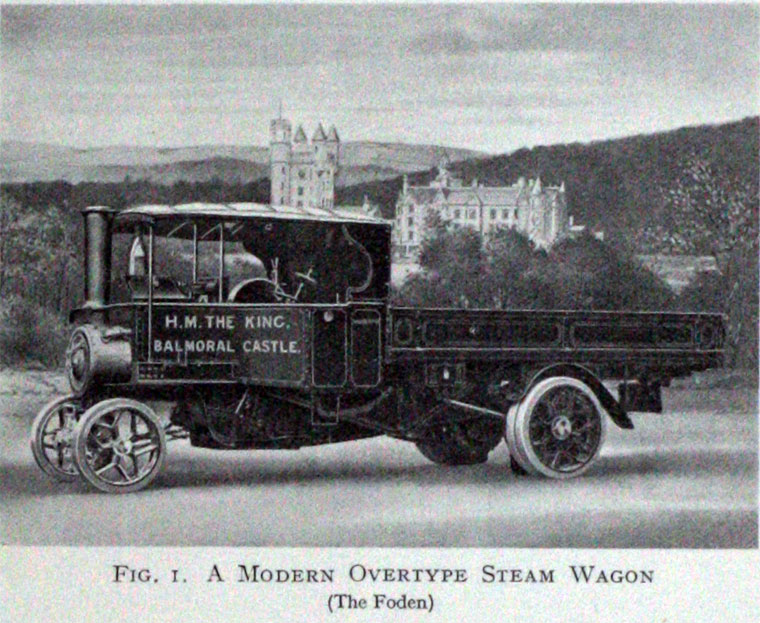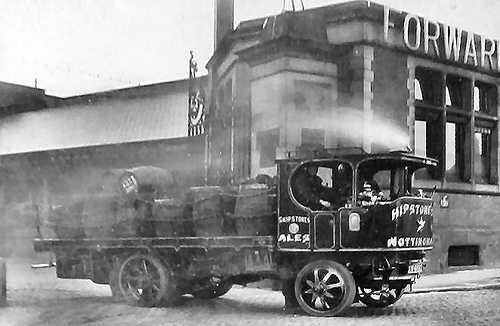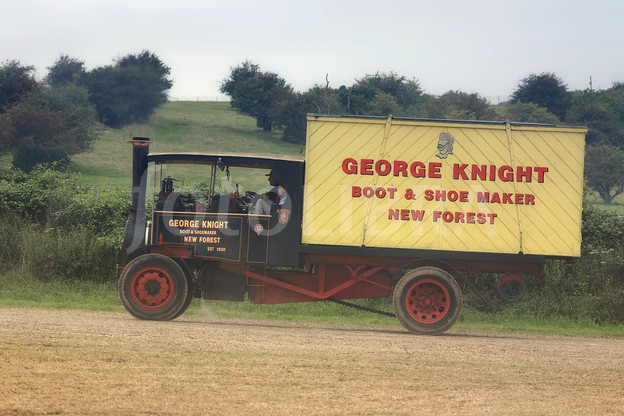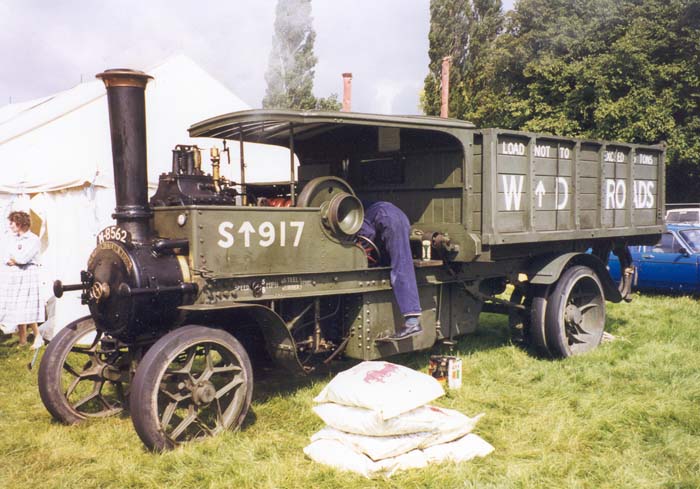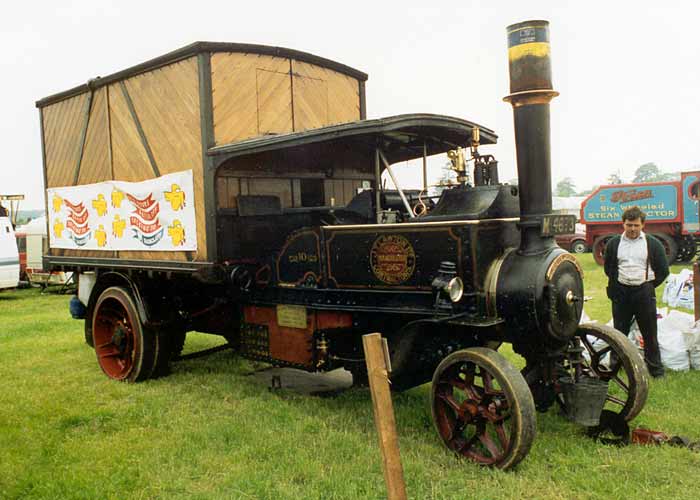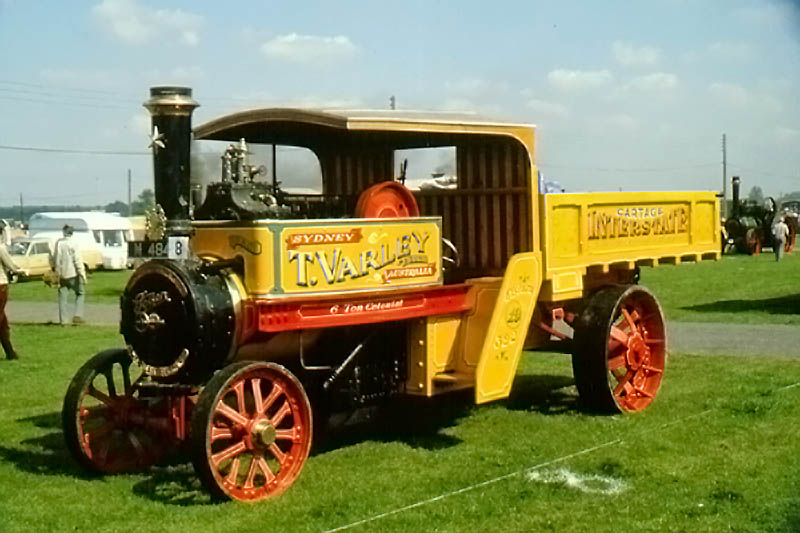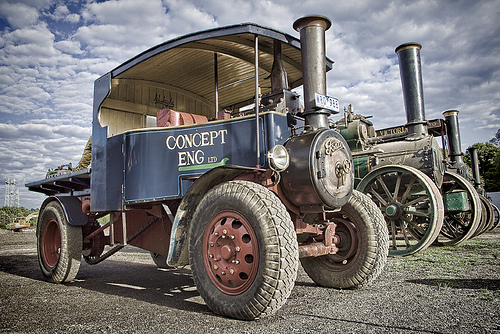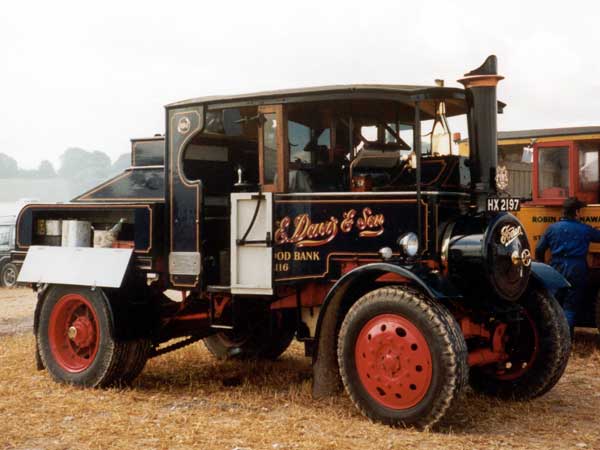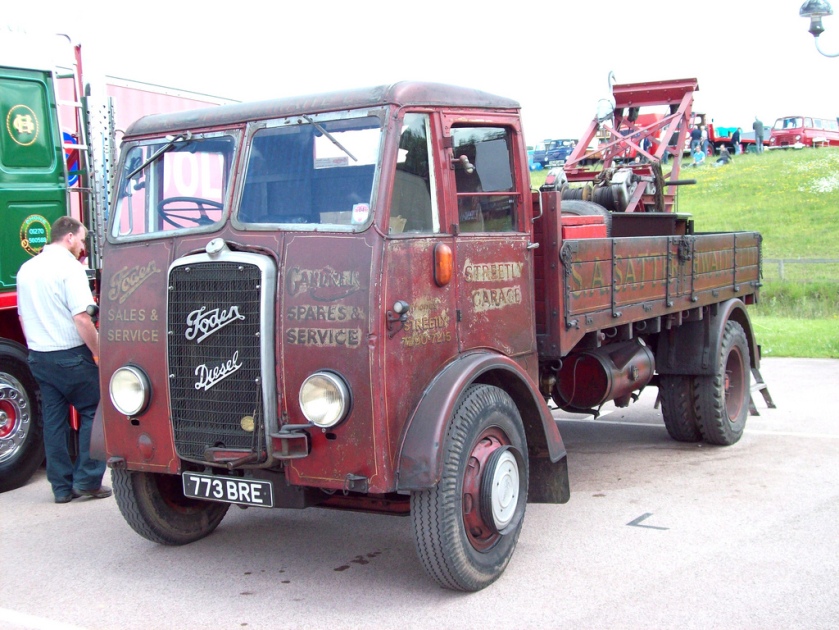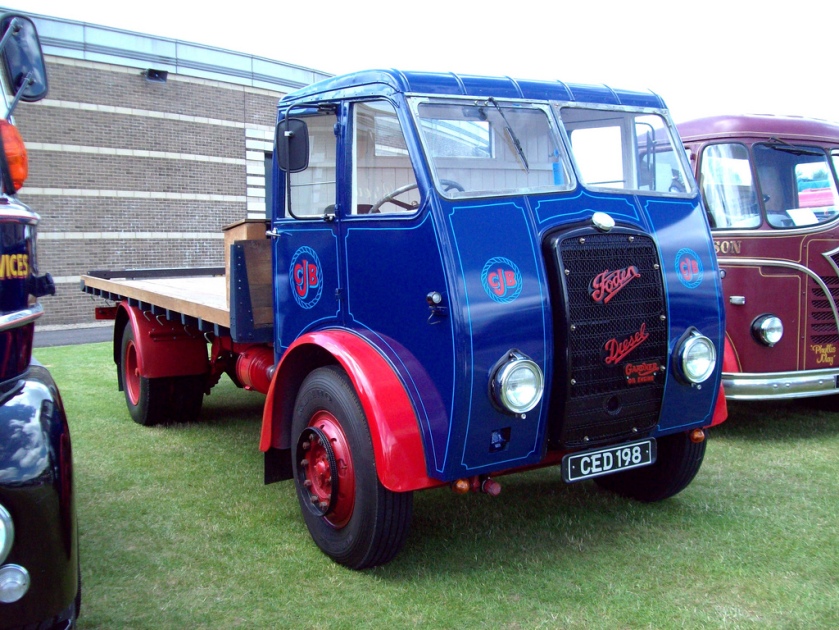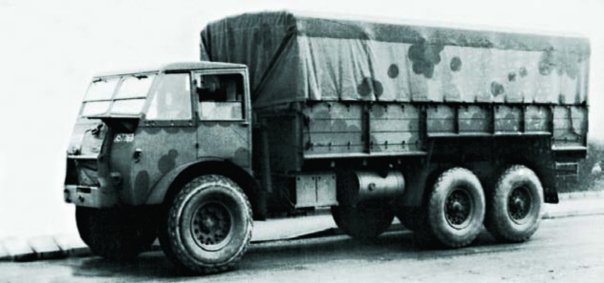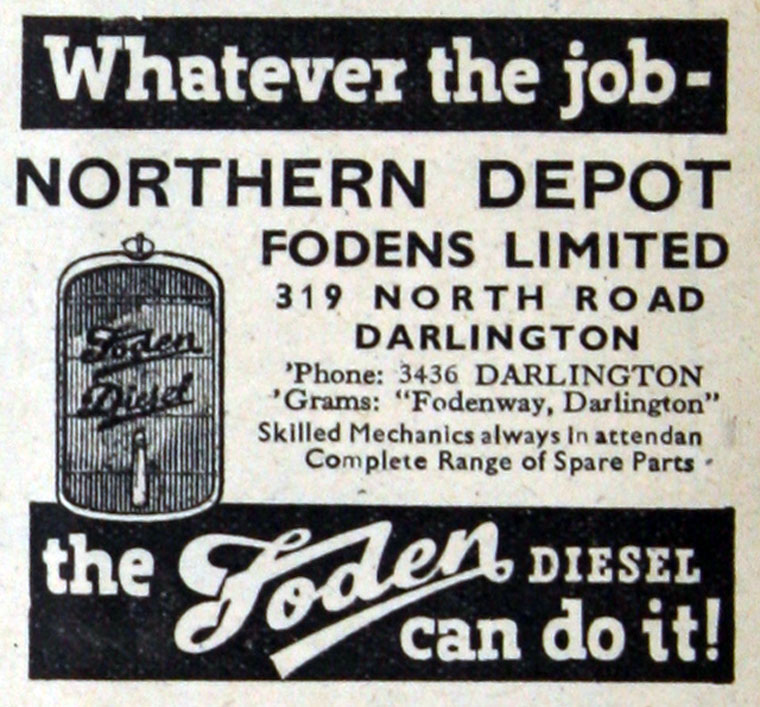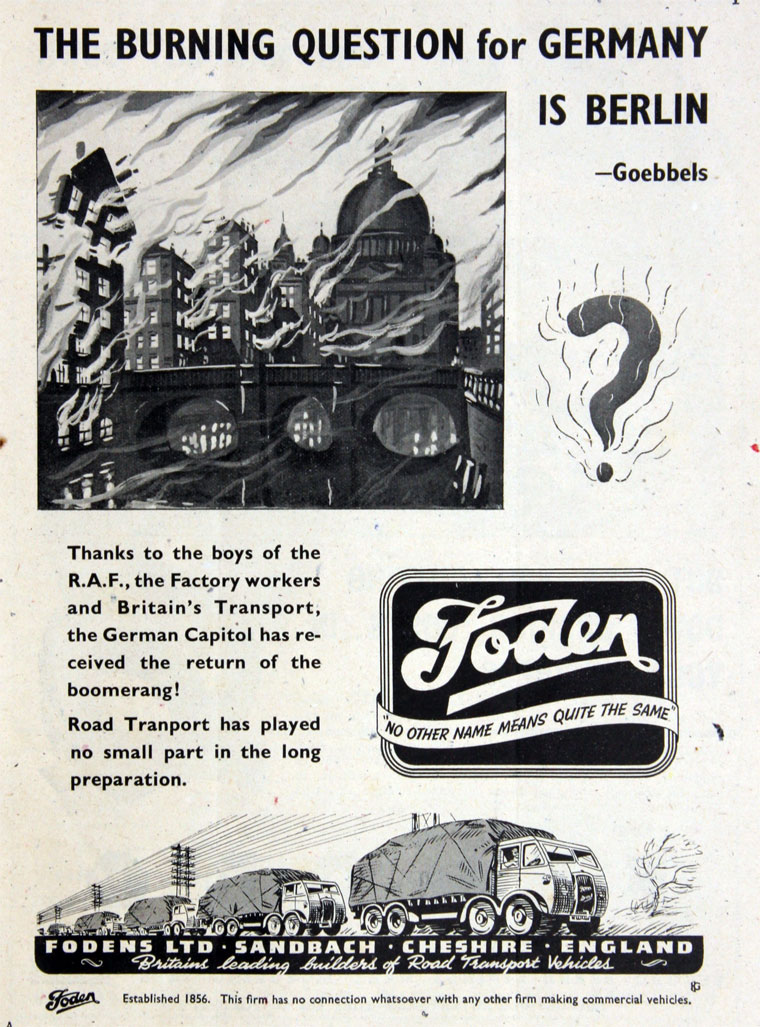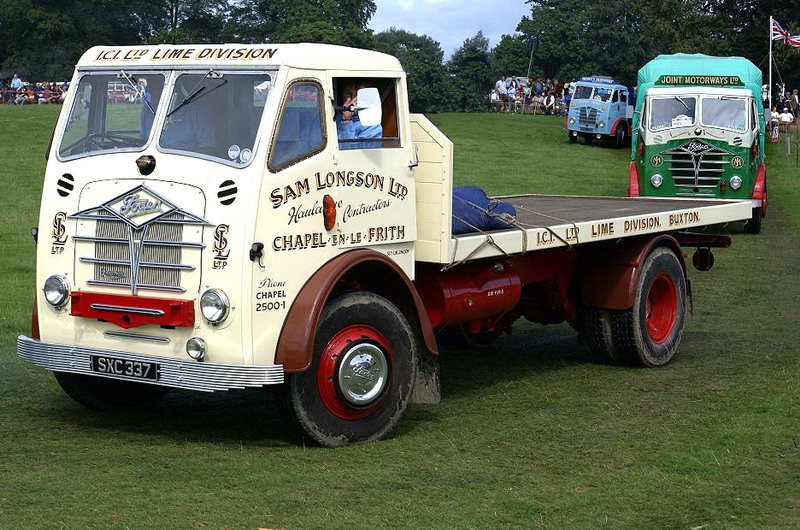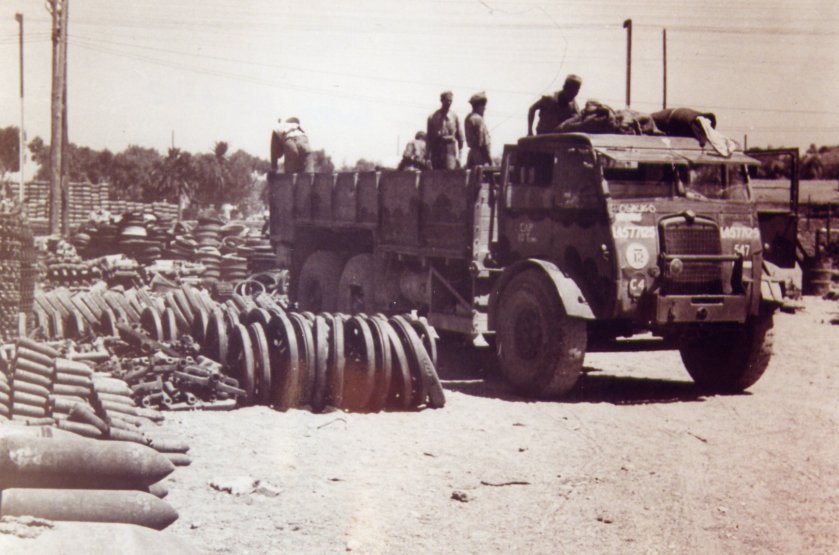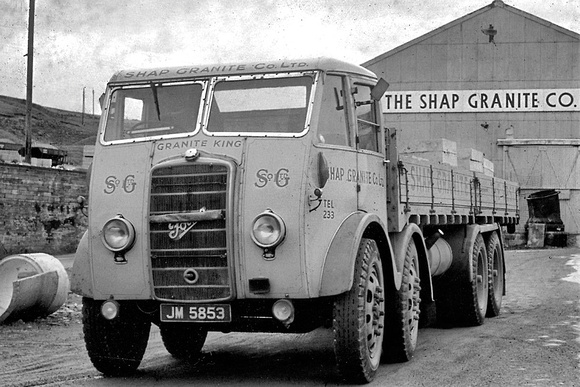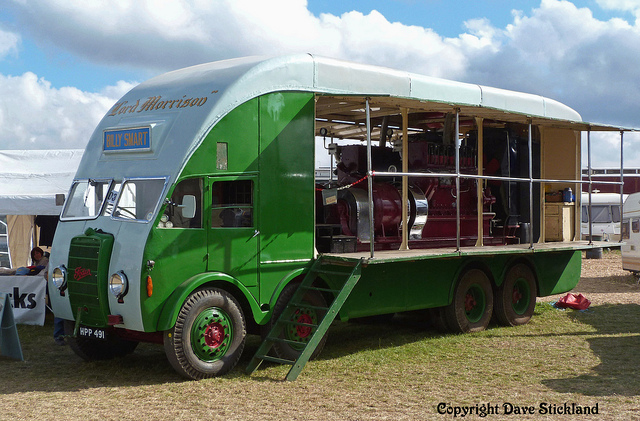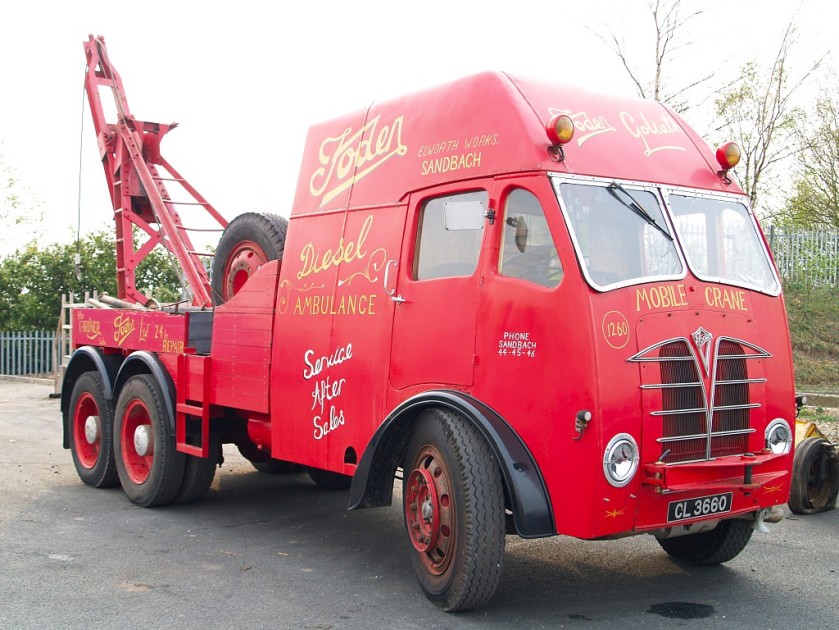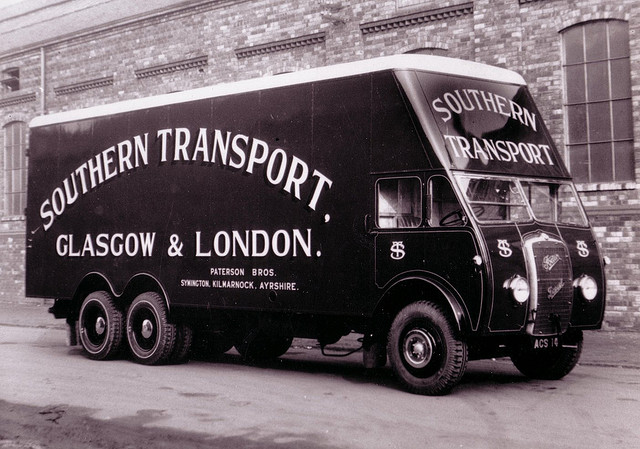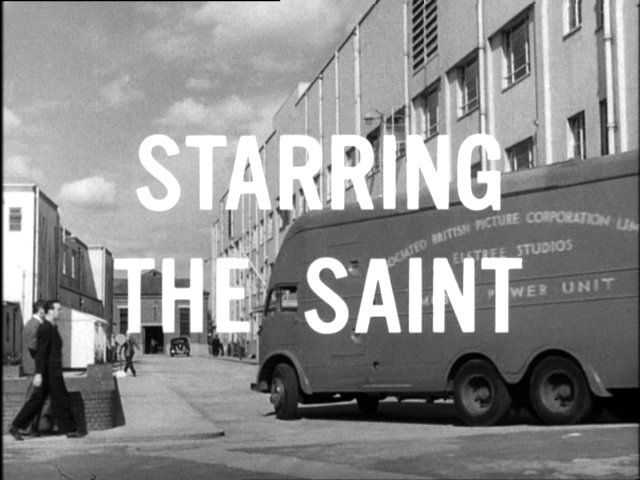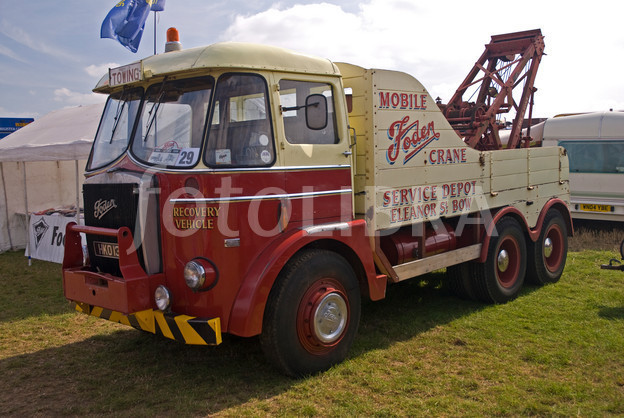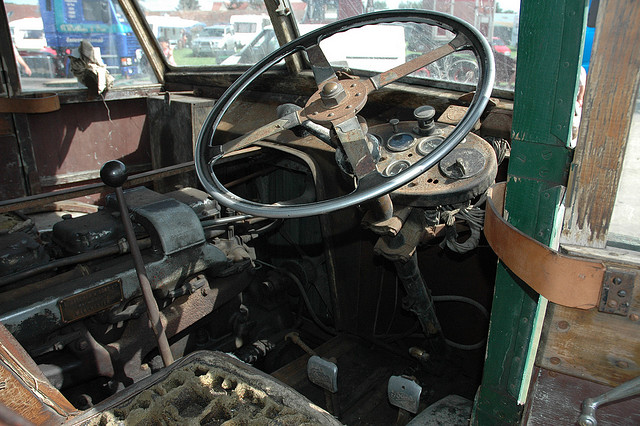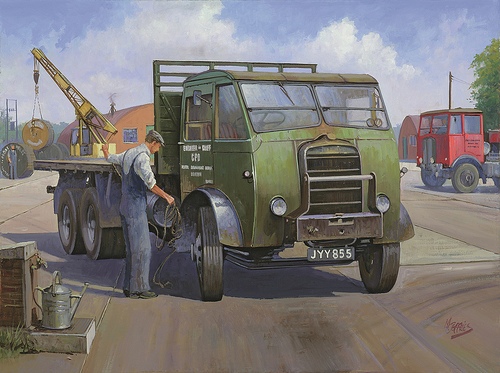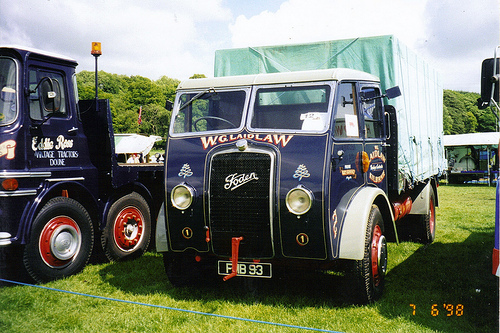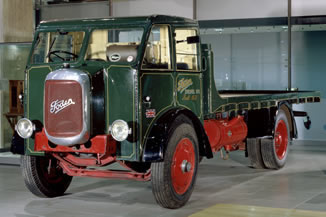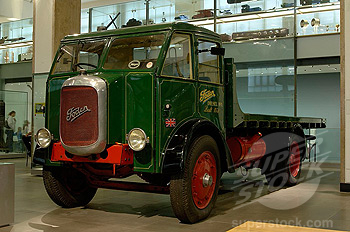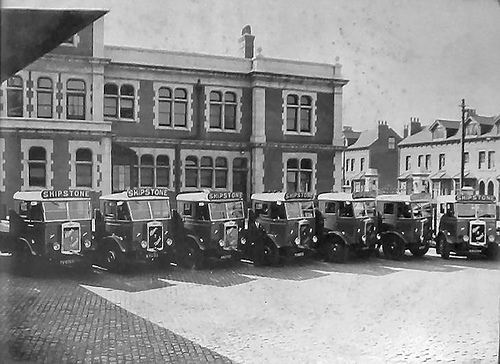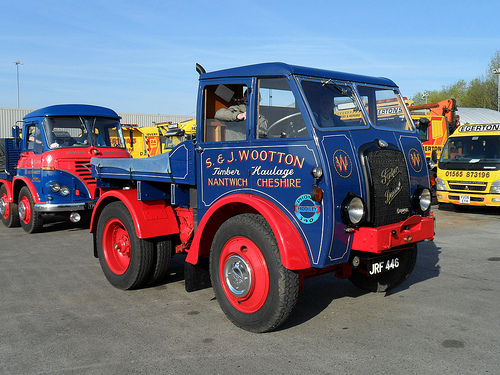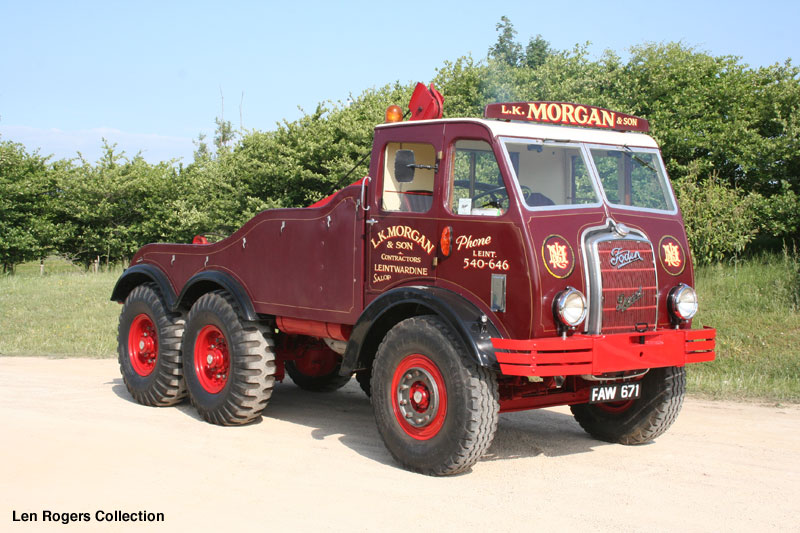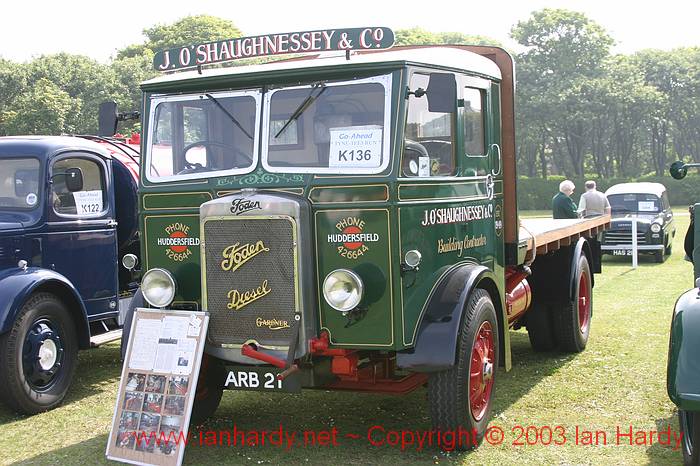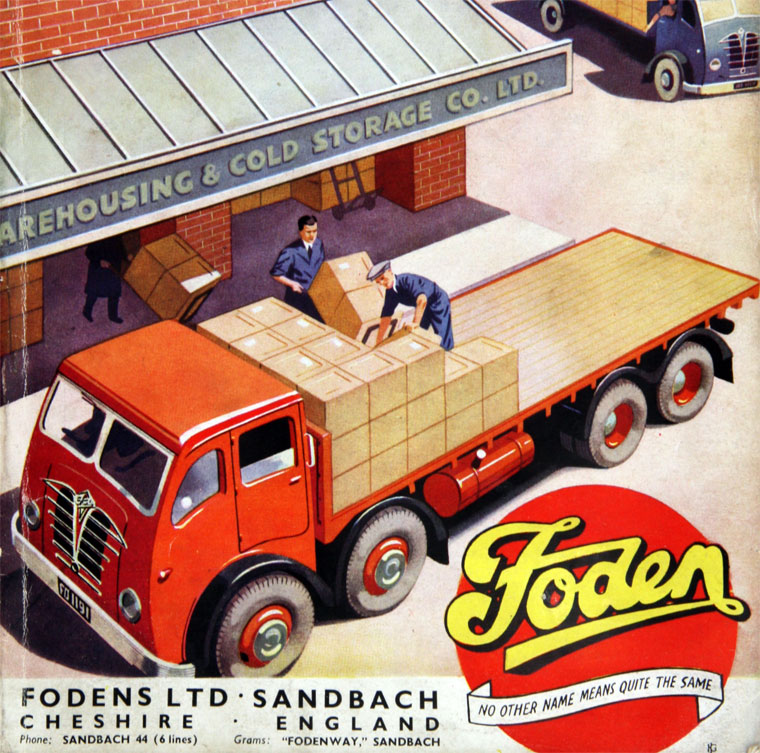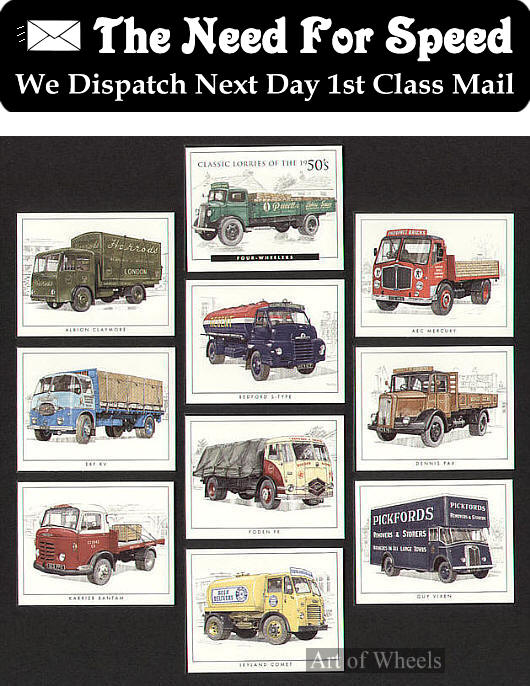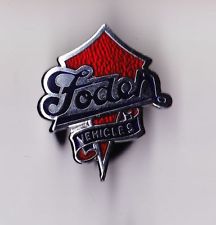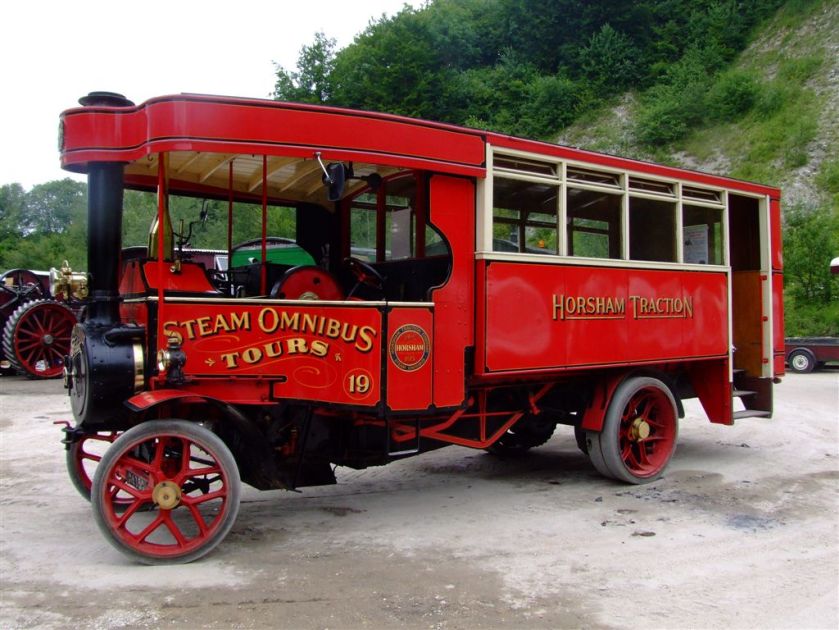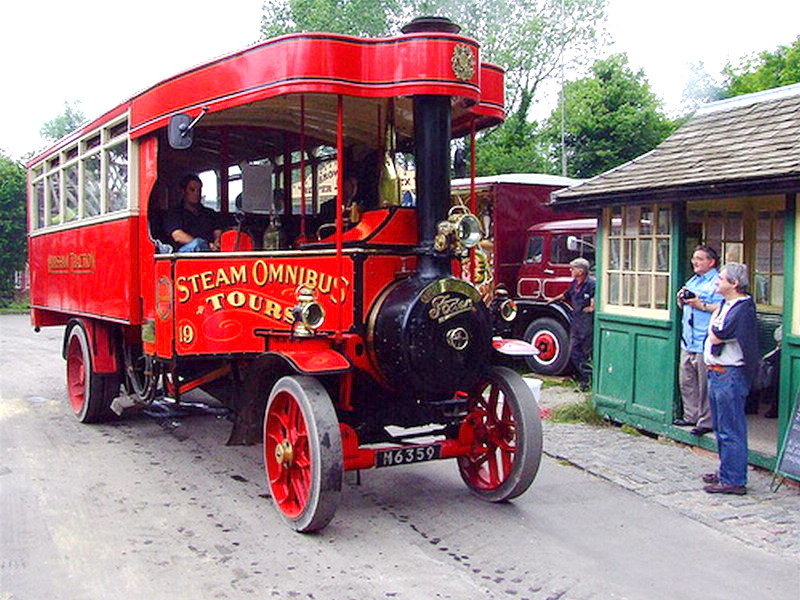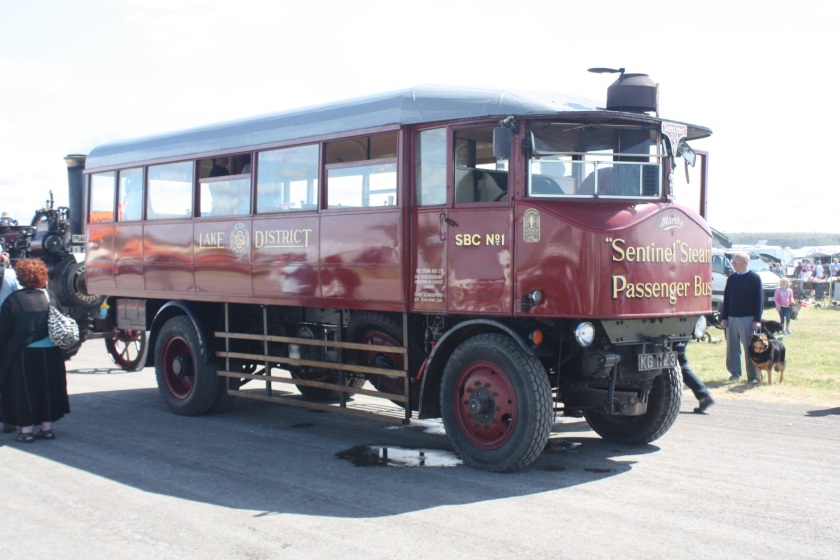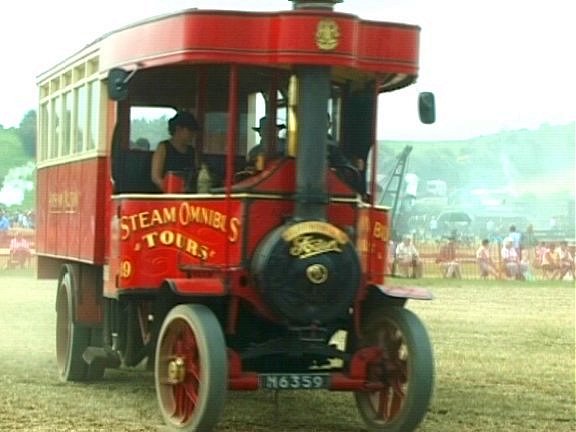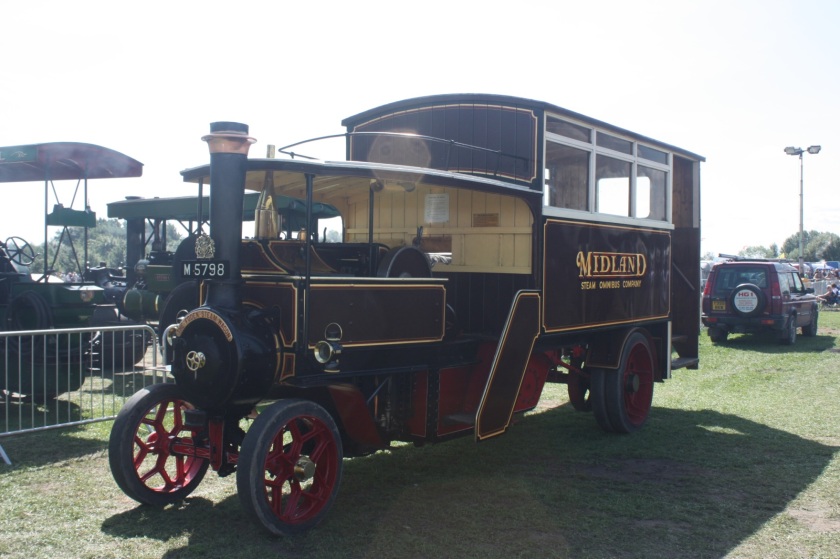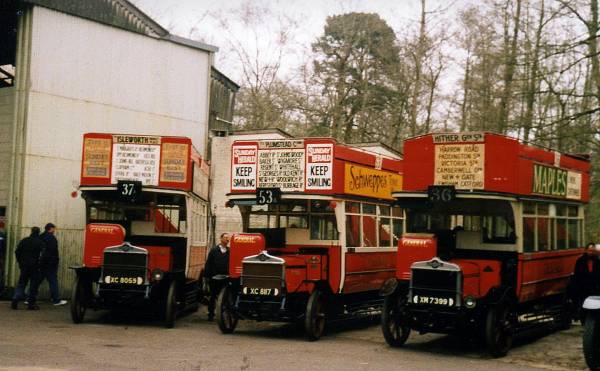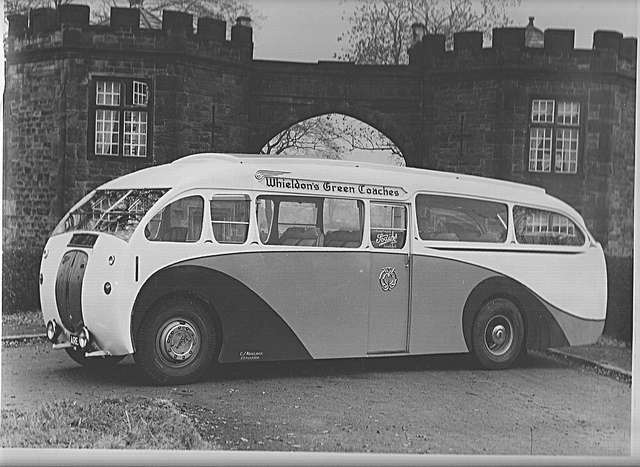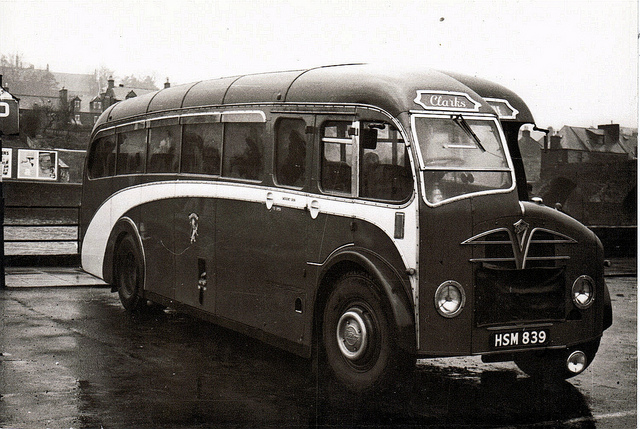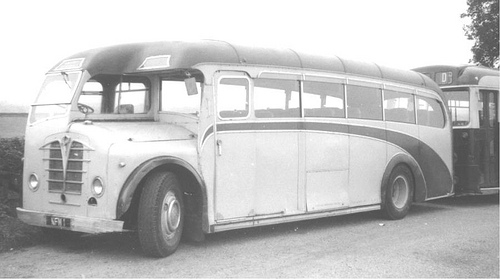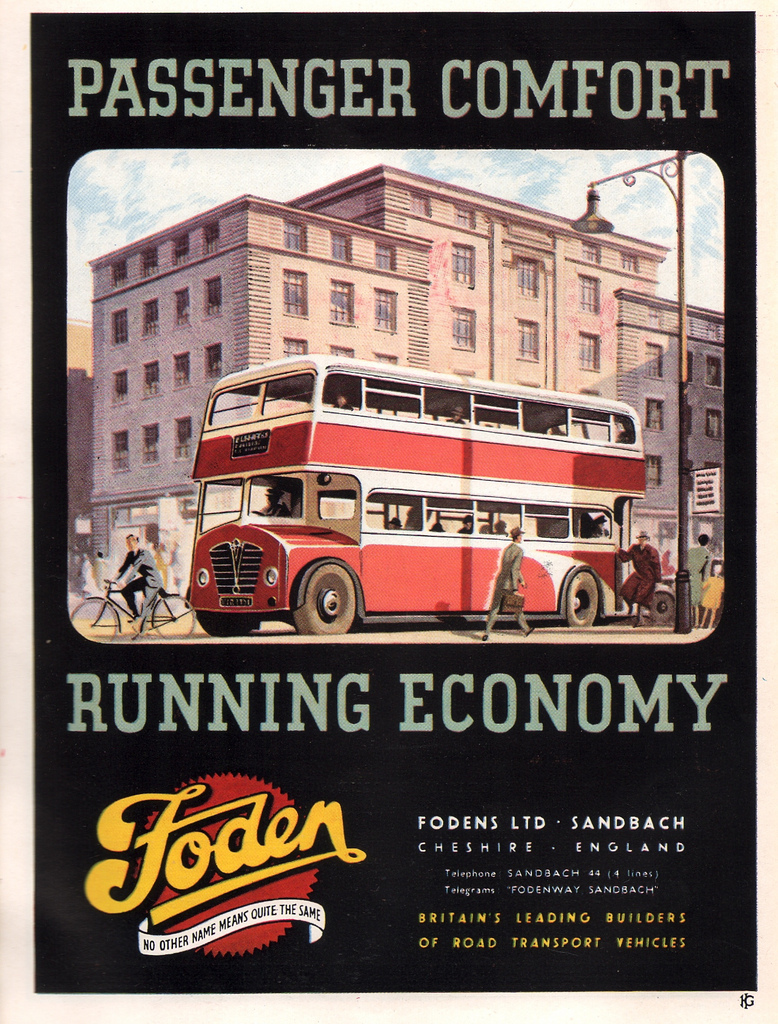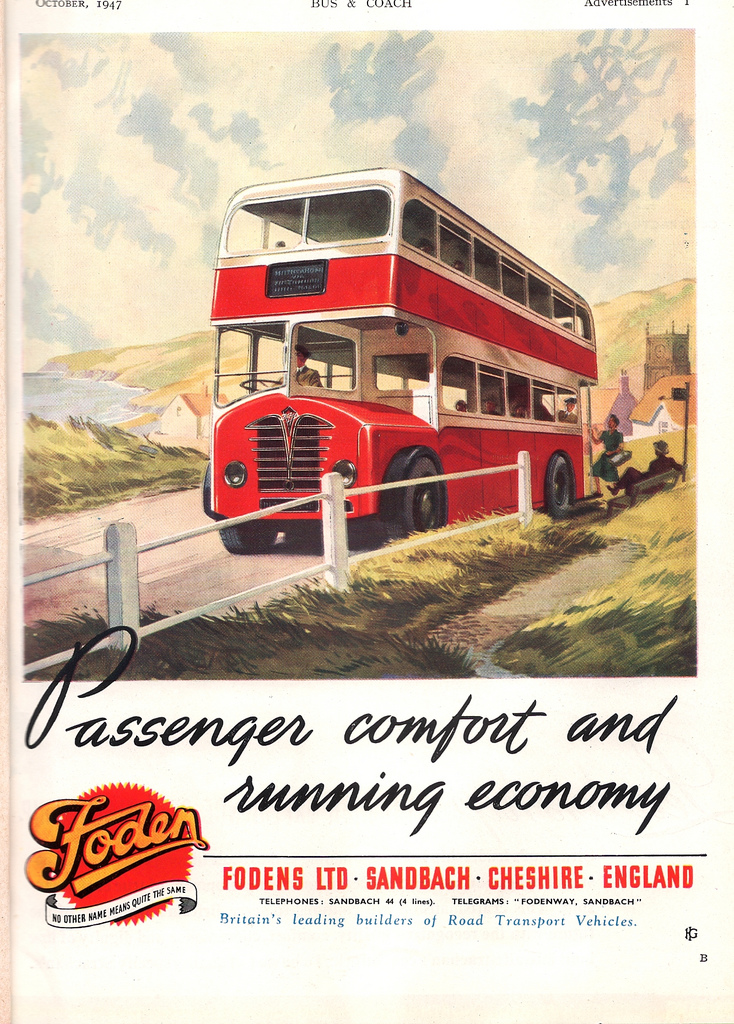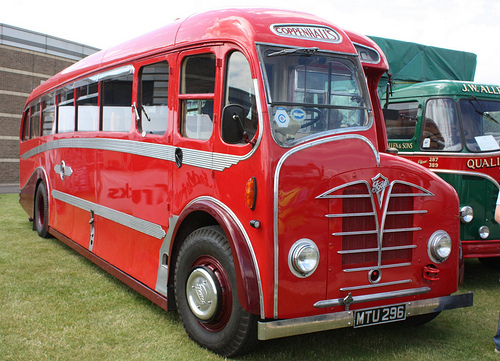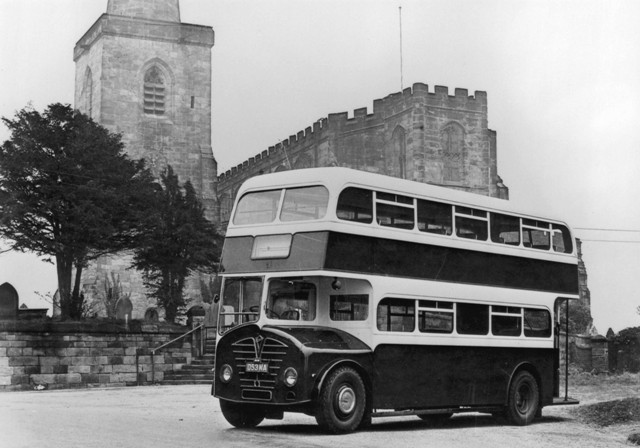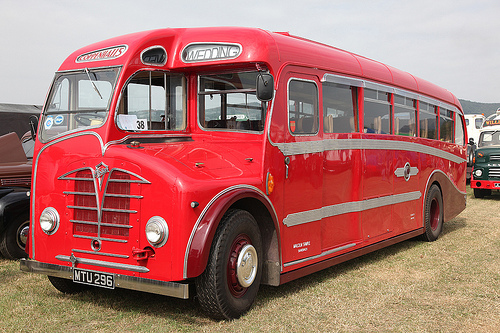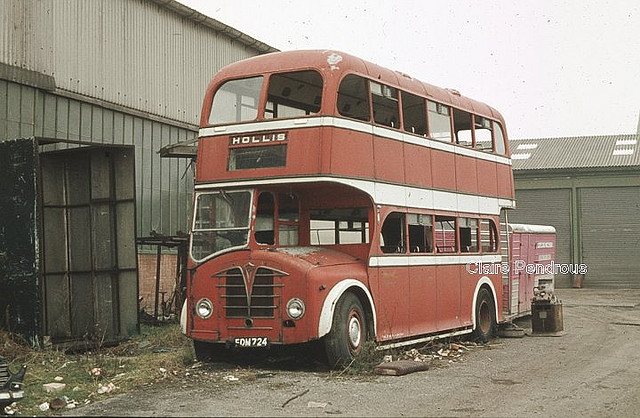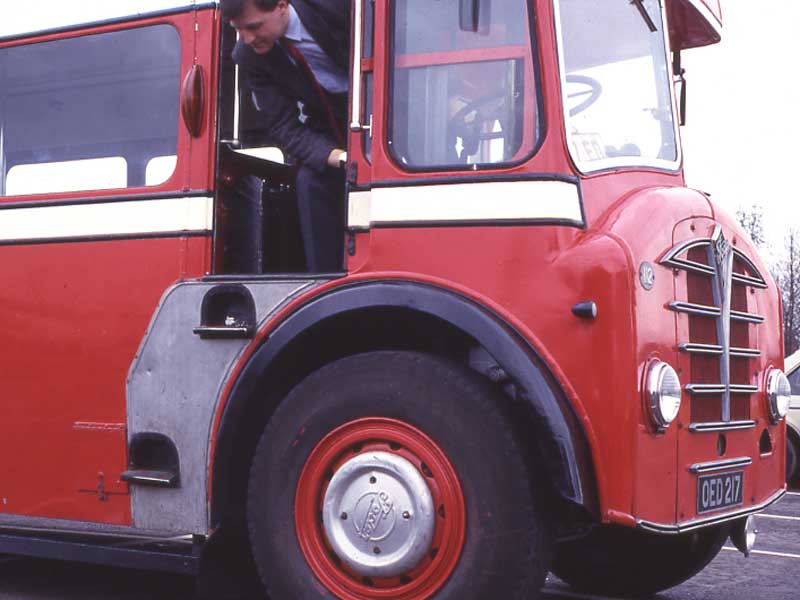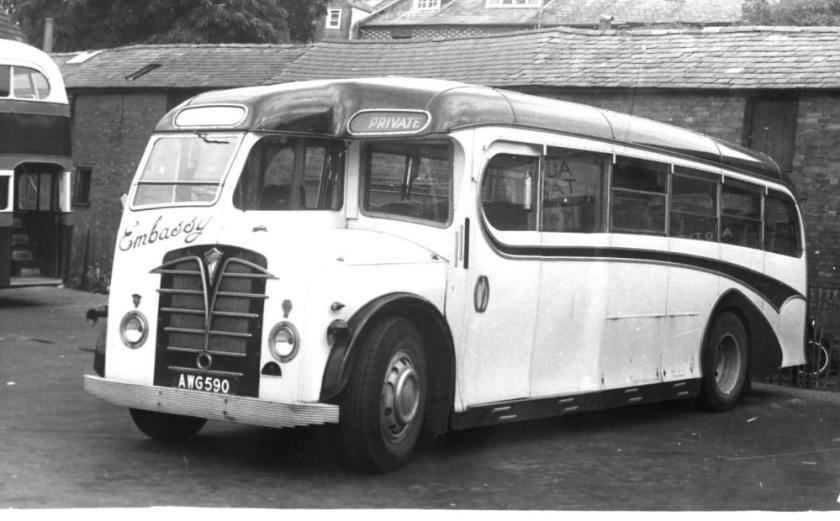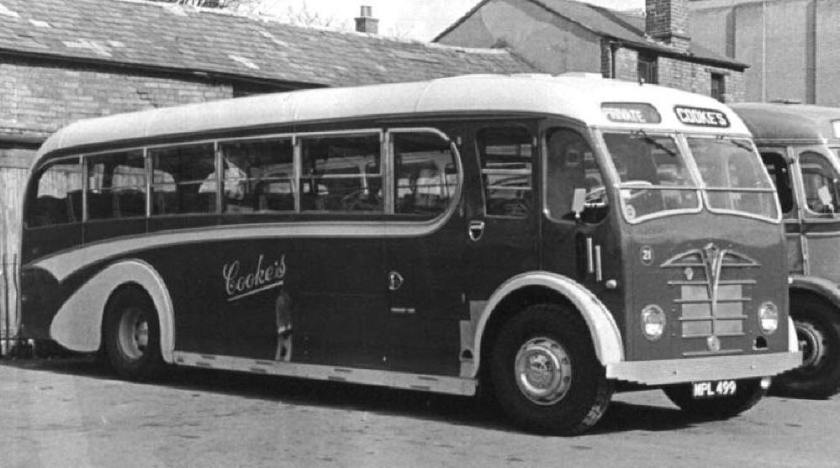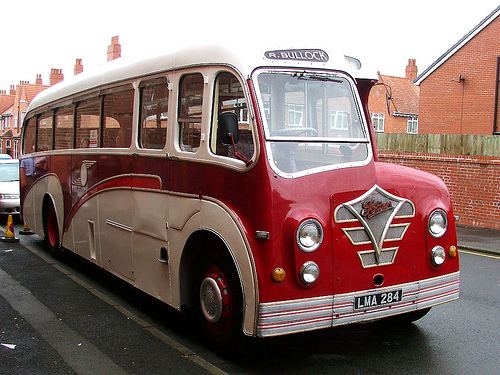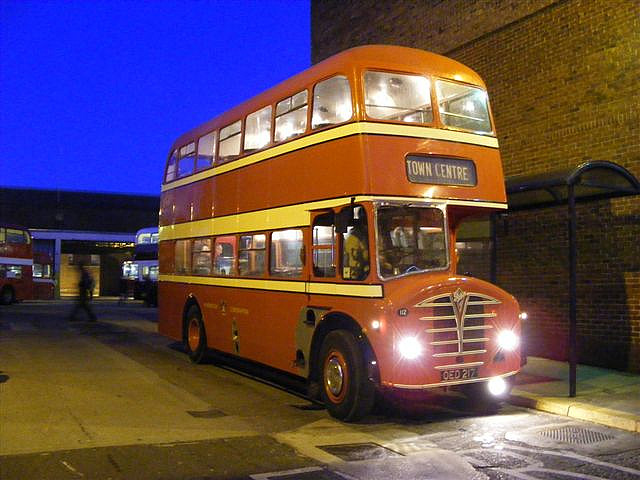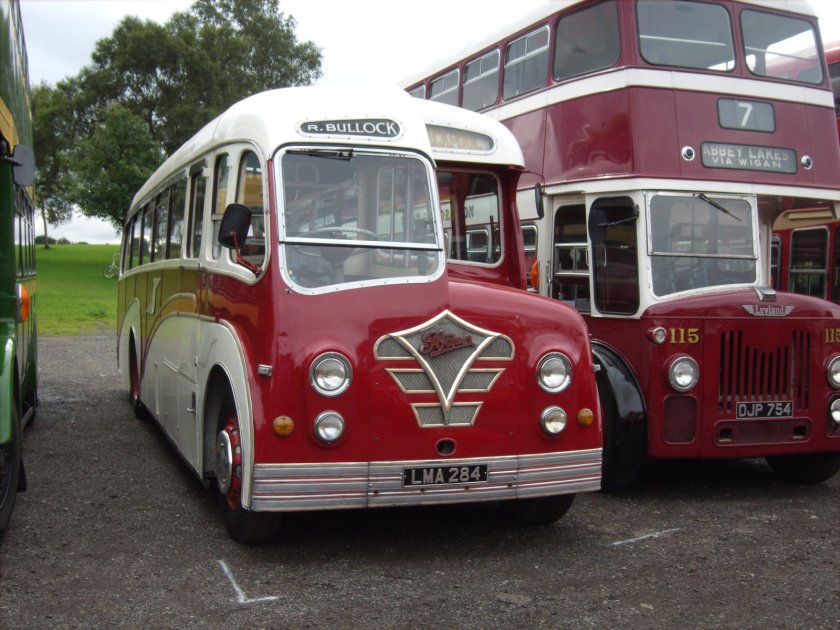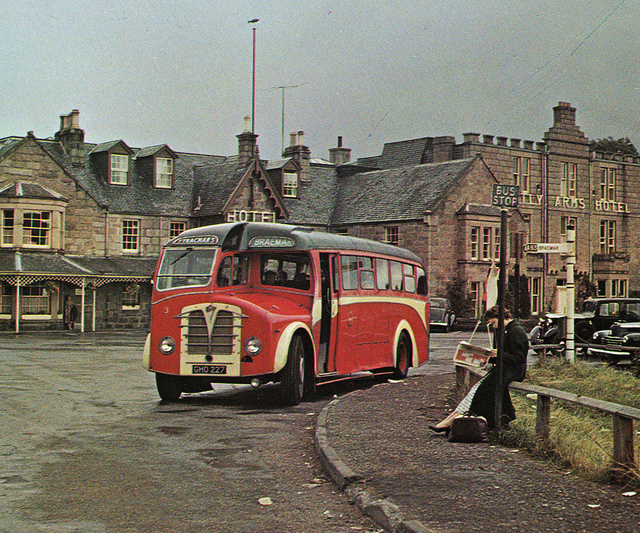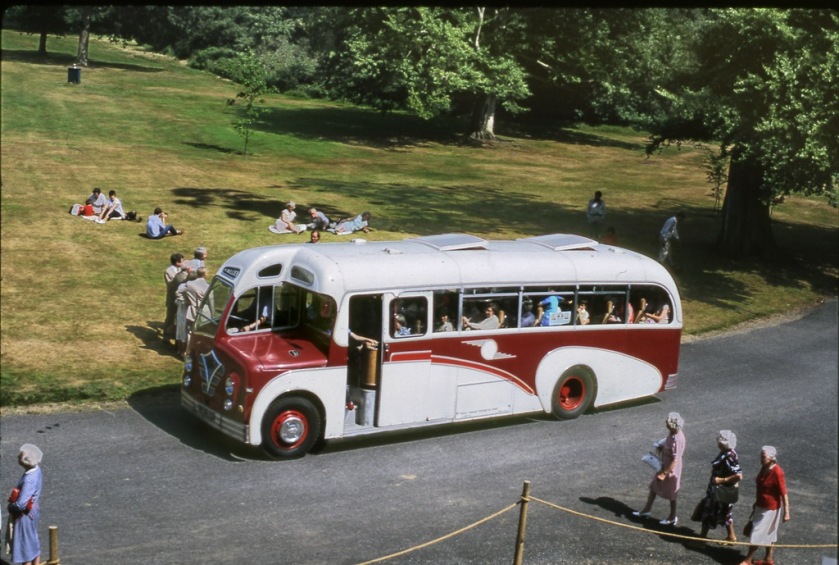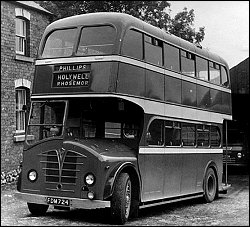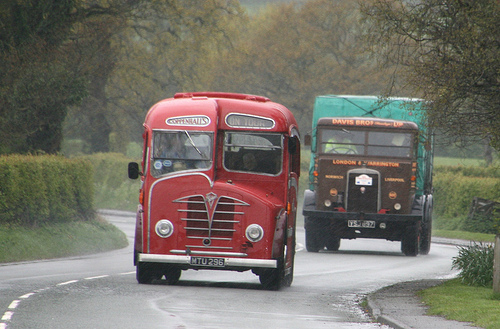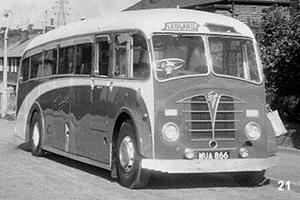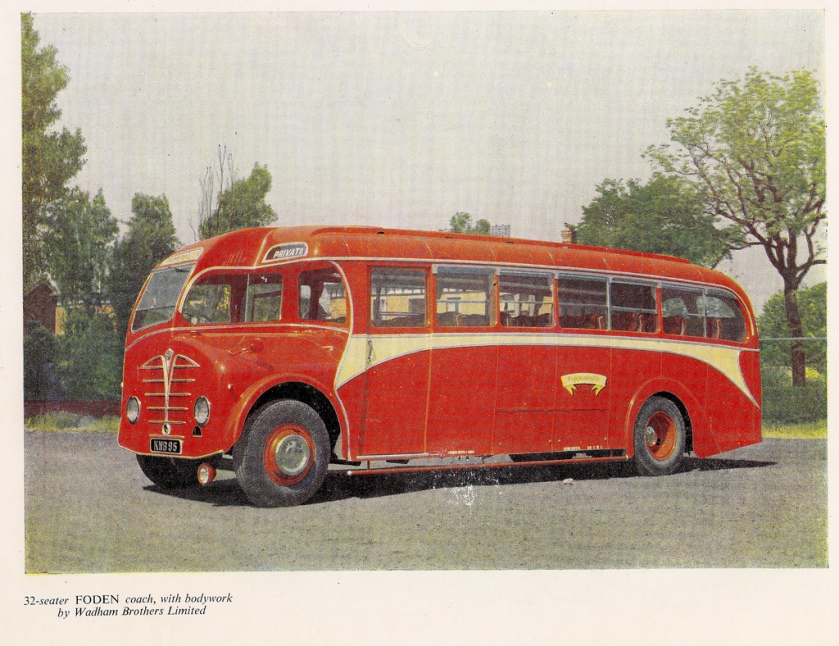Sentinel 
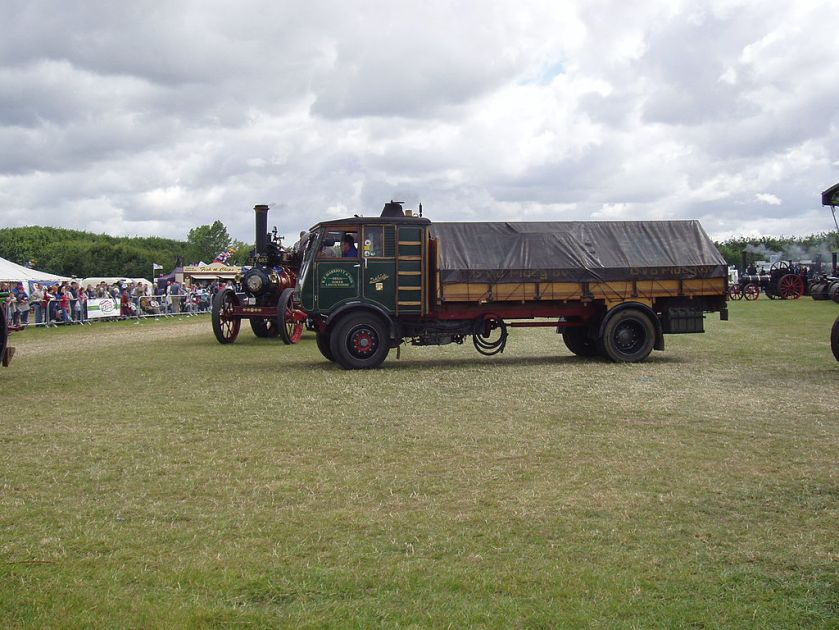
Sentinel was een vrachtwagenmerk uit Engeland, Schotland.
Oprichting
Sentinel werd opgericht in 1906 in Glasgow. Het eerste type vrachtwagen was een stoomwagen met kettingaandrijving en vijf ton laadvermogen. Deze wagen was zo’n succes dat hij zonder wijzigingen tot 1923 in productie bleef. In datzelfde jaar opende Sentinel ook een tweede fabriek in Shrewsbury.
Modellen
Sentinel stond bekend om modellen van hoge kwaliteit en voorzien van de nieuwste technische snufjes van die tijd. Sentinel ging pas vrij laat in vergelijking met andere fabrieken, na een financiële dip in 1934, over op het gebruik van diesel– of benzinemotoren in plaats van stoommotoren.
Super
In 1920 bracht Sentinel een revolutionaire wagen uit genaamd “Super”. Dit was een vrachtwagen met krukasdifferentieel, dubbele kettingaandrijving en twee versnellingen, iets dat nog zeer uniek was in die tijd. Door de tweede versnelling kon hij goed snelheid maken op zowel heuvelachtig als vlak terrein. Deze auto had een laadvermogen van zeven ton.
DG
Sinds 1923 kwam Sentinel met de DG-serie. Deze serie had de mogelijkheid om een aanhanger toe te voegen, en was ook in een drie- en vierasuitvoering verkrijgbaar. Dit voertuigtype stond bekend als de meest efficiënte stoomwagen uit de jaren twintig.
S-type
Vanaf 1934 begon Sentinel gebruik te maken van dieselmotoren. In de S-type werd een viercilinderdieselmotor geplaatst die de vrachtwagen via de achteras aandreef. Dit model was leverbaar in een vier-, zes- en achtwieleruitvoering, er wordt dan ook gesproken over de S4, S6 of de S8.
DV
De DV-serie werd vanaf 1948 op de markt gebracht. Het was een type lichte bakwagen met twee of drie assen. Het opmerkelijke was dat deze vrachtwagen drie zitplaatsen had en een benzinemotor in plaats van een diesel.
Overname
Ondanks de goede verkoopcijfers besloot de raad van bestuur in 1956 de fabrieken te verkopen aan Rolls-Royce, dat de fabrieken uiteindelijk in 1957 sloot. Sommige Sentineldealers besloten verder te gaan. Deze gebruikten daarvoor de naam TVW Sentinel (Transport, Vehicles Warrington) en dit samenwerkingsverband verzorgde nog enkele jaren het onderhoud voor de Sentinel wagens. Er zijn echter geen nieuwe modellen meer gemaakt.
Museum
Hoewel de meeste modellen van Sentinel in musea staan is het bekend dat in Argentinië nog dagelijks enkele honderden Sentinel Super vrachtwagens hun werk doen, dit mede doordat de levensduur van de wagens door hun duurzaamheid zeer hoog is.
Sentinel Waggon Works
| Former type | Ltd |
|---|---|
| Industry | Engineering |
| Fate | Taken over |
| Predecessors | Alley & MacLellan |
| Successors | Rolls-Royce Limited |
| Founded | 1906 |
| Defunct | 1956 ? |
| Headquarters | Shrewsbury |
| Products | Steam Lorries Railway Locomotives, Diesel Lorries |
Sentinel Waggon Works Ltd was a British company based in Shrewsbury, Shropshire that made steam-powered lorries, railway locomotives, and later, diesel engined lorries and locomotives.
History
Alley & MacLellan, Sentinel Works, Jessie Street Glasgow
The company began life about 1875 as Alley & MacLellan based in Polmadie, Glasgow. They moved from Polmadie Road to the nearby Jessie Street where they continued in operation until the 1950s. Alley & MacLellan began producing steam road vehicles in 1906 when they introduced a 5 ton vertical-boiler wagon, which featured a 2-cylinder undertype engine and chain drive. Around 1915 Alley & McLellan moved the steam wagon production to a new factory in England and it continued under a separate company (see below). However, Alley & MacLellan continued to operate in the original Sentinel Works in Jessie Street, Glasgow until the 1950s. They produced a wide range of engineering products including compressors, valves, etc. The ‘Sentinel’ name continued to be used for the products of the original Glasgow works until the mid 20th Century.
1906 Sentinel 23GT-Sent-1914
Perhaps the most surprising fact is that the Sentinel Works in Glasgow, though a significant distance from the River Clyde, produced almost 500 small ships and boats. The vast majority of these vessels were built as ‘knock downs’ – i.e. assembled at the Jessie Street works using nuts and bolts, then dismantled and shipped as parts in crates to their client destination where they were re-assembled using rivets. At least one Alley & McLellan ship still exists – the motor vessel (originally steam ship) Chauncy Maples built at Jessie Street in 1899 and reassembled on Lake Nyasa (now Lake Malawi) in 1901. Alley & MacLellan continued in operation, though owned firstly by Glenfield & Kennedy, Kilmarnock, then G & J Weir, Glasgow, until the 1950s.
1911 Early Sentinel Steam Wagon Alley & McLellan
The original Sentinel Works in Jessie Street, Glasgow is still in existence in 2009 though now in a very derelict condition. The design offices and pattern shop is listed category A as a building of significant national importance. It was the first steel-reinforced concrete building in Scotland.
Move to Shrewsbury
A new company Sentinel Waggon Works Ltd was formed when steam wagon production was switched to a new factory, opened at Shrewsbury in 1915. There were several other slight changes to the name over the company’s lifetime when further infusions of working capital were required to obviate financial problems.
1912 Sentinel Standard
Alley & MacLellan’s early wagon was so successful that it remained in production with relatively few updates until the launch of Sentinel’s famous Super in 1923. The company also produced steam railway locomotives and railcars, for railway companies and industrial customers.
1915 1946Vital-Sentinel
In 1917, the company was bought by William Beardmore & Co., Ltd.
Sentinel Waggon Works (1920) Ltd
In 1920, after financial problems, the company was reorganised as Sentinel Waggon Works (1920) Ltd. The Sentinel ‘Super’ model that followed in 1923 was assembled in a radical new plant at Shrewsbury, with a flow line based on Henry Ford’s Model T factory at Highland Park, Michigan, with 1,550 vehicles produced.
1917 Sentinel Steam Bus
Sentinel, along with Foden, dominated the steam market, but the 1930s saw the demise of both companies’ ranges as new legislation forced the development of lighter lorries, Sentinel surviving the longest.
1920 0127Com-Sentinel
In 1934 Sentinel launched a new and advanced steamer – the S type which had a single-acting 4-cylinder underfloor engine with longitudinal crankshaft and an overhead worm-drive axle. Their Sentinel Waggon Works’ design of 1935 led to the production of 3,750 Sentinel ‘Standards’ in the seventeen years that followed, the biggest selling steam lorry ever. It was lighter and featured a modernised driver’s cab with a set-back boiler and was available in four, six and eight-wheel form, designated S4, S6 and S8. In spite of its sophisticated design, however, it could not compete with contemporary diesel trucks for all-round convenience and payload capacity, and was phased out in the late 1930s. It was not the end of Sentinel’s involvement with steam, however; the company built about 100 “S” type vehicles for export to Argentina as late as 1950, for use by the Río Turbio coal mine. It has been stated that Sentinel were never paid for the last batch of the Río Turbio production run. At least two of the Río Turbio waggons survive in Argentina to this day.
1920 Sentinel no. 8714 Bus – Martha – KG 1132 at Cumbria 09
In 1946 Thomas Hill’s signed an agency agreement with Sentinel for repair and maintenance of diesel vehicles. In 1947 Sentinel offered to extend the agreement for diesel vehicles to include the steam locomotives and an agency was accepted by Thomas Hill for sales and servicing.
Sentinel (Shrewsbury) Ltd
In 1947 the company became Sentinel (Shrewsbury) Ltd, and had developed a new range of diesel lorries. Despite Sentinel’s superbly engineered vehicles, sales diminished throughout the 1950s, and by 1956 the company was forced to cease lorry production. The factory was acquired by Rolls-Royce for diesel engine production, and the remaining stock of parts and vehicles was taken over by Sentinel’s chief dealer, North Cheshire Motors Ltd of Warrington, who formed a new company, Transport Vehicles (Warrington) Ltd, in 1957 to produce Sentinel-based designs under the TVW name.
1920-56 Sentinel Waggons (Shrewsbury)
In 1963 Thomas Hill’s decided to renew the loco agreement and relinquish the diesel vehicle agency, concentrating all efforts on the steam locomotive work.
Rolls-Royce agree to build diesel locomotives
Despite the various interesting developments, Rolls Royce did not consider railway locomotives to be part of their core business. They had agreed to complete all steam locos on order, and four steam receiver locos ordered by Dorman Long in 1956, but only after much consideration did Rolls-Royce finally agree at the end of 1957 to design and build a diesel locomotive of similar weight and power to the 200 hp (150 kW) steam loco that had sold so well. Thomas Hill’s would assist in the design and development of these diesel machines and would be the Sole distributor.
Last steam locomotives
In 1958 the last two Sentinel steam locos were delivered marking the end of an era. Two of the newly developed steam receiver locos were delivered and proved very satisfactory in service, but Dorman Long were not happy. There had been a change of heart among their engineers as well as a change of circumstances, and they were now favouring diesel locomotives. The last two steam receiver locos were built but never delivered and ultimately all four were converted to diesel hydraulic.
Diesel production commences
The prototype Sentinel diesel locomotive was built and ready to commence trials on the former Shropshire & Montgomeryshire Railway (then under military control) early in 1959. It met with the approval and enthusiasm of the Company’s prospective customers and before the end of the year 17 locomotives had been sold and delivered. The company was ready to produce a maximum of four locomotives a month.
By 1963 four different Sentinel diesel models were being produced, commencing with the 34 ton chain drive 0-4-0 powered by the Rolls-Royce C6SFLsix-cylinder engine of 233 bhp (174 kW) (gross) (later uprated to 255 bhp (190 kW)). This was followed within a year by a 48 ton 0-6-0 rod coupled machine, fitted with a Rolls-Royce C8SFL eight-cylinder engine of 311 bhp (232 kW) (gross) (later uprated to 325 bhp (242 kW)). Between 1963 and 1966 a fleet of these diesel locomotives, eventually numbering five 0-6-0s and 18 0-4-0s, was supplied to the Manchester Ship Canal Company for use on the navigation’s private railway network.
These Sentinels demonstrated their suitability for heavy work, but heavier and more powerful locos were called for, particularly by the steel industry, and before the end of 1963 a 74 ton 0-8-0 powered by 2 x C8SFL engines and a 40 ton 0-4-0 fitted with a C8SFL engine had been added to the range.
Sentinel Steelman
A shaft drive 600 hp (450 kW) 0-6-0 machine was now being developed at Shrewsbury to use the new DV8T engine. Considerable interest in this loco was expressed by Stewart and Lloyds mineral division at Corby who were operating more than 20 steam locos, mainly of the Austerity type. This new locomotive Steelman was eventually delivered to Corby in late 1967, about two years overdue. The prototype locomotive proved satisfactory and three more were ordered by Stewart and Lloyds and one by Richard Thomas and Baldwins, Scunthorpe. With Stewart and Lloyds’ programme to replace more than 20 steam locos over the next few years the future for Steelman looked good.
1924 sEntinel V137-p284b
Unfortunately for the Company and Rolls-Royce, British Railways, seeing a potential for their Swindon-built class 14 diesel hydraulic locomotives made Stewart and Lloyds an offer of 26 locomotives around three years old at a fraction of their original cost. The Class 14 locomotive had proved rather a white elephant for B.R. but powered by a 650 hp (480 kW) Paxman, Voith Transmission, a rod coupled 0-6-0 capable of doing the work required, it was an offer that Stewart and Lloyds could hardly refuse. New locomotive sales were declining anyway, and the release of such locos onto the industrial market at such prices was disastrous, and regrettably no further “Steelman” locos were built at Shrewsbury.
1924-Super-Sentinel
This was not to be the end of the Steelman. Some 12 years later ICI Billingham wanted two heavy locomotives to replace their ageing Yorkshire Janus locomotives. Their stated wish was to buy the best and most up to date equipment available and in their efforts to achieve this aim, their engineers visited many industrial sites, and steelworks in particular. Their requirements were discussed with all UK locomotive manufacturers, and the final outcome of their investigations was an order for an updated version of the “Sentinel Steelman locomotive”. This order was subsequently increased to two machines which were delivered toward the end of 1981.
1928 LNER Sentinel-Cammell steam rail-car (CJ Allen, Steel Highway)
UK sales of Sentinel locos were now fewer than 10 per year, their only overseas success had been to license the assembly of 36 0-6-0 locomotives by Sorefame for the Portuguese Railways in 1965/6. These locomotives became the CP Class 1150.
Road vehicles
Steam waggons
- Alley & MacLellan 5-ton waggon (1906) – now commonly referred to as the “Standard” Sentinel
- Super Sentinel (1923)
- Sentinel DG4 (1926)
- Sentinel DG6
- Sentinel DG8 (1929)
- Sentinel S4 (1930)
- Sentinel S6
- Sentinel S8
Diesel lorries
- Sentinel DV44 (1947)
- Sentinel DV46
- Sentinel DV66 (1952)
- Sentinel aircraft tug
Diesel buses
- Sentinel STC6-44seat
Railway vehicles
The locomotives and railcars (with a few exceptions) used the standard steam lorry boilers and engine units.
CE Class
Centre Engine
BE Class
Balanced Engine
DE Class
Double Engine
100 hp Steam Locomotives
- Works no. 6515/1926, Isham Quarries, Northamptonshire, (ex-GWR No. 12)
- Works no. 6520/1926, “Toby” 0-4-0VG; Port of Par, Cornwall. (Replaced 1876 Manning Wardle 0-4-0ST “Punch”. Replaced by Bagnall 0-4-0ST “Alfred” and “Judy”).
- Works no. 6807/1928, “Gervase”; rebuilt as a vertical-boilered geared locomotive from 1900 Manning Wardle. (Moved to Kent & East Sussex Railway in 1972, and to the Elsecar Steam Railway in 2008.)
- Works no. 7026/1928, British Quarrying Co., Criggion, Montgomeryshire
- Works no. 7299/1928, Corby Quarries, Rockingham Forest, (ex-Phoenix Tube Works)
- Works no. 9365/1945, “Belvedere”; Isham Quarries, Northamptonshire, (ex-Thomas Hill, Rotherham): preserved at Northamptonshire Ironstone Railway Trust
- Works no. 9369/1946, “Musketeer”; Isham Quarries, Northamptonshire, (ex-Williams & Williams, Hooton): preserved at Northamptonshire Ironstone Railway Trust
- Works no. 9615/1956, Oxfordshire Ironstone Quarries, Banbury
- LMS Sentinels 7160-3
- LNER Class Y1
- LNER Class Y3
200 hp Steam Locomotives
- LNER Class Y10
- S&DJR Sentinels
- Works no. 7109/1927, Croydon Gasworks No. 37 “Joyce”, preserved at Midsomer Norton railway station
Railcars
- In 1925 the New Zealand Railways Department bought one Sentinel-Cammell steam railcar which became part of its RM class.
- Between 1925 and 1932 the London and North Eastern Railway bought 80 Sentinel steam railcars and four were supplied to the LNER-controlled Cheshire Lines Committee.
- In 1928 Palestine Railways bought two Sentinel-Cammell articulated steam railcars for local services. Each unit had two cars articulated over three bogies. Palestine Railways found the railcar format inflexible, as if passenger numbers exceeded the capacity of a train it was not practical to couple up an extra coach. In 1945 PR removed the Sentinel engines and converted the railcars to ordinary coaching stock.
- In 1933 the Southern Railway bought a Sentinel-Cammell steam railcar for use on the Devil’s Dyke branch, in East Sussex. Although operationally successful, the single railcar was not large enough to meet the needs of this line. It was transferred away from the line in March 1936 and tried in other areas, but was withdrawn in 1940.
- In 1951 Egyptian National Railways bought 10 articulated steam railcars. Each had three carriage bodies articulated over four bogies. One is preserved by the Quainton Railway Society at the Buckinghamshire Railway Centre, England.
1928 Sentinel Steam lorry s-n 7651
Specials
The Doble Shunter
- LMS Sentinel 7192 – so-called as it was fitted with an Abner Doble boiler
1929 Tarmac liveried Sentinel DG8
The Double Locomotive
A special locomotive was produced at Sentinel, for Dorman Long and named “Princess”. It consisted of 2 x 0-6-0 chassis coupled together to articulate. One unit carried the cab, a 5 drum oil-fired Woolnough boiler and two 100 hp (75 kW) engines. The other unit housed the water and fuel tanks and also two more 100 hp (75 kW) engines providing a total of 400 hp (300 kW). It was considered a magnificent machine by the staff but unfortunately was the only one of its kind ever built.
1933 sEnV156-p487
The Gyro locomotive
Another special was the NCB Gyro or Electrogyro Locomotive. Based on a 200 hp (150 kW) 4-wheeled 0-4-0 frame fitted with two “gyro units” (see Flywheel energy storage) made by Maschinenfabrik Oerlikon of Switzerland. The gyros were principally a 3 ton horizontal flywheel enclosed in a vessel filled with low pressure hydrogen. A vertically mounted three-phase squirrel-cage electric motor/generator was directly coupled to each flywheel shaft. The motor took its power from a side-mounted supply at static posts via a four-contact swinging arm extended or retracted pneumatically by the driver. Power could only be taken whilst the loco was stationary alongside one of these posts. When the gyros had reached the required speed, the driver would retract the contact arm, switch the motor to generation and controlled the locomotive in a similar way to a diesel-electric loco. Charging posts had to be strategically placed around the site. A contact arm was provided on each side of the locomotive, although it is not clear if posts were installed on one or both sides of the track. Each gyro operated between 3,000 rpm when fully ‘charged;’ and 1,800 rpm before recharging. Recharging took 21⁄2 minutes and the locomotive could work for around 30 minutes before recharging. It weighed 34 tons and had a maximum speed of 15 mph (24 km/h).
1934 Sentinel S8 steam wagon ‘The Shewsbury Flier’
This machine was specially built for the National Coal Board (NCB) at Seaton Delaval. The intention was to investigate the use of gyroscopic storage as a potential method for a flameproof and emissions-free underground locomotive. It operated very satisfactorily but was eventually taken out of service because of site development and its restricted field of operation. In April 1965 it was converted for the NCB to a diesel hydraulic machine.
1934 Sentinel v157-p606
The Receiver Locomotives
The Receiver Locomotives were another special type built just for Dorman Long and were based on the idea of a Fireless locomotive.
Steam locomotives used by UK Main Line Companies
- LNER Class Y1
- LNER Class Y3
- LNER Class Y10
- S&DJR Sentinels
- LMS Sentinels 7160-3
- LMS Sentinel 7164
- LMS Sentinel 7192
Preservation
1939 Sentinel HSG-Cowieson
Road vehicles
A number of Sentinel steam waggons and tractors exist in preservation in the UK—about 117 as of 2008. For example, Preserved Sentinel Super steam wagon No. 5676. They are often shown at steam fairs in the UK. For more information see the Sentinel Drivers Club website. A number also exist in Australia and other countries.
1949 Sentinel rood
Railway locomotives
- United Kingdom
There are several surviving steam locomotives located at various heritage railways around the UK, including: the Elsecar Heritage Railway, the Middleton Railway, the Foxfield Light Railway and the Chasewater Railway.
Preserved Sentinel steam locomotives in the United Kingdom
1926 Buckinghamshire Railway Centre Oparational
South America
Two Sentinel steam locos are still working and a third one is derelict at Amsted Maxion‘s railway equipment plant in Cruzeiro, SP (Brazil). All three were 0-4-0T locomotives built in 1931 to5 ft 3 in (1,600 mm) gauge:
- Sentinel #8398 – ex SPR No. 166 and EFSJ #166; kept its numbering after 1960 at FNV and continues as No. 166.
- Sentinel #8399 – ex SPR No. 167 and EFSJ #167; kept its numbering after 1960 at FNV and continues as No. 167.
- Sentinel #8400 – ex SPR No. 168 and EFSJ #168; kept its numbering after 1960 at FNV and at Amsted Maxion. After an unsuccessful attempt to convert it to diesel power, it was withdrawn and remains derelict at the plant’s facilities.
1949 sentinel trucks 03CV-Sent
See also
1950 Sentinel STC4, GUJ608
References
- Jump up^ Kennedy, Rankin (1905). “Sentinel” Air Compressors. The Book of Modern Engines and Power Generators. Vol VI. London: Caxton. pp. 132–140.
- Jump up^ Hughes, William Jesse; Thomas, Joseph Llewelyn (1973). A History of Alley & MacLellan and the Sentinel Waggon Works: 1875–1930. Newton Abbot: David & Charles.
- Jump up^ “Railways of the Far South”.
- Jump up^ Thorpe, Don (1984). The railways of the Manchester Ship Canal. Poole, Dorset: Oxford Pub. Co. pp. 140–146, 185. ISBN 0860932885.
- Jump up^ “Restoration of Sentinel STC6-44 bus ODE182”. Retrieved 15 June 2012.
- Jump up^ Andy Chapman. “Sentinel Steam Loco 7109: A Warm Welcome!”. Sentinel7109.blogspot.co.uk. Retrieved 6 August 2012.
- Jump up^ Cotterell 1984, p. 49
- Jump up^ Cotterell 1984, p. 60
- Jump up^ Cotterell 1984, pp. 49–50
- Jump up^ Cotterell 1984, p. 50
- Jump up^ Casserley, H. C. (28 January 2007). “Sentinel railcar at The Dyke Station in 1933”. Subterranea Britannica (Disused Stations). Retrieved 14 August 2009.
- Jump up^ Bradley 1975, p. 72
- Jump up^ “Sentinel-Cammell Steam Railcar No. 5208”. Quainton Virtual Stock Book. Buckinghamshire Railway Centre. 11 April 2008. Retrieved 14 August 2009.
- ^ Jump up to:a b c d “N.C.B. Electrogyro Locomotive”. The Railway Magazine: 421. June 1958.
- Jump up^ True, John B. (2011). Johnson, Brian, ed. The Traction Engine Register (SCHVPT).
- Jump up^ “sentinel-waggons.co.uk”. sentinel-waggons.co.uk. Retrieved 12 August 2012.
- Jump up^ “UK & Ireland Heritage Railways – Locomotives Database”. Heritage-railways.com. Retrieved 12 August 2012.
1950 Sentinel STC4
Sources
- Ian Allan ABC of British Railways Locomotives, 1948 edition
1950 Sentinel STC4-40 with a Sentinel B40F body zzhaw180
Bibliography
- Bradley, D.L. (1975). Locomotives of the Southern Railway, part 1. London: Railway Correspondence and Travel Society. ISBN 0-901115-30-4.
- Cotterell, Paul (1984). The Railways of Palestine and Israel. Abingdon: Tourret Publishing. p. 49. ISBN 0-905878-04-3.
1950 Sentinel STC4-40, GUJ457, with Sentinel B40F body operating for Morgan, Armthorpe (Blue Line)
External links
- British Trucks: Sentinel
- A Czech site about Skoda-Sentinels
- LNER Encyclopedia: LNER Y1 and Y3 Sentinel Shunters
- LNER Encyclopedia: The Sentinel Steam Railcars
- History of Sentinel Waggon Works (BRC)
- Archive photos of Sentinel steam waggons, diesel lorries, buses and coaches
- Preserved Sentinel Super steam wagon No. 5676
1950’s Sentinel Coach Chassis
1951 0420CM-Senit
1951 non-standard Sentinel Midland Red single-decker 4846, HAW578 mr4846
1951 Sentinel Adv
1951 Sentinel Flat Trucks by colinfpickett
That’s it
